Koichi Nakamura is a legendary creator known to those in the know.
When he was in his third year of high school, he won a contest with his own software “Door Door”.
Since then, he’s been involved in the creation of Dracula with Yuji Horii and others, and is an indispensable figure in the discussion of game creators.
Arino sneaks into Chunsoft, where Nakamura works as president.
point worthy of note
Koichi Nakamura, who created Door Door Door when he was in high school.
It’s a highlight to hear valuable stories from the creator of Dragon Quest.
Arino tries his hand at the Door Door, but will he be able to clear it?
Synopsis.
Creator’s Interview
Koichi Nakamura
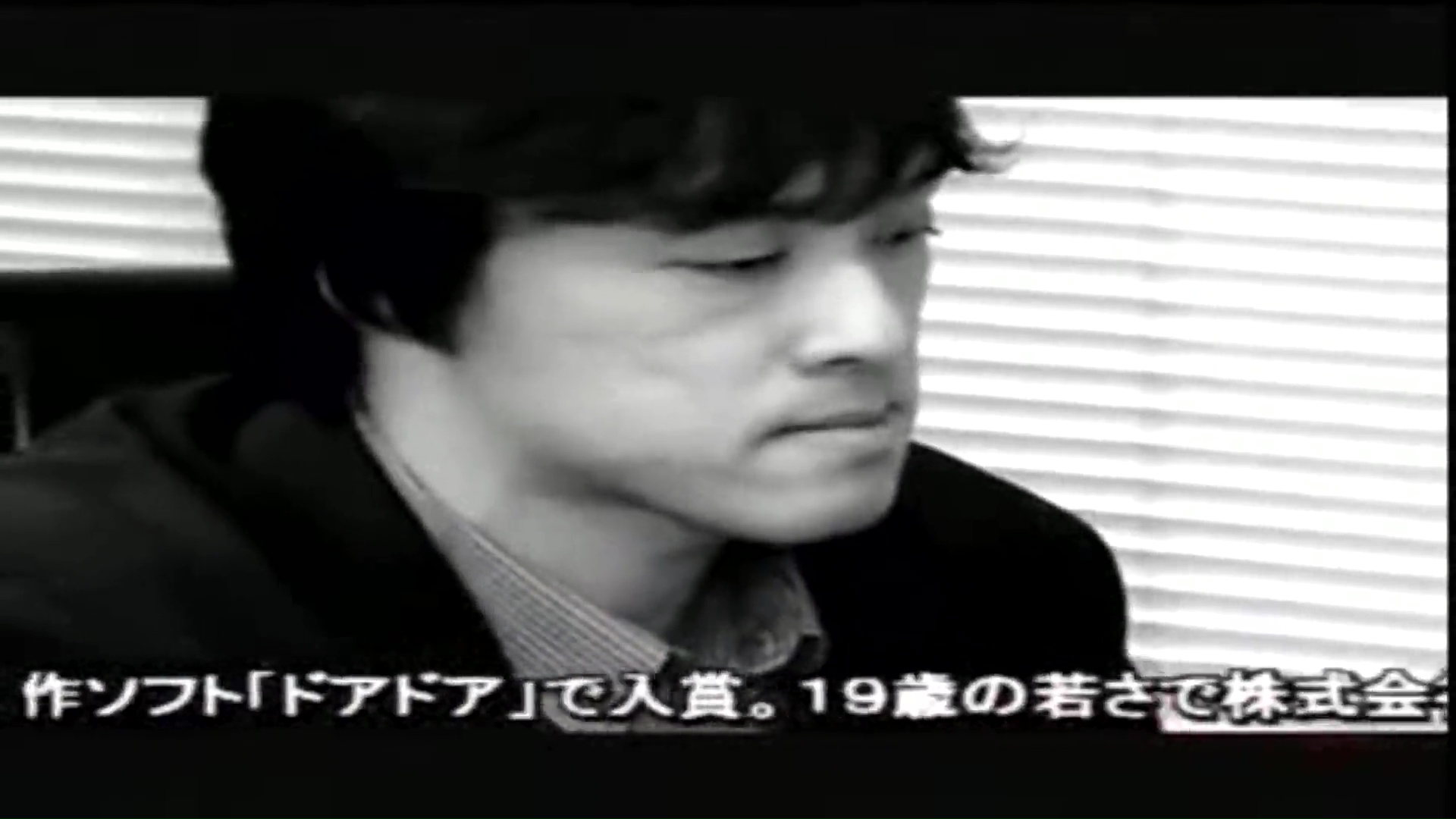
About Koichi Nakamura
Born in 1964 in Kagawa Prefecture.
In 1982, when he was a senior in high school, he won a prize in a game contest sponsored by Enix with his own software “Door Door”.
Later, at the young age of 19, he founded Chunsoft Corporation.
He was in charge of the programs for “Portopia Serial Murder” and “Dragon Quest I-V”.
In 1992, he began working on his own brand, starting with “Brotherhood of Killers”.
Since then, he has been involved in game development as a producer.
He has always tried new things, such as the Bell series of sound and dungeon RPGs.
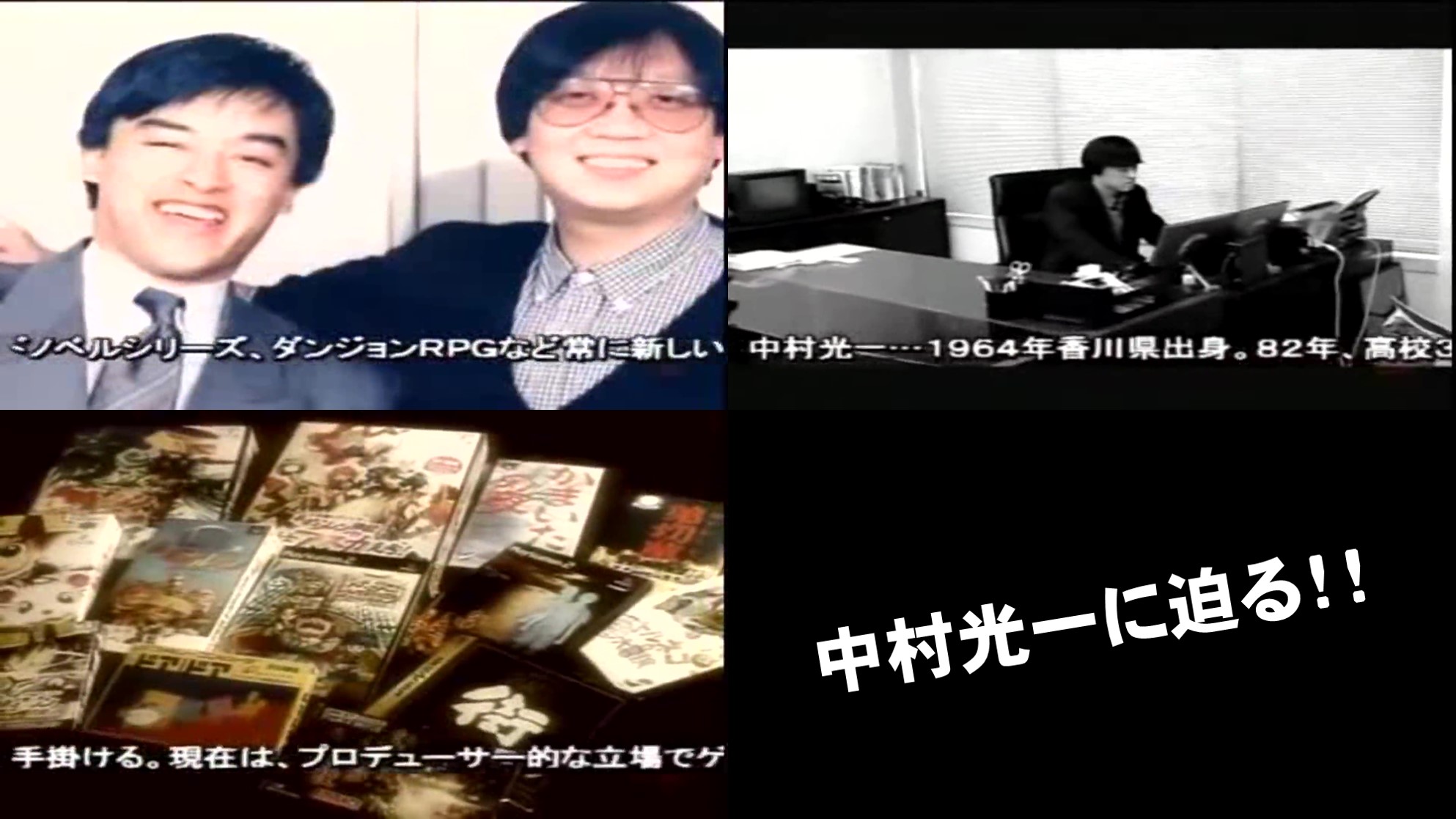
More than 20 years in the industry.
At the time of the interview, he had been in the industry for 20 years.
Now in 2020, he has already been involved in the industry for over 36 years.
In other words, at the young age of 39 at the time, he had already accumulated 20 years of experience in the industry.
The first software I ever made.
Nakamura said he made the doorway during his senior year of high school.
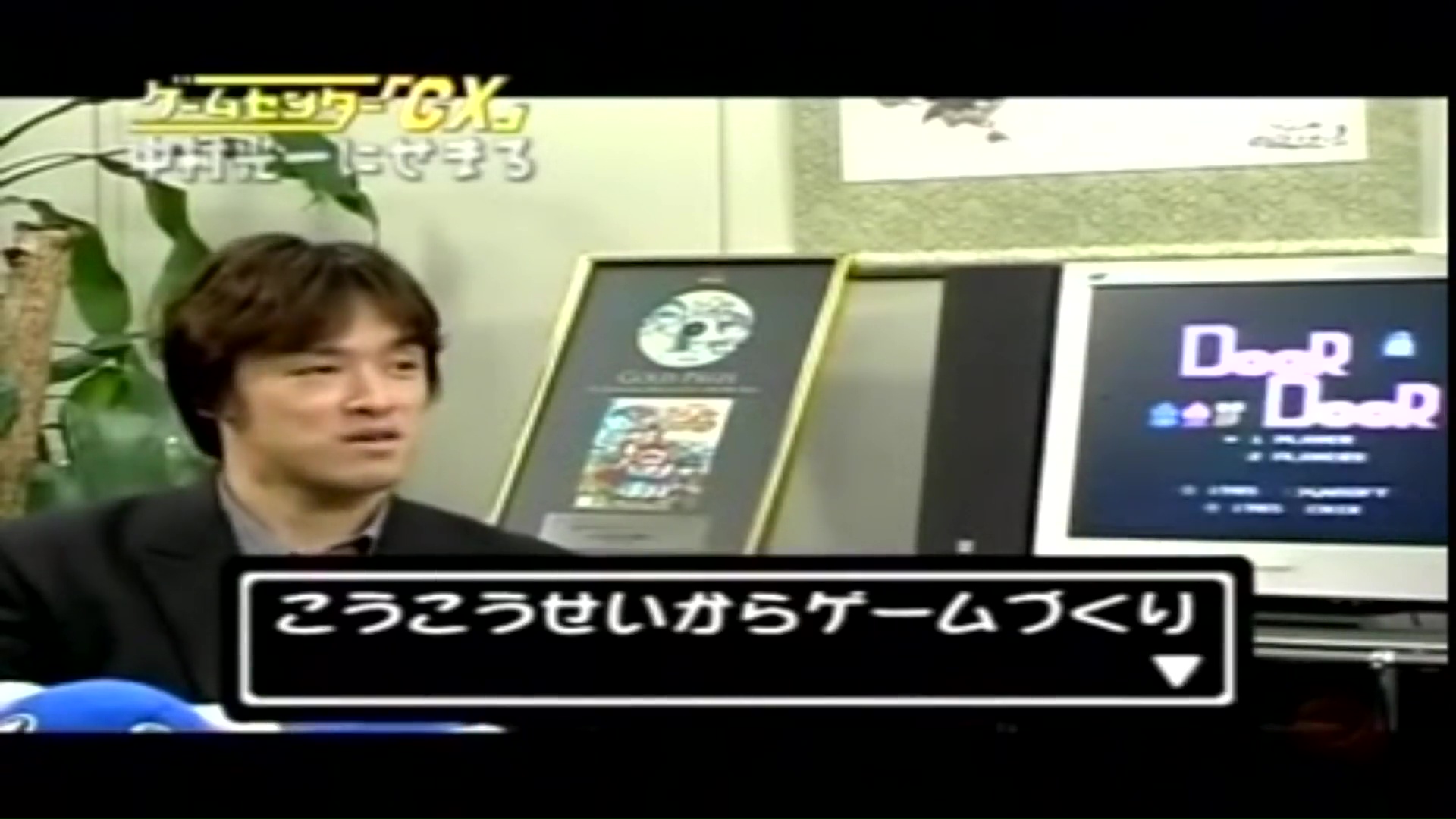
A thought-provoking puzzle game in which you have to attract aliens and lock them in a door.
The game’s innovative idea was highly praised and won a prize in a game contest held by Enix at the time.
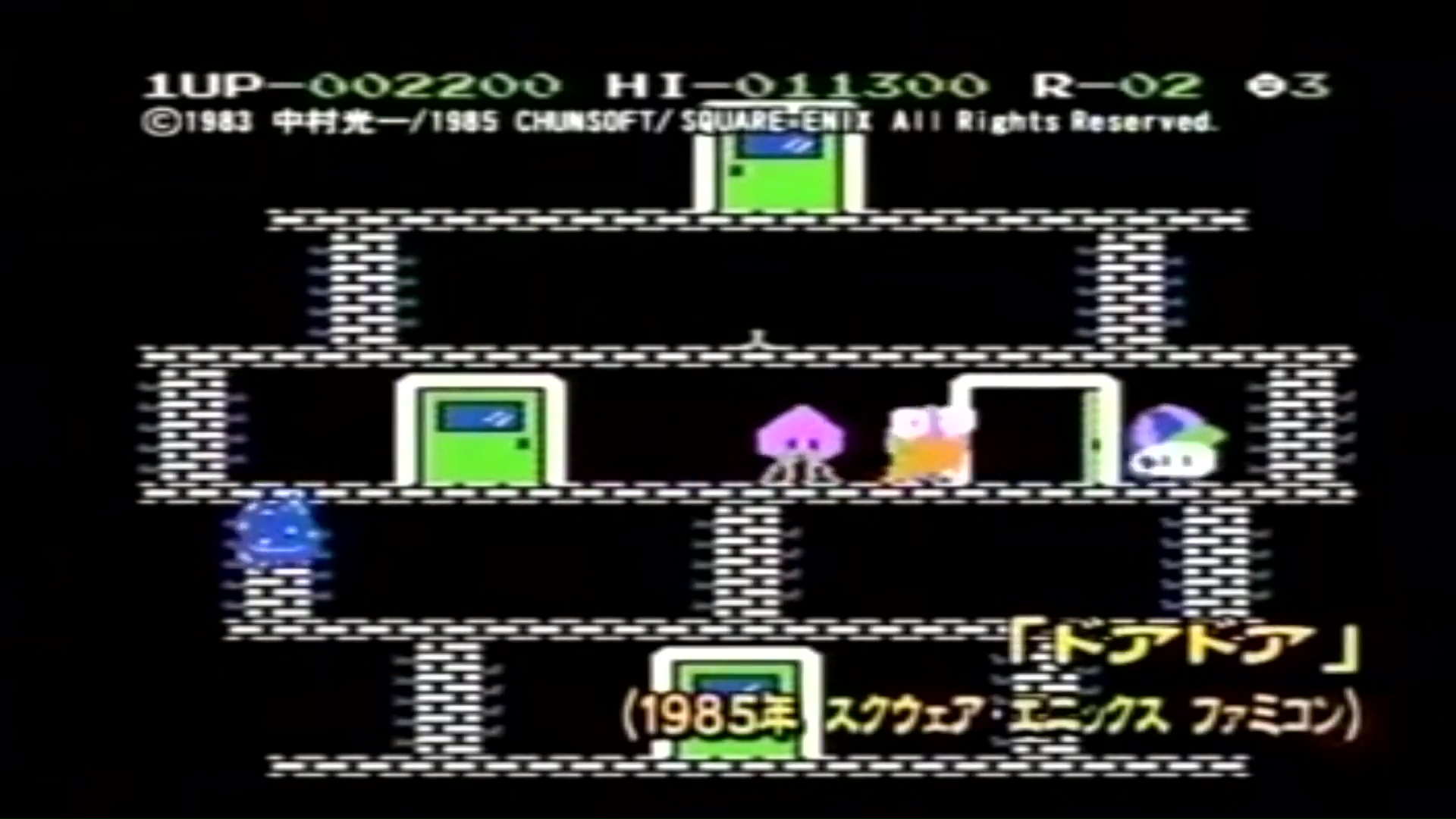
Doorway Tips.
Nakamura says he was inspired by Dig Dug, which was released by Namco at the time.
However, that didn’t sit well with Arino.
Nakamura says that he took a hint from the core concept of the game.
The hint was to incorporate the exhilarating feeling of solidifying the enemy characters that were chasing you and taking them out all at once.
Dig Dug is Namco’s classic hole-digging action game, which we’ve covered in another article.
Its debut game was a huge hit.
The NES Door Door sold 200,000 copies.
It was unusual for someone as young as 18 years old to make such a big hit.
Door Door was an instant hit.
With the royalties he earned, Nakamura launched his own company at the young age of 19, while he was still in college.
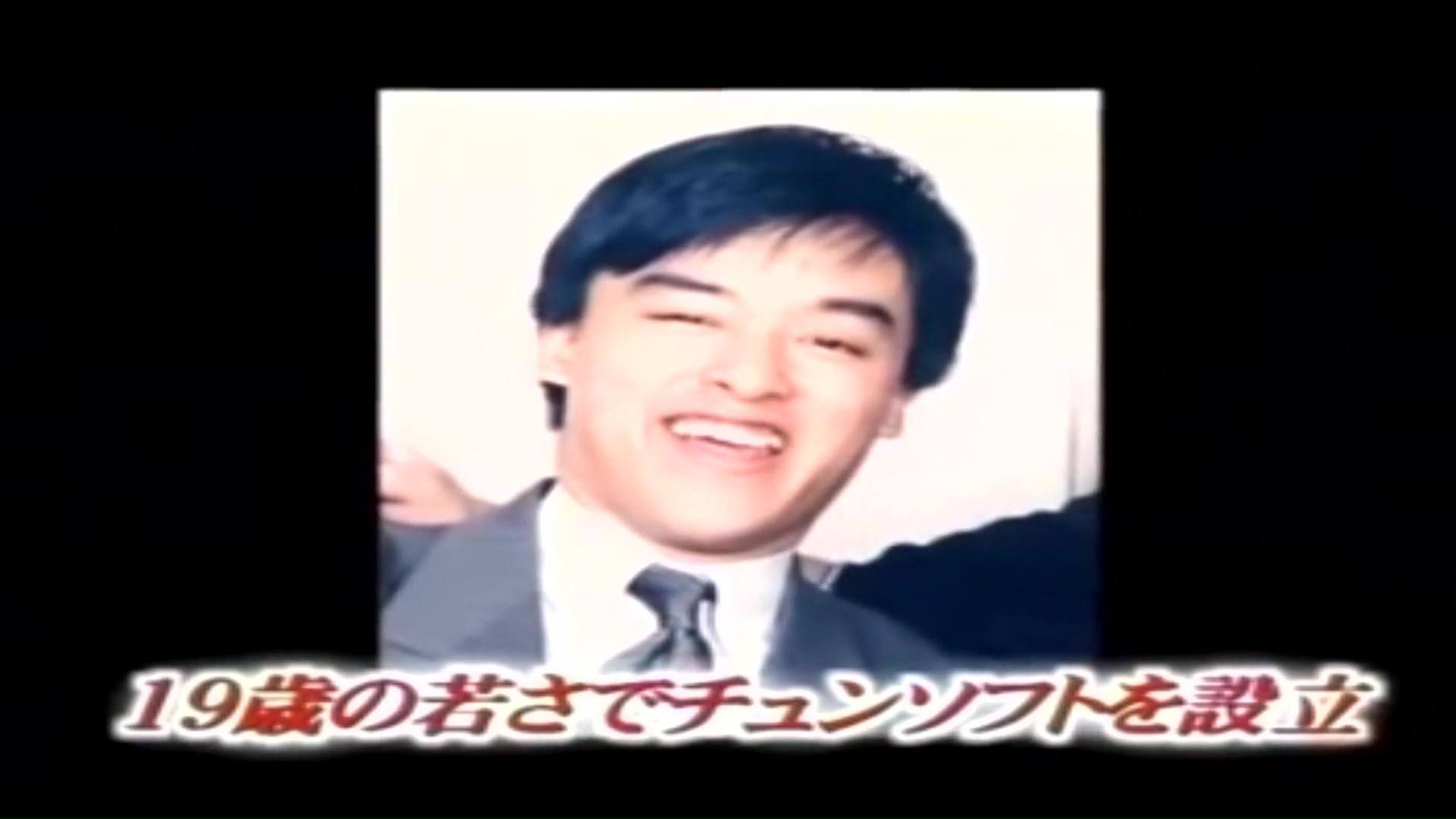
Founded a company at 19 years old.
At that time, many of the games in the arcade were good, but there was nothing interesting about computer software or video games.
Furthermore, Nakamura himself was often annoyed at being forced to pick up boring software.
Wouldn’t it be more interesting to make my own software?
If so, he decided it would be better to set up a company by himself.
What is the origin of the name Chunsoft?
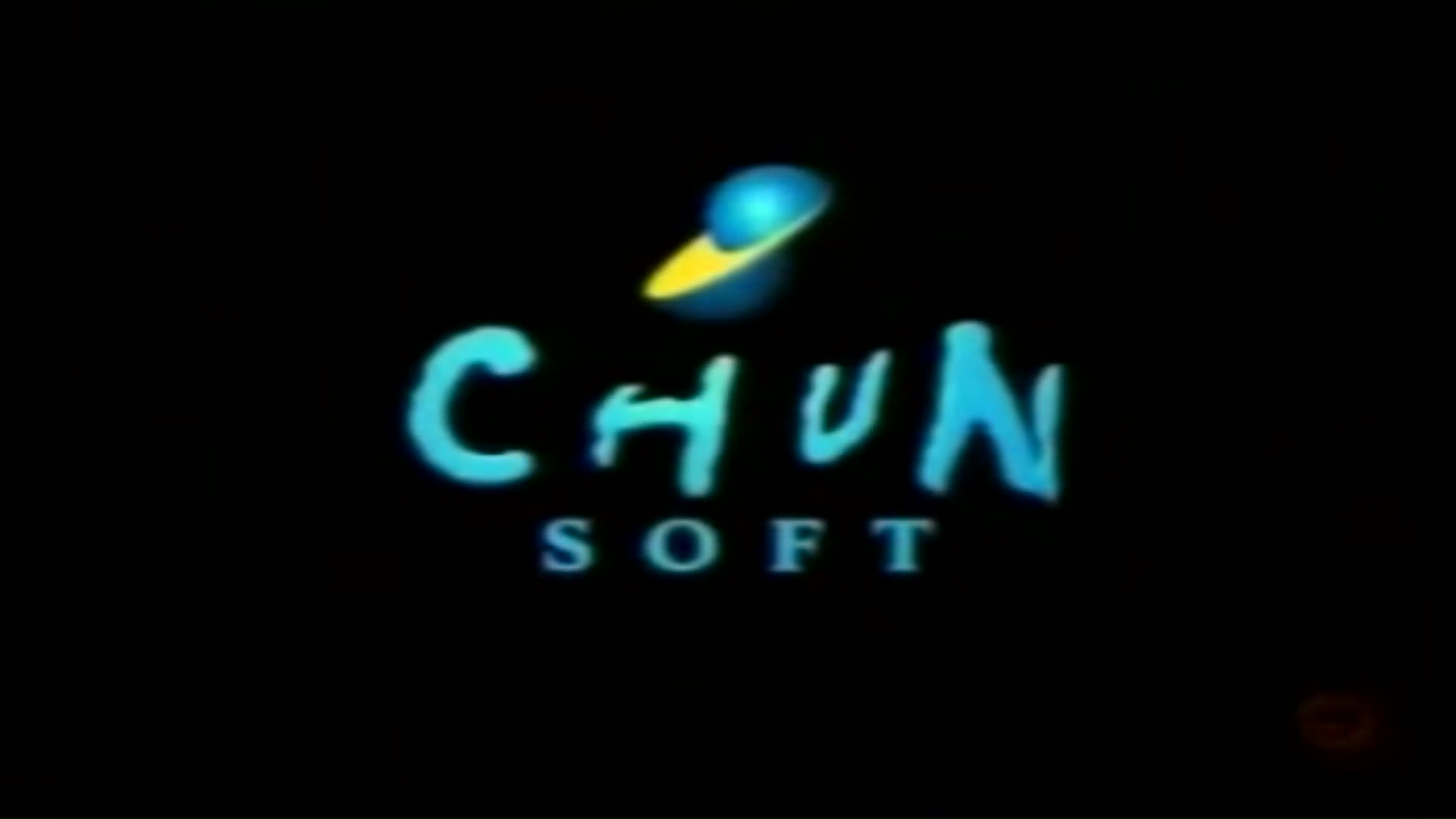
Where does the company’s name, Chunsoft, come from?
In fact, the reason was simple.
It was because Nakamura’s nickname in his school days was Chun.
It came from the Chinese character for mahjong.
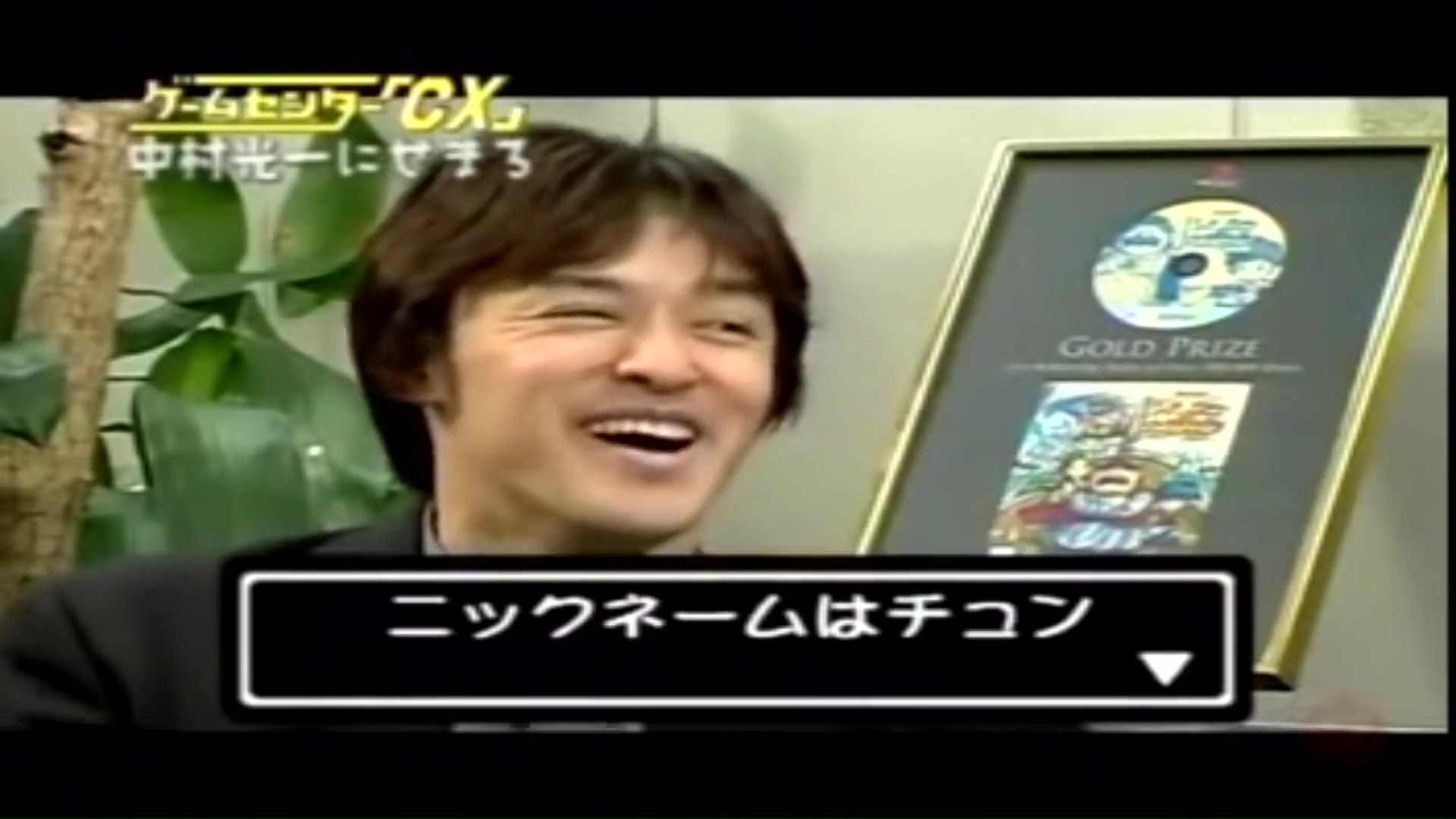
portopia
Nakamura was also involved in the development of Portopia, created by Yuji Horii.
Portopia was produced in collaboration with Yuji Horii, with whom he had a close relationship.
It was the first full-fledged mystery adventure game to be released on the NES, and attracted a great deal of attention.
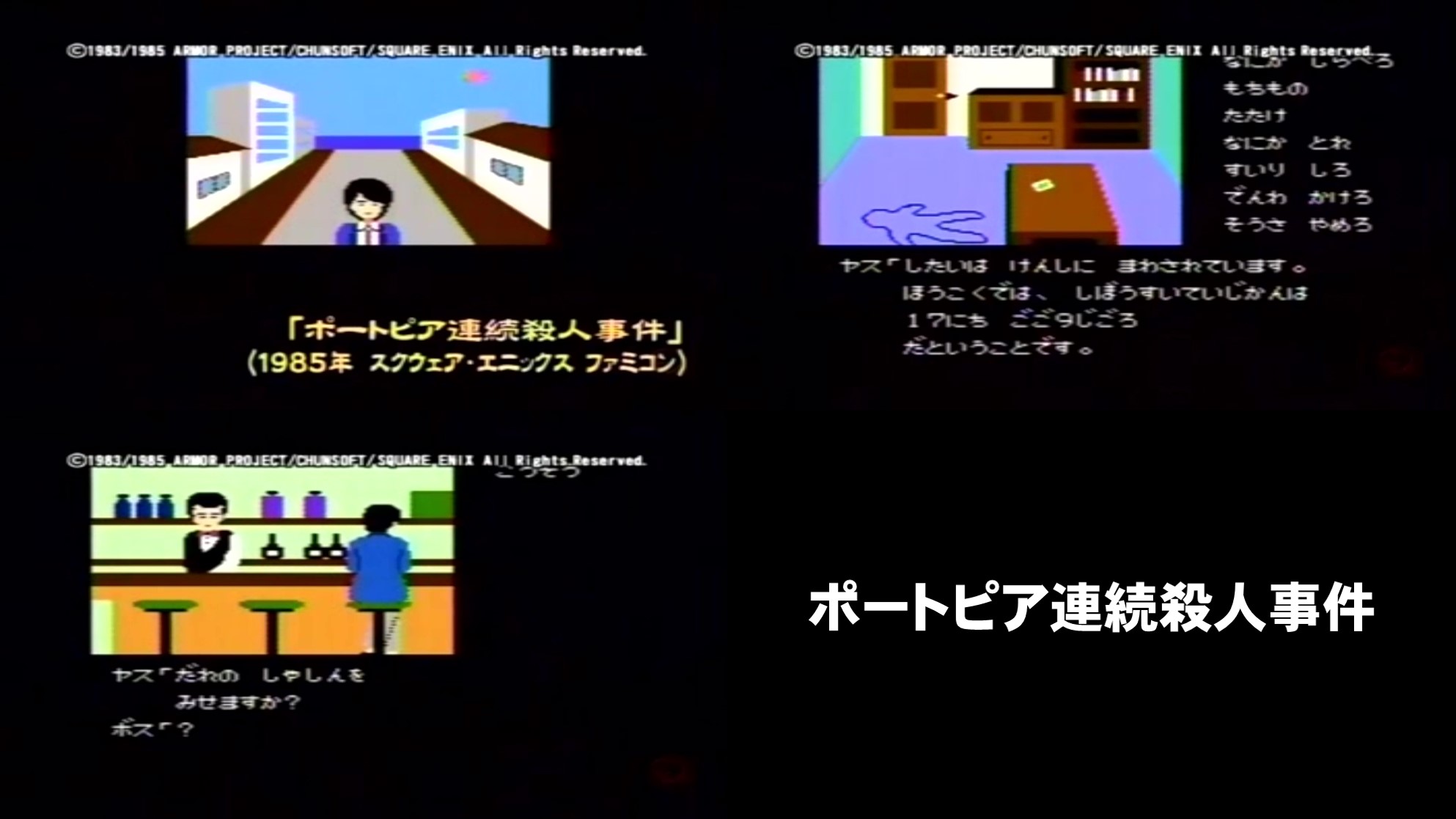
Takeshi’s Challenge
When Arino asked which was released earlier, Portopia or Sanma’s Great Detective, Portopia was by far the faster.
However, Takeshi’s Challenge and others had been released before that.
From there, it was mentioned that Nakamura had also played Takeshi’s Challenge, and when asked by Arino if he was able to clear it, he said that he couldn’t, saying “no way”.
A game that Arino also challenged during the first episode of Game Center CX.
It has been called a legendary fucking game due to its unreasonable game balance.
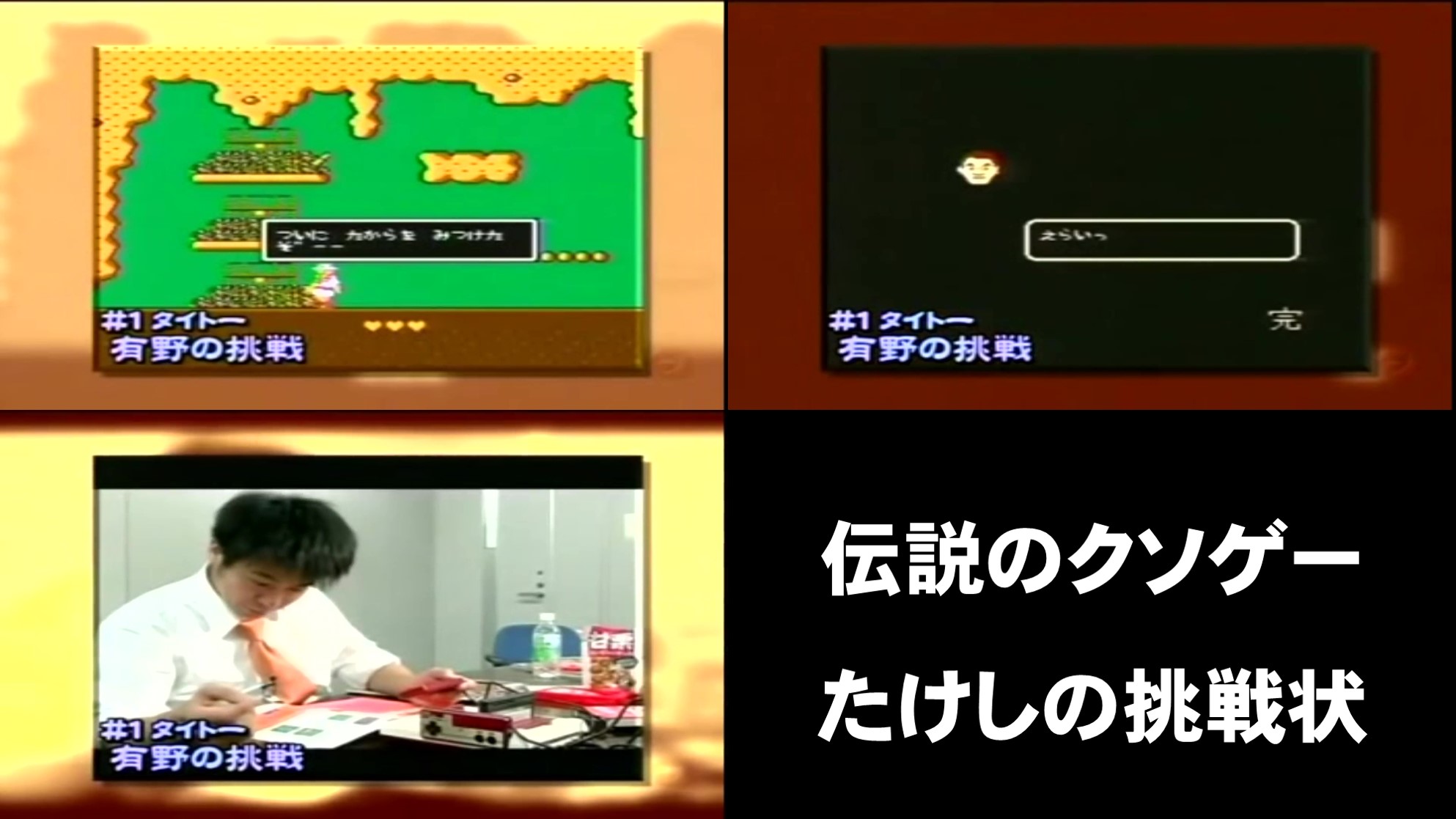

And after Portopia was announced, Dragon Quest, which he helped create as a programmer, became an unprecedentedly popular game.
The legendary RPG Dracula.
What was the impetus behind its creation?
The inspiration for the development of Dracula
Nakamura and Horii had been interacting with each other for some time, and both of them were into RPGs in computer games.
Horii was into Ultima and Nakamura was into Wizardry, an RPG.
Then, during a meeting for Portopia, we decided that if we were going to make a game next, an RPG would be a good choice. He often talked about how he
I want to make an authentic RPG.
However, there was a big problem in realizing this desire.
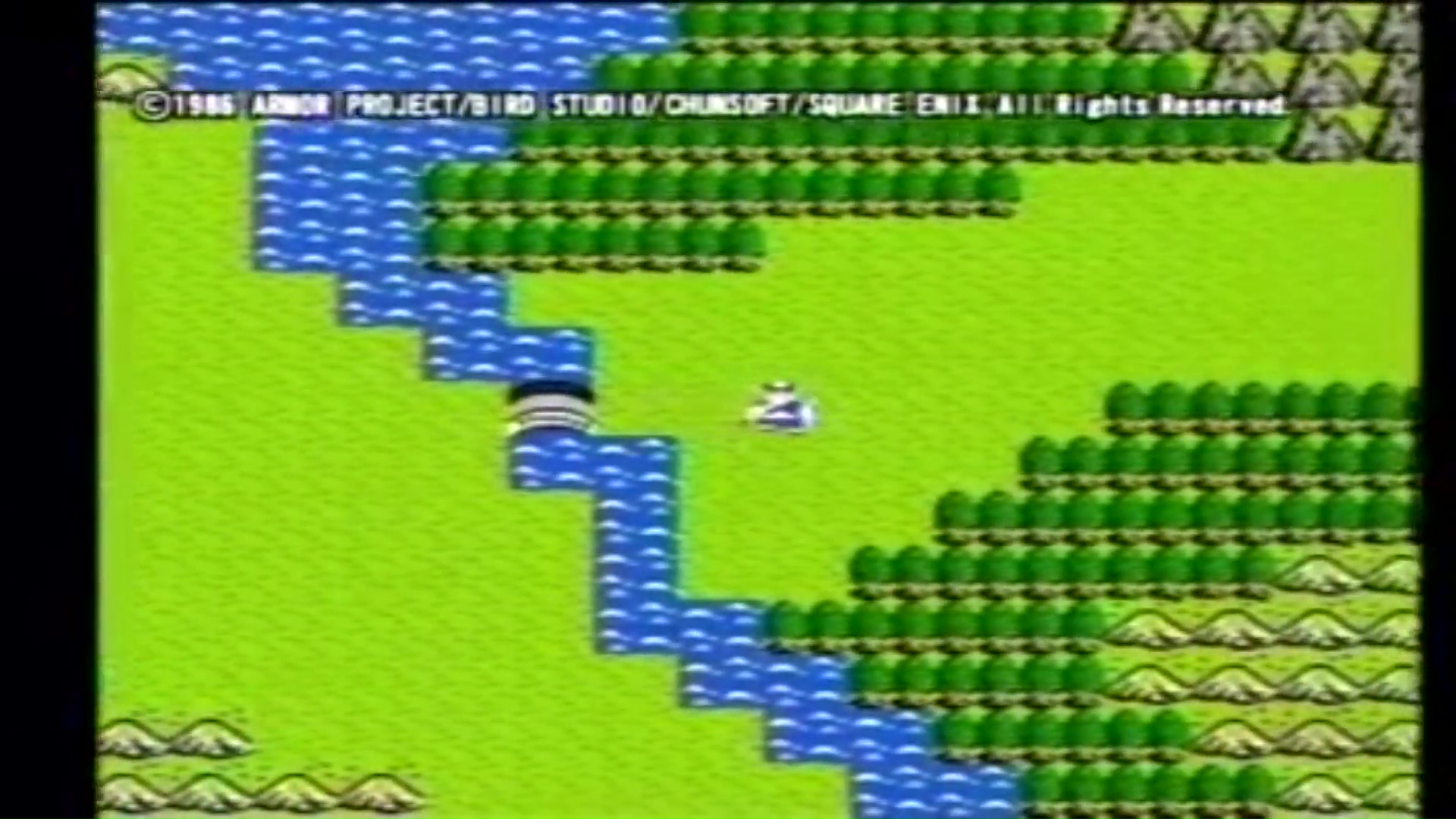
The Problem with Dracula
In those days, data had to be incorporated into ROM cartridges, and it was not possible to provide functions such as saving.
This was a major problem for a full-length RPG.
But then Horii came up with an idea: why not just use a password system? This was a breakthrough for the game’s development in one fell swoop.
How is Dragon Quest, the cornerstone of RPGs, with its maps, battles, and storyline, made?
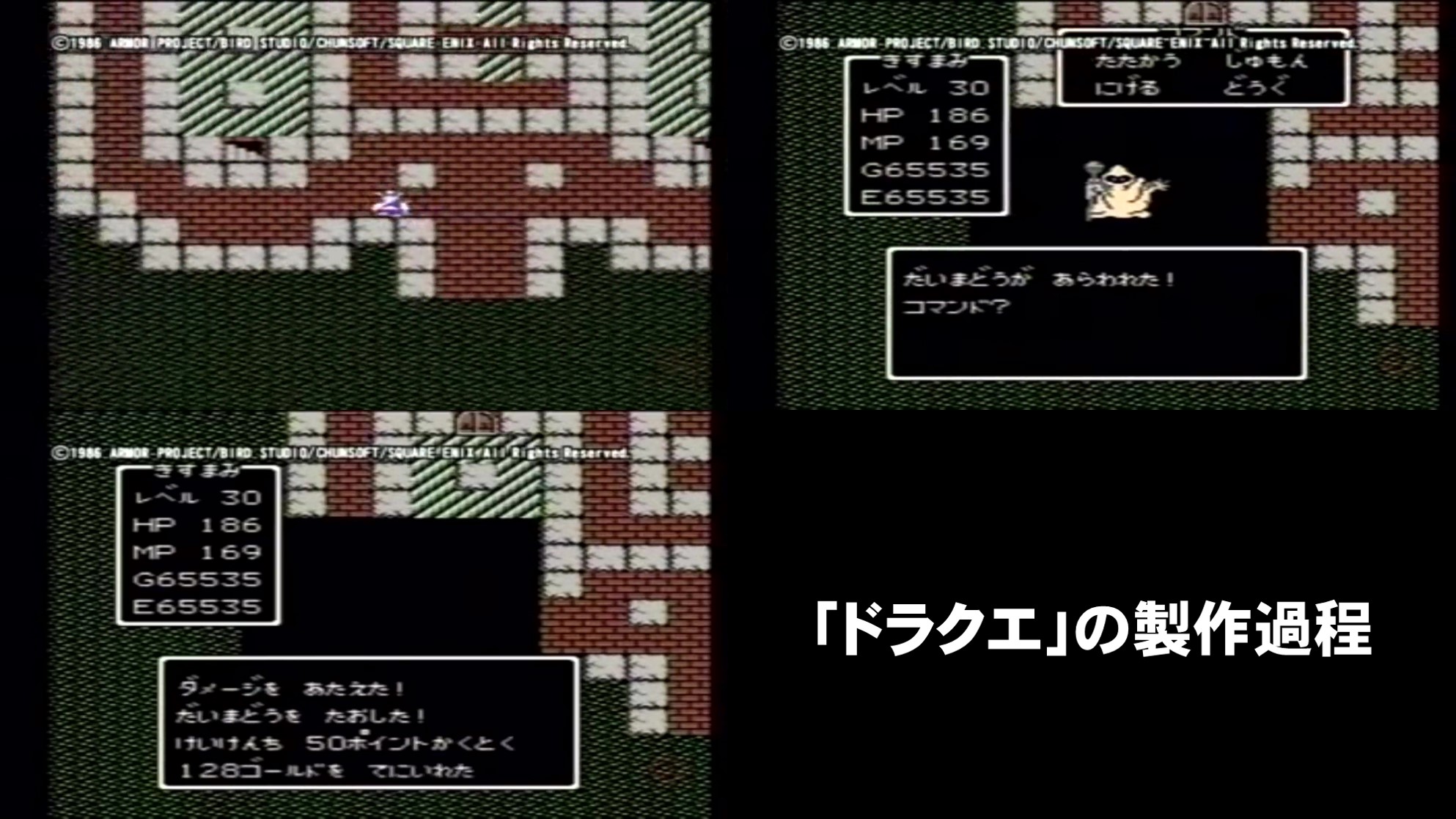
The process of making Dracula.
Dracula’s story and map are said to be ultimately decided by Yuji Horii.
The staff seems to have come up with ideas for systemic aspects of the game, such as combat and magic.
One of the reasons why Dracula is so beloved is the adorable character designs by Akira Toriyama.
Character Design: Akira Toriyama
Basically, Dracula’s production team asked Akira Toriyama to create a character like this. He said that sometimes he would come up with ideas.
Popular character “Slime

The now very popular character “Slime” was the character that surprised even the creators of Dracula when the design was completed.
Nakamura says that they had no idea that the character would turn out to be such a cute, pudding-like character, even though the one they asked for was sticky and unpleasant.
Music by KOUICHI HASHIYAMA
The reason why Koichi Sugiyama was chosen to compose for the game was because of a game enthusiast, who had played Portopia as a user and sent in a survey postcard.
Yuji Horii, Akira Toriyama, Koichi Osukayama, and Koichi Nakamura joined forces to create the legendary RPG Dragon Quest.
invention of the window
To tell the truth, Koichi Nakamura was the one who created the battle screen windows.
At the time when PC windows were just beginning to appear on the market, Nakamura thought it would be a good idea to introduce them to the battle screen.
He wondered if it would be possible to retain the previous screen while displaying new information. The idea was to create a window, and he did it beautifully.
The rules of the RPG world, the windows, were inspired by the computer screen at the time.
The Origin of the Dragon Quest Name
Nakamura said that Yuji Horii named the game Dragon Quest after the fact that the final demon, the last boss, is a dragon, and that he had an adventure in pursuit of it.
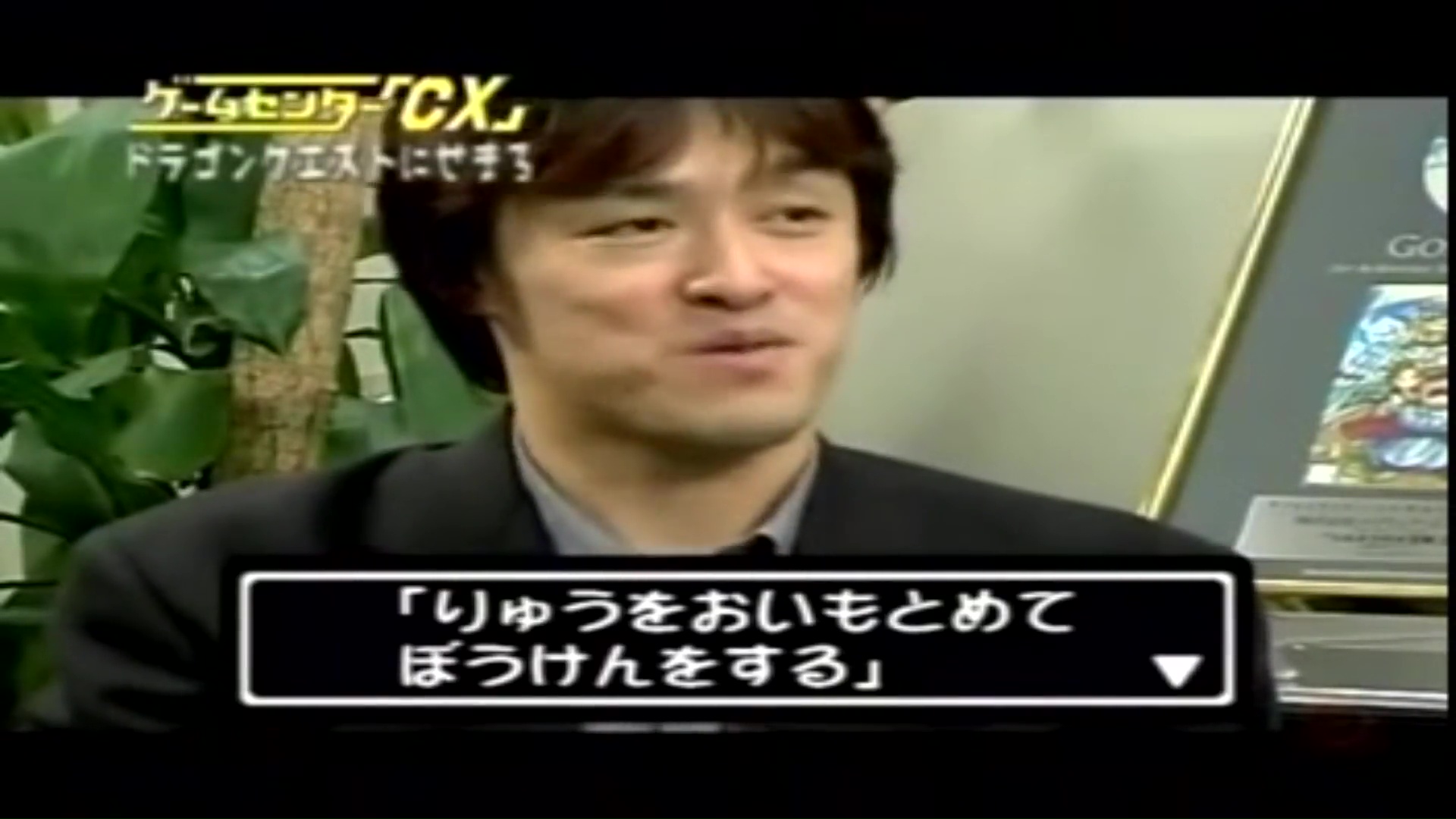
Plans for the series
Was it in your mind from the beginning to make it a series? Arino asks.
Horii and the other staff members had already thought of an image up to about 3.
At the stage of Dracula I, we had already envisioned the character make-up and party play of III, but due to the ROM capacity and the inability to save the game, we decided on the format of I.
Dracula mania
Are you going to go through all this? A surprising number of players were surprised that they were able to do this.
Among them, something that hadn’t been expected to happen with the resurrection spell.
Whoever discovered it, the resurrection spell allowed players to string together the names of baseball players, professional wrestlers, etc. to be resurrected with a strong status, and so on.
Kutakiyo Harashi no Zukana Kahahara Isii, a LV 25 hero.
If you type in “Inokibaba, Tsurutachi Yoishi, Yuuriki Fujinami”, you get a level 26 hero.
Furthermore, in Dracula II.
“Yute, Imiya, Okimu, Koho, Riyu, Jiji-tori, Yaya, Kirape, Pepe, Pepe, Pepe, Pepe, Pepe, Pepe, Pepe, Pepe, Pepe, Pepe.
When you type in the word, a brave man of LV48 appears.
It seems that the creators did not intend for this to happen, but rather they converted the numbers into a string of letters to provide information.
Nakamura himself conducted a test play, and he wrote down the password carefully.
He said that he was frustrated several times when he made mistakes in his notes.
Many players lamented and cried over the mistakes in spells, which Nakamura, who was also the creator of the game, had experienced.
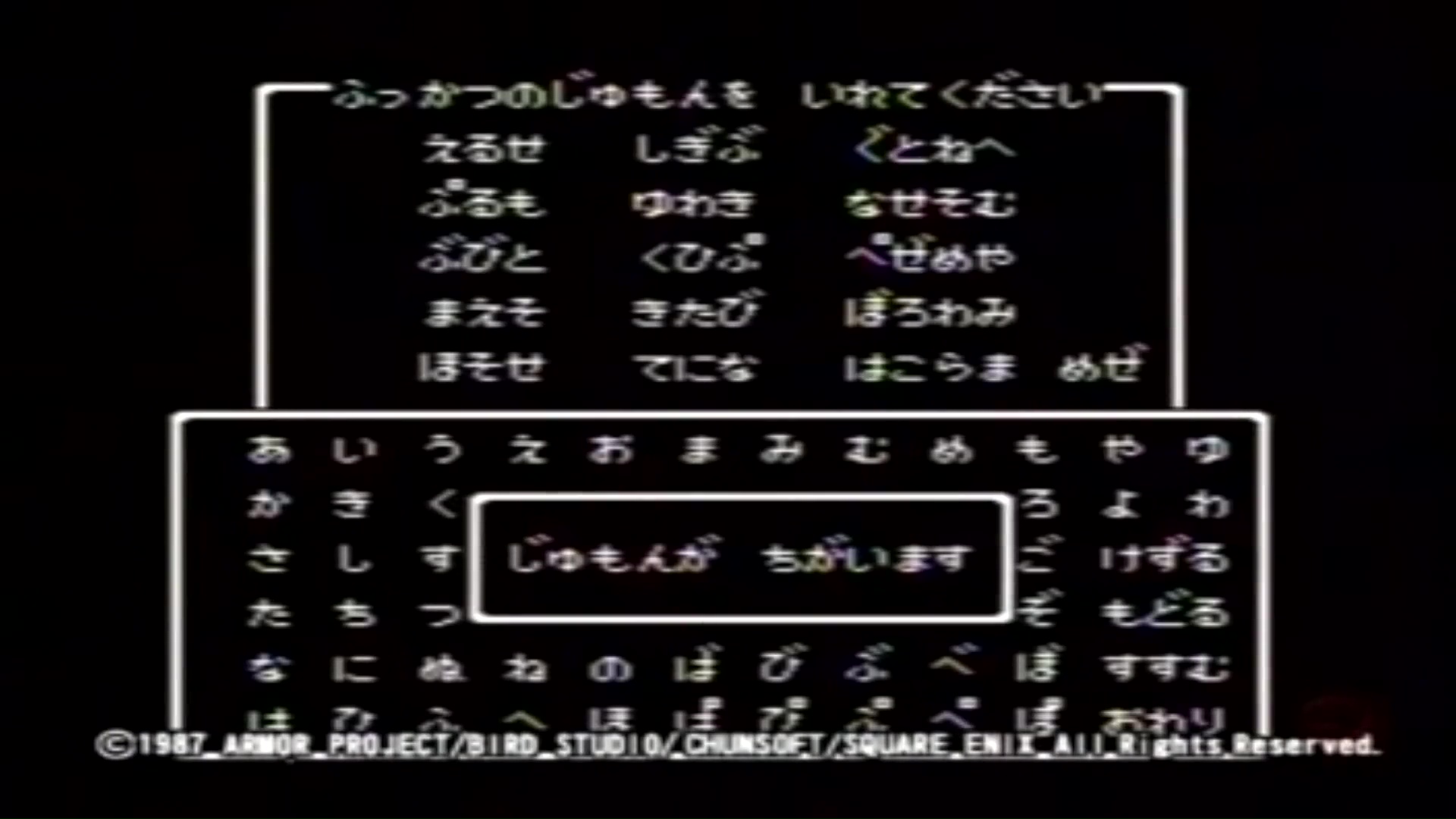
The Happening of “Dracula II
Nakamura says that Dracula II was the most difficult part of the production process.
In Dracula II, it was the first time that three or four people worked on the main program, but at the time, they didn’t have the know-how to work with a large number of people to create the program, so problems occurred.
For example, Nakamura says that when a bug occurred in the program, on the surface it looked like Nakamura was making a mistake in the program, but in fact, another programmer was breaking Nakamura’s program and pushing forward with it, and there were times when they got into a fight.

The Caves of Rondalkia
The caves of Rondalkia were rumored to be difficult.
Arino asked why they made it so difficult.
In fact, no one had ever played through to the end of the game.
As it should be, debugging in blocks is easy enough, but playing through the entire game would have taken at least 30 hours.
That’s impossible to debunk for 30 hours straight every time there’s a glitch.
Because of this, the strength of the enemies that I had assembled that should have had this level of status by the time I reached Rondalkia, were now at a level that was difficult to achieve through the game.
The cave of Rondalkia was a frustrating experience for most players in Dracula II.
The fact that the final check was not made in time was a blessing in disguise, and the result was an exquisite game balance that enthused many players and made them call it a masterpiece.

Factors in the Dracula boom
There was no internet back then.
Players would call each other to ask each other about items or people they couldn’t find.
Solving the riddles is one of the best parts of Dracula.
Because of its difficulty, it became the center of conversation among users, and as a result, the Dracula boom heated up and spread further.
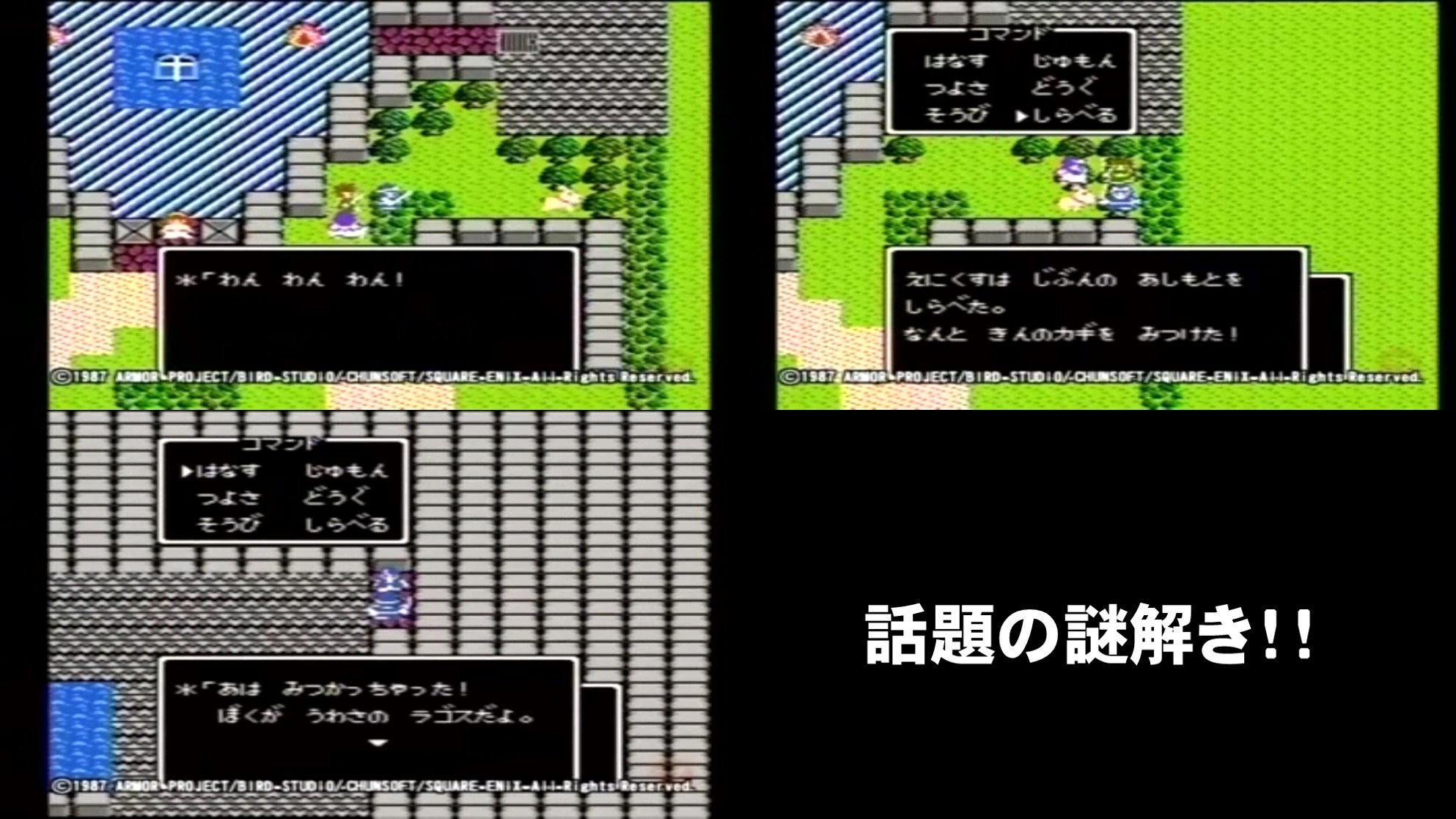
Favorite Dracula.
Personally, Nakamura said that III was the most interesting.
He said that III was exciting to work on.
Why Dracula is so beloved.
Why is Dracula so beloved? Arino asked.
He simply replied with a laugh, “Because it’s fun, isn’t it?
After breaking new ground in the world of Dracula with his talented colleagues, Nakamura didn’t stick with it, but instead took on a new field.
This was the first in-house brand, the Bell of Sound series.
The Inspiration for Sound Novels

As a manufacturer of Chunsoft, they wanted to be independent, and if they were going to make a game, they wanted to make a new one, so they started making a sound novel.
At the time, text adventures had not yet been released for consumer devices, so they decided to go for it.
And his first sound novel, “Brotherly Love,” was released.
This is the first sound novel from Chunsoft.
A couple gets caught up in various incidents at a Western-style house in this horror story written by Hideyoshi Nagasaka.
The story changes one after another depending on the choices the player makes.
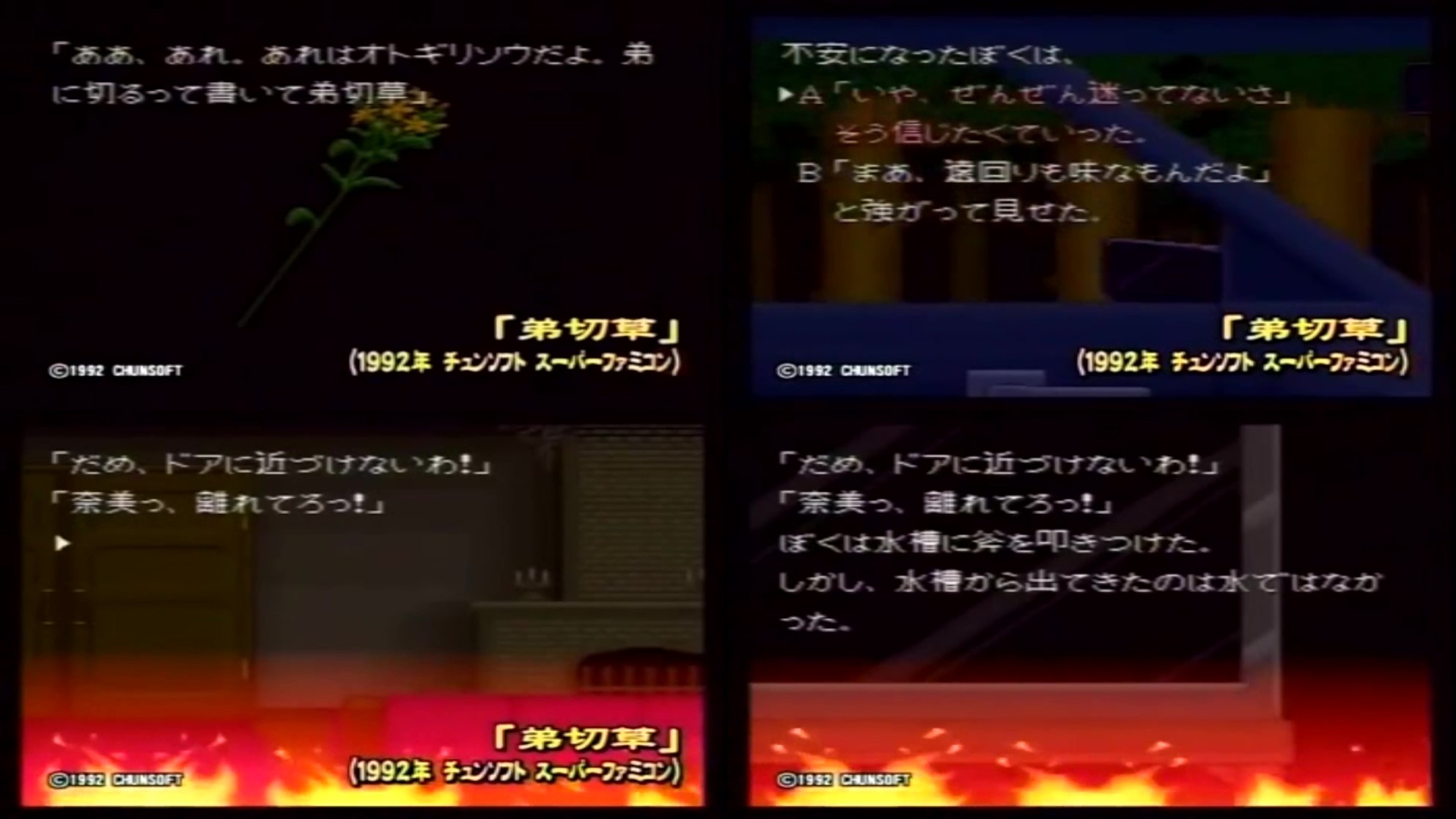
The process of creating a sound novel
It is said that the story will be prepared for production first.
The branching of the story will be prepared first, and once that is in place, the direction will be created.
Since we had to come up with nearly 10 stories including the branches, we decided to hire a professional writer.
Then we met with Nagasaka Hideyoshi.
Nagasaka originally had a multi-story concept in mind and was actively involved in the development of the game.
The Night of the Monsters
And then a second sound novel was later released by Chunsoft.
Based on the novel by Takemaru Abiko.
The theme of the story was a bizarre incident, and it changed direction from horror to mystery.
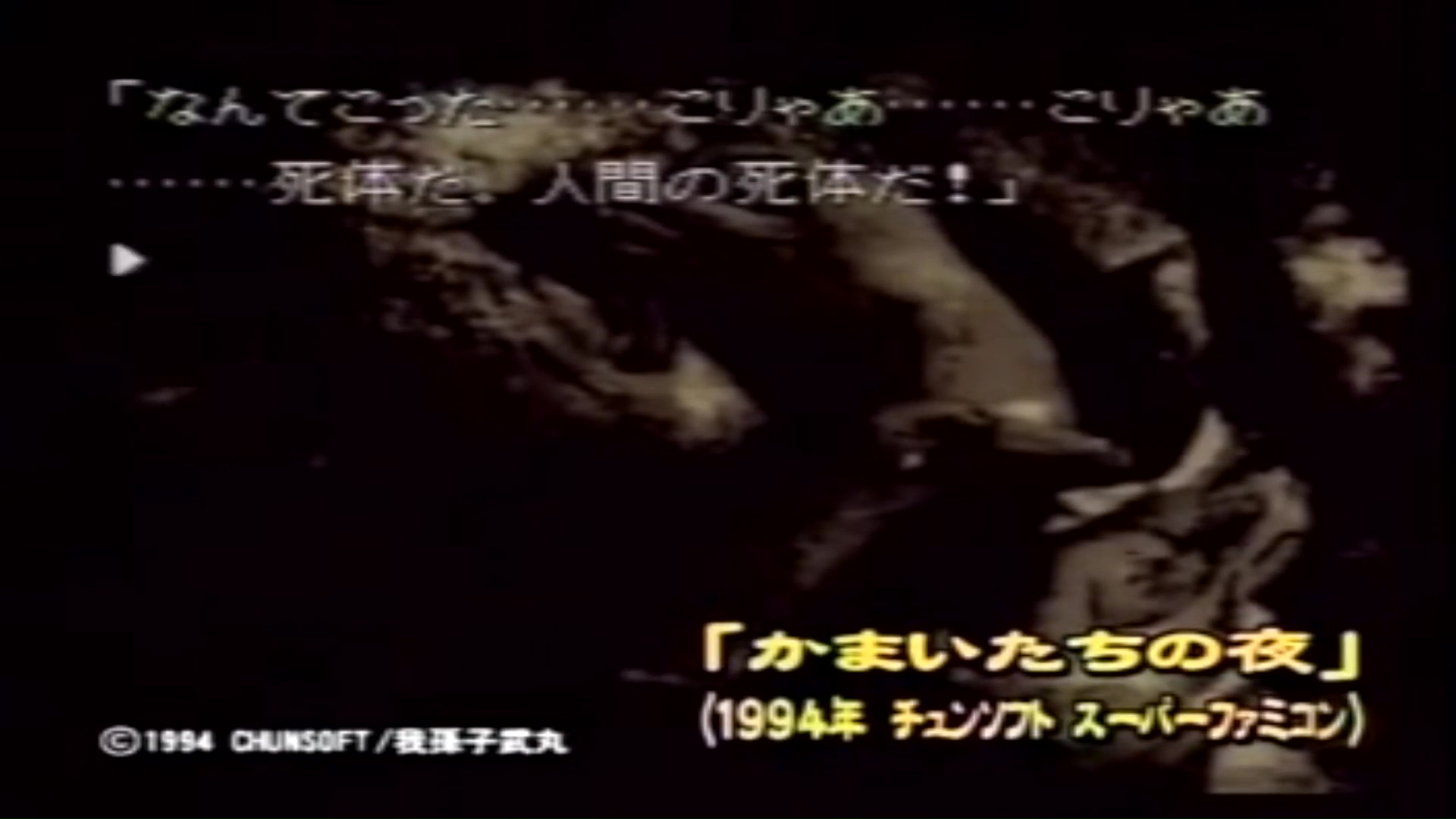
In a survey of users of Brotherhood of Kirikusa, there were a great many requests for a mystery to be written.
So they wrote to a number of mystery writers and received a good response from Takemaru Abiko, which led them to ask him to write the original story.
To their surprise, they found out that Abiko was a gamer to the surprise of even Nakamura and his friends.
When we talked to him, he told us that he had already cleared all of his brother’s Kirikusa games.
We got on well with each other and decided to work together on this game.
About Hidden Scenarios
Pink bookmarks were also found in “Little Brotherhood of Kirikusa”, but the development staff agreed to include them in Kamaitachi no Yoru as well.
Arino asked Nakamura what Abiko, the author of the original story, thought about it.
He laughed and said that Abiko was in high spirits.
If you see all the endings including the bad ending, a pink bookmark appears to show a little bit naughty scenario.
If you haven’t seen this mature story yet, we hope you’ll give it a try.
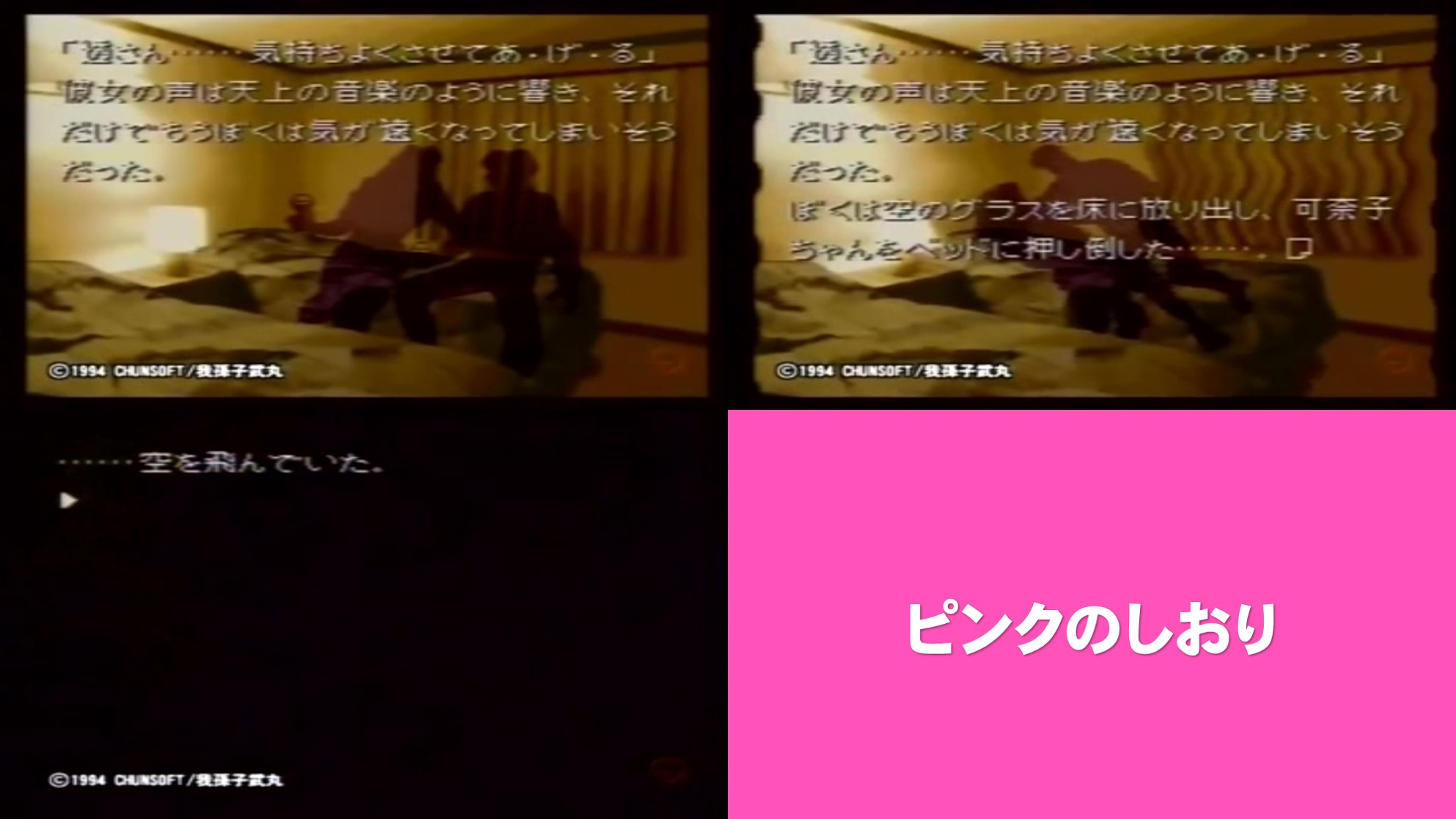
その後、再び長坂と手を組んでソフトを制作した中村。
その作品は「街」である。
This is the third film in the series that still enjoys great popularity.
Nagasaka is back in town for the first time in the series, and this is the first time they have used live action.
The story of eight people in Shibuya is skillfully intertwined and cleverly depicted.
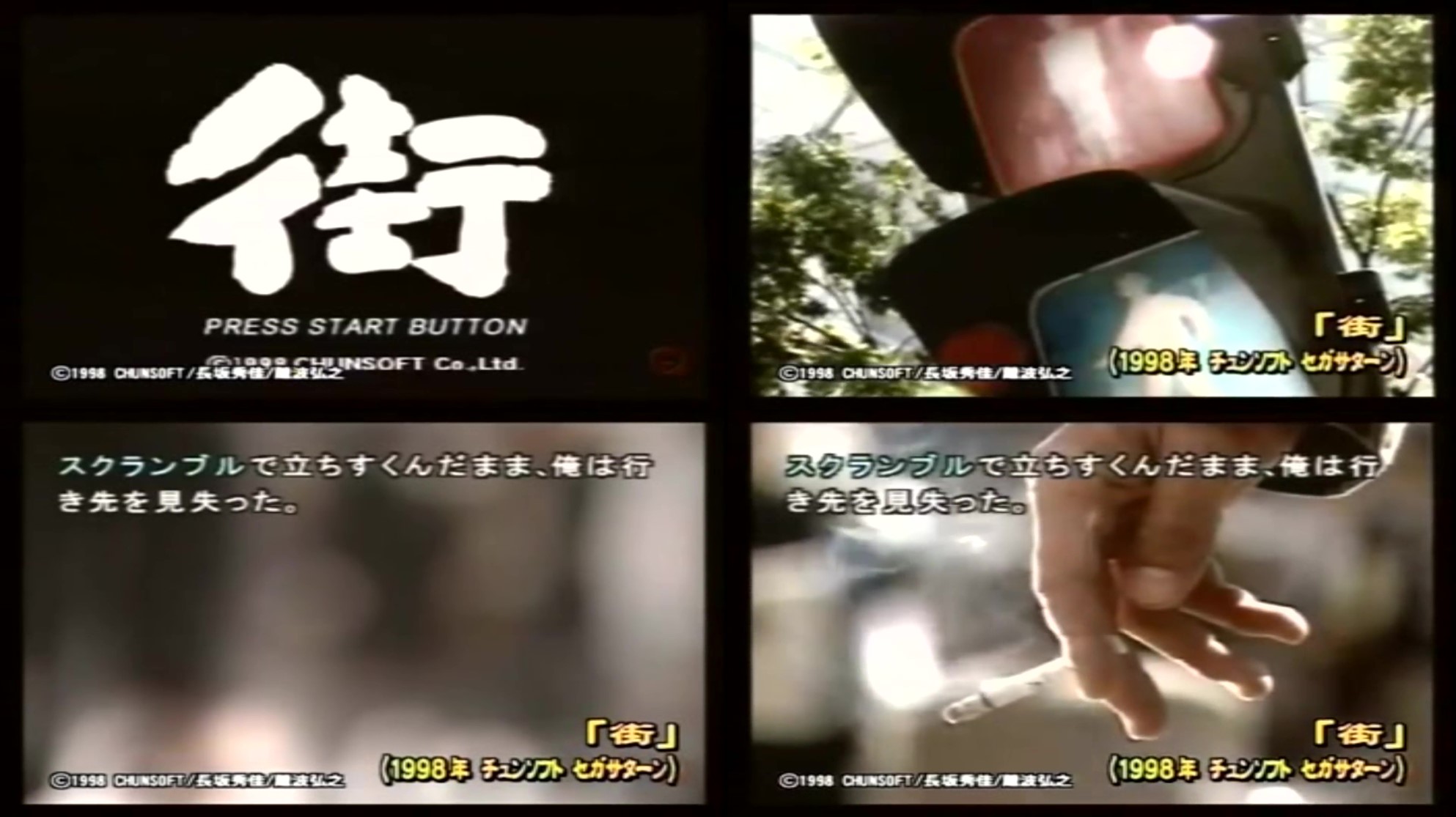
The origin of the “city” concept
Nagasaka, who originally had an office in Shibuya, came up with the idea for this work after watching people walking at the scramble crossing and thinking that each person had their own story to tell.
It was a scramble crossing in Shibuya, and the number of people there was tremendous.
From there, they initially planned to make a story for 100 people, but they gave up on it when there were about 30-40 people and they couldn’t really get into the game.
The story of the eight main characters, each of them cleverly intertwined with other main characters.
How was it created?
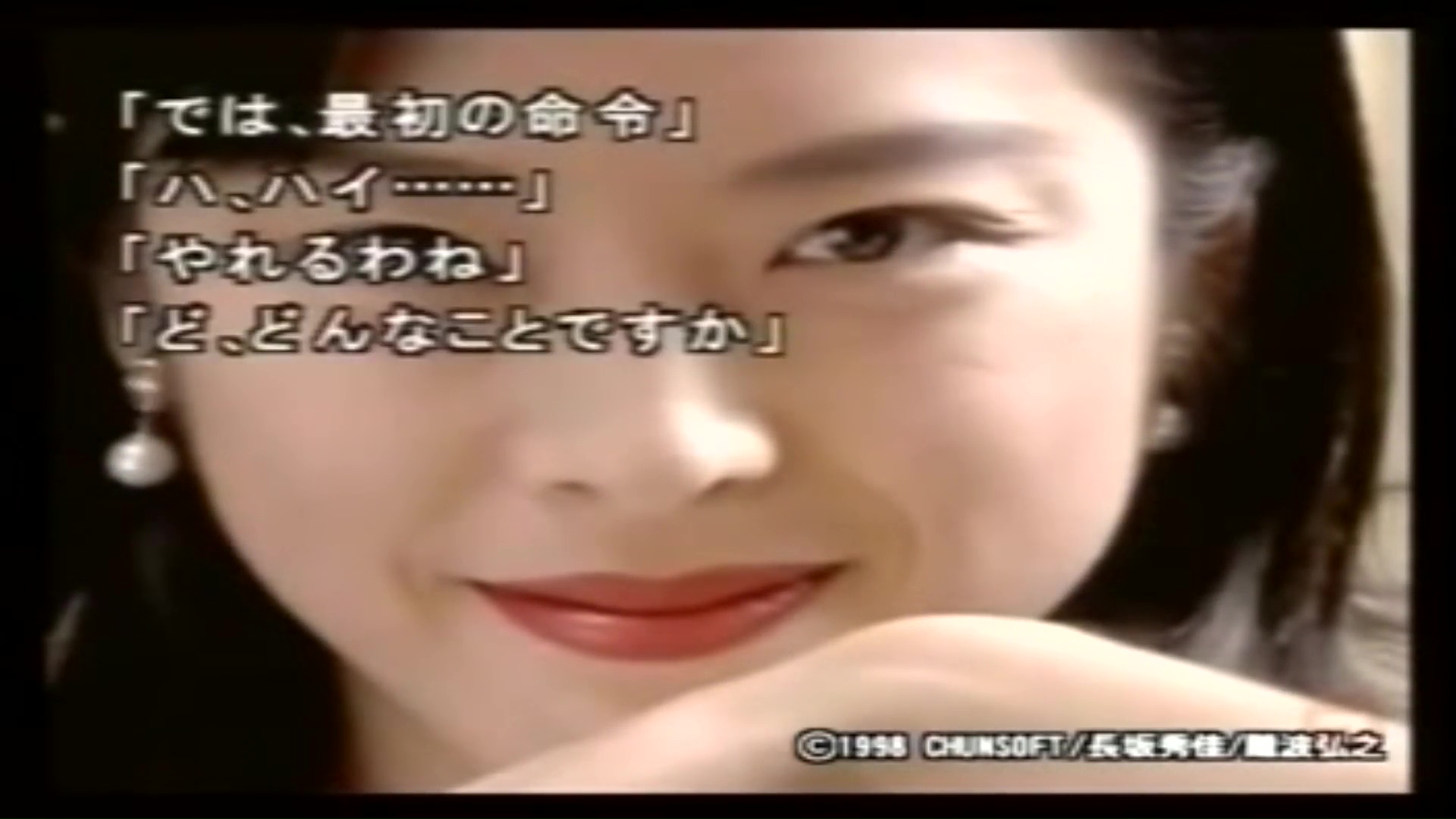
How to make a story.
Arino asked me how the system for making each story intertwine was created.
He said that he wrote the stories of each of the eight characters independently, and if each of the supporting characters had the same image, he made them the same person to link the stories together.
A city where live action was used in the video.
This was Nakamura’s vision for the future of the game industry.
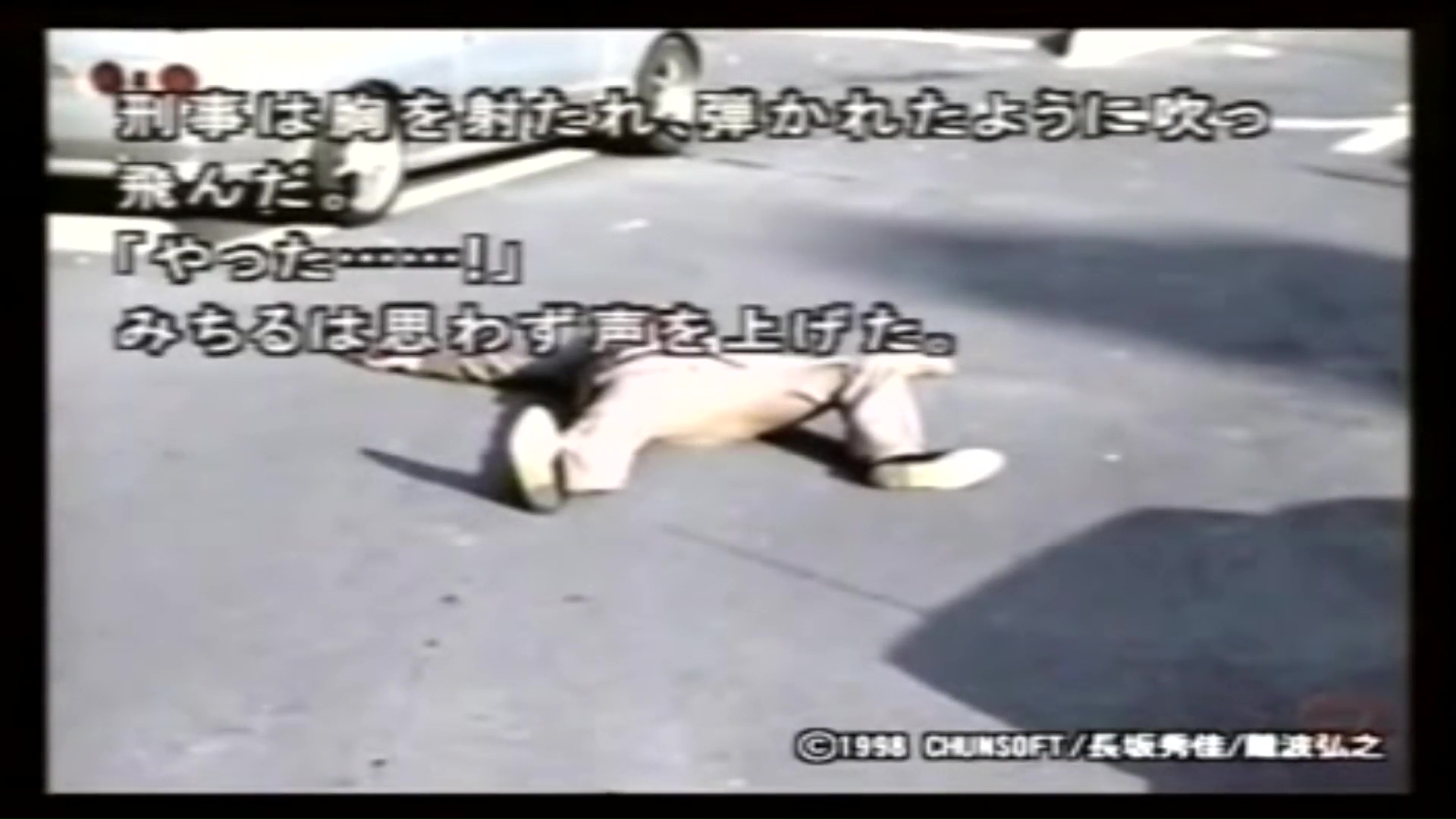
Use of live action in the video
One of the reasons for the introduction of live-action video was simply because home video game consoles were changing from ROMs to CDs, and the capacity of these consoles had increased.
It was a groundbreaking challenge to create a live-action game that was ahead of its time.
However, it was also accompanied by a great deal of difficulty.
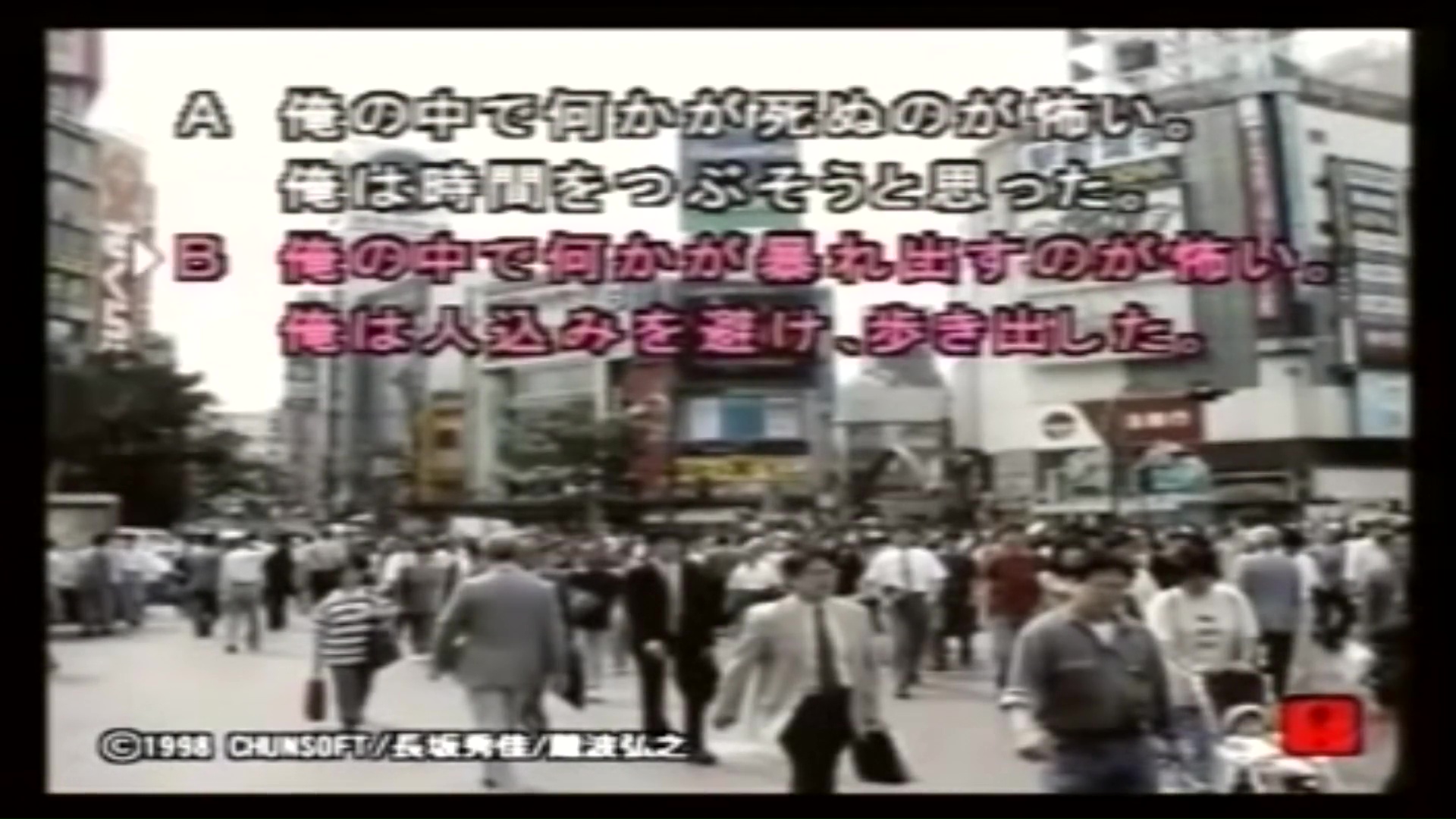
The hardships of live action footage
As a point of difficulty, Nakamura talked about working with the actors.
Originally, actors are used to speaking their lines and expressing themselves with the movements that accompany them, but in this case, it was necessary to express the actors in a still state.
They had a hard time creating a good look for each other.
At first, they thought they could shoot a moving image and then pull it up as a picture, but when they did that, they couldn’t get it right.
The image looked like a paused movie, and it made him want to hurry up and play it back.
Nakamura says that this was the moment when he realized that in order to take a good still image, it was necessary to take the best possible shot with a still image.
The difficulties of still photography, and the problems that only live-action filmmaking can create, put pressure on the production.
The problem was the cost of food for the staff.
He laughed and said, “Even if we paid 1,000 yen for each meal, it was still a large amount of money, which put a big pressure on the production costs.
However, if they were stingy with that, morale would suffer, so they were polite about it.
The production system is the same as that used in movies and dramas.
In fact, there were more than 400 characters in the film.
He played himself in “Town.
Nakamura said that he was not the only staff member who appeared in the film, but most of the staff members appeared in the film as well.
He said that staff members were cast in many roles, such as a game center clerk and a police officer, due to production costs.
And one of the main characters who appeared in the game was this guy who Arino also played and was curious about.

Duncan also performs.
The famous Duncan also appears in the film as a main character.
Arino said that he was only interested in the character.
Nakamura said that he chose Duncan because he thought he fit the atmosphere of the scenario perfectly.
Nakamura’s favorite scenario.
Switching of the main character, called zapping
One of Nakamura’s favorite scenarios is that of Ushio and Mabe, in which they are mistaken for the opposite of each other by chance.
The endgame, which is said to be excellent, thrilled many users.
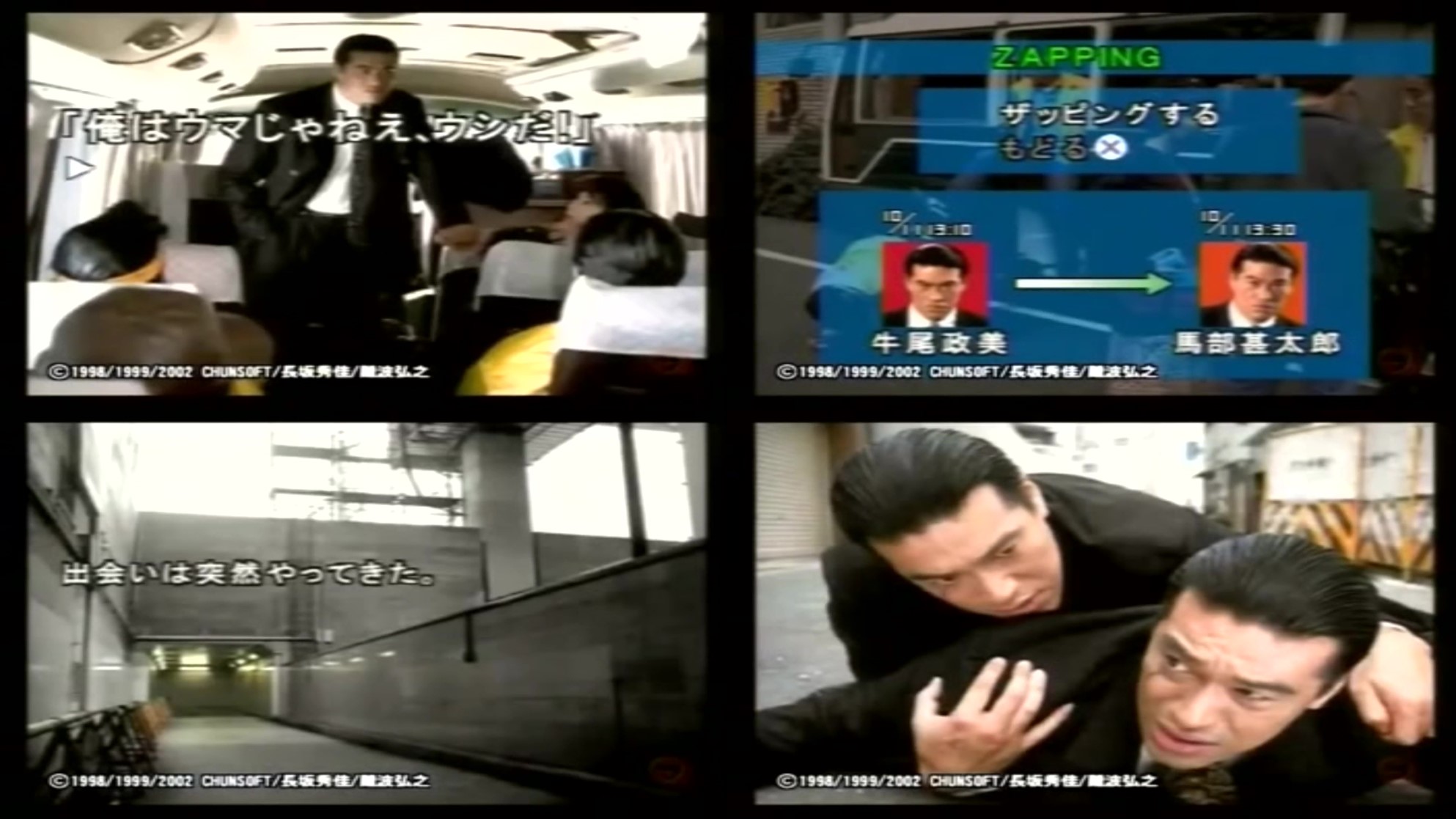
Hidden Scenario “Fireworks
After all eight characters have finished their scenarios, a hidden scenario, “Fireworks” appears.
Many players were moved to tears by this story, which successfully depicts the sadness and wistfulness of a father and son who cannot be honest with each other.
Always trying new genres.
When Nakamura himself was in high school, he was looking forward to the emergence of new genres such as simulation and adventure games, as well as action games, and wondered what would happen to them in the future.
As a player, Nakamura has always been obsessed with new things, and he said that he always wants his games to give users the opportunity to experience new discoveries, so he tries new challenges.

Is Chunsoft no hazards?
Arino asked him curiously.
Why do you think there are no hazards in Chunsoft?
Then Nakamura replies, “I’ll work on it until it’s interesting.
I’ll work on it until it’s interesting.
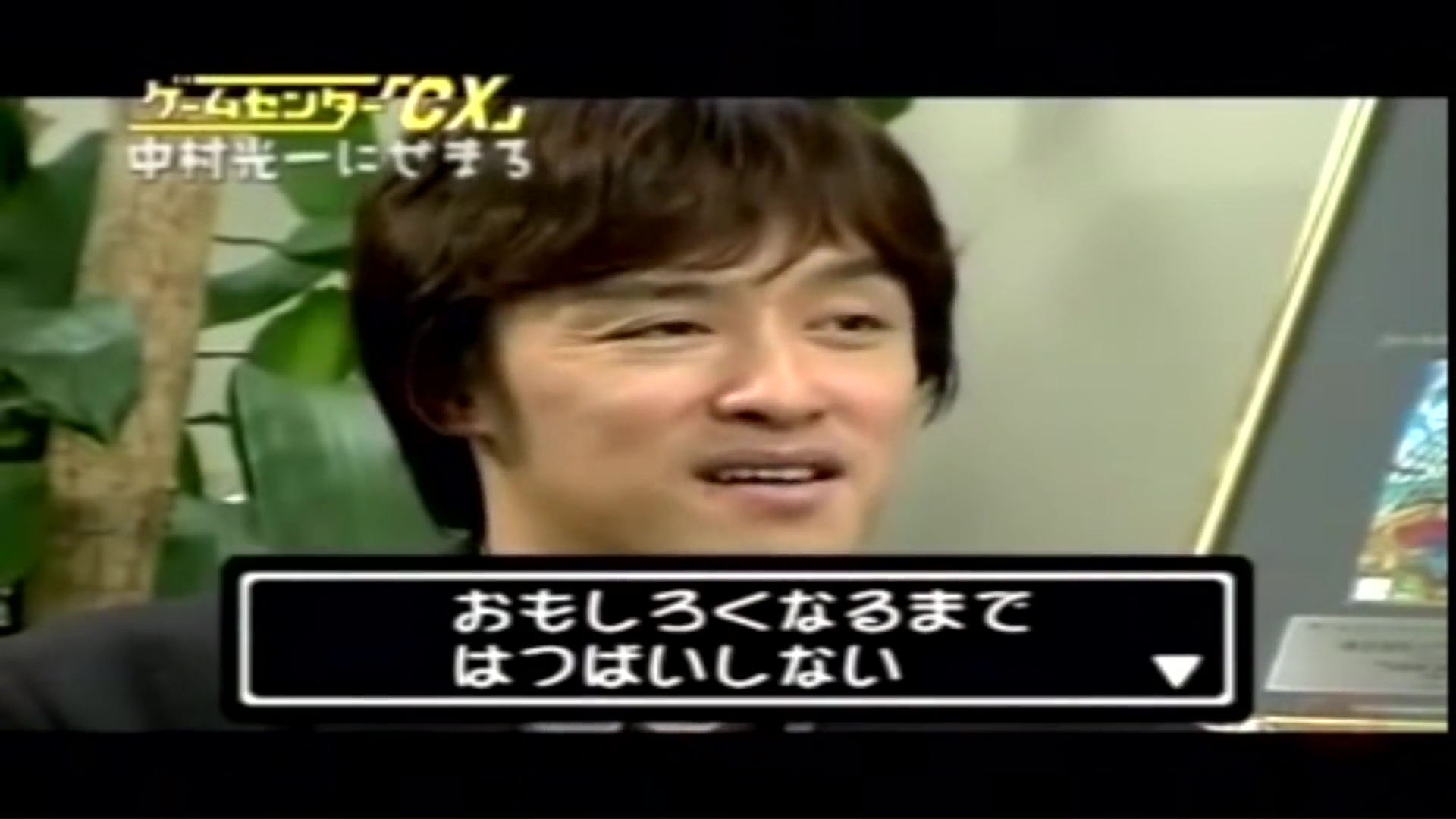
What does a game mean to Koichi Nakamura?
Most of my life.
For Nakamura, who has been making games since he was in high school, it’s no exaggeration to say that he has spent the majority of his life making games.

Shinichiro Tomie
The creator of Shiren the Wanderer.
He is the creator of Shiren the Wondrous Dungeon series, which became a huge hit.
We get to know its creator.
About Shinichiro Tomie
Born in Chiba Prefecture in 1961.
After working on “Captain Tsubasa” at Tecmo, he joined Chunsoft in 1992.
In 1992, he joined Chunsoft Corporation, where he was in charge of directing, writing screenplays, and storyboarding for the Shiren Kazarai series.
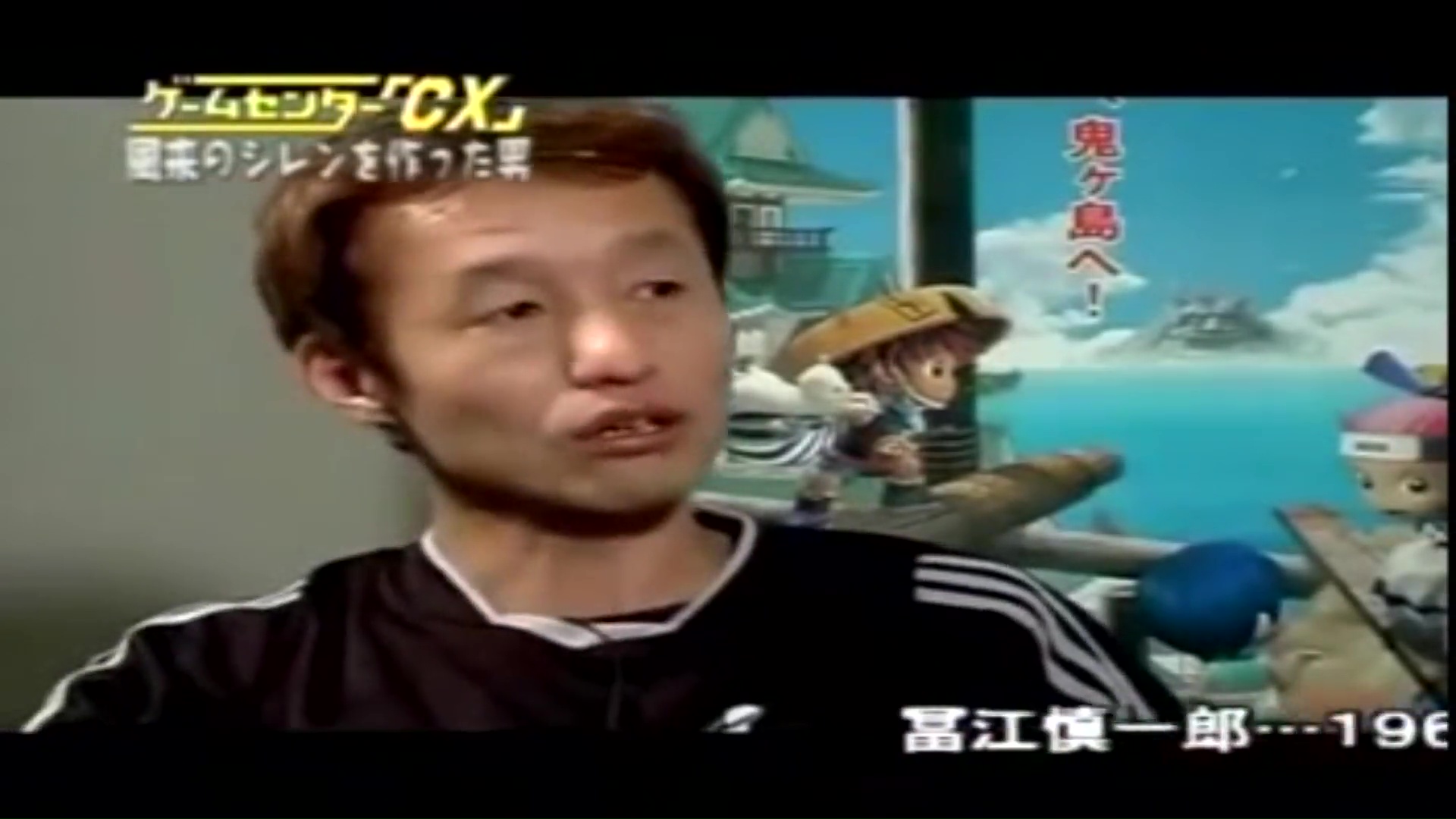
In the most unlikely place…
In another interview, Arino spoke with Sonobe Hiroyuki, the creator of Davista.
At that time, he said that he was copying the Captain Tsubasa system created by Tomie, saying that it was a good system.
Although Tomie thought it was because he did not know much about horse racing, in fact, he did not know much about horse racing either, and when Arino said, “Maybe Tomie could have created the Davista system,” he regretted it, saying, “Damn it.
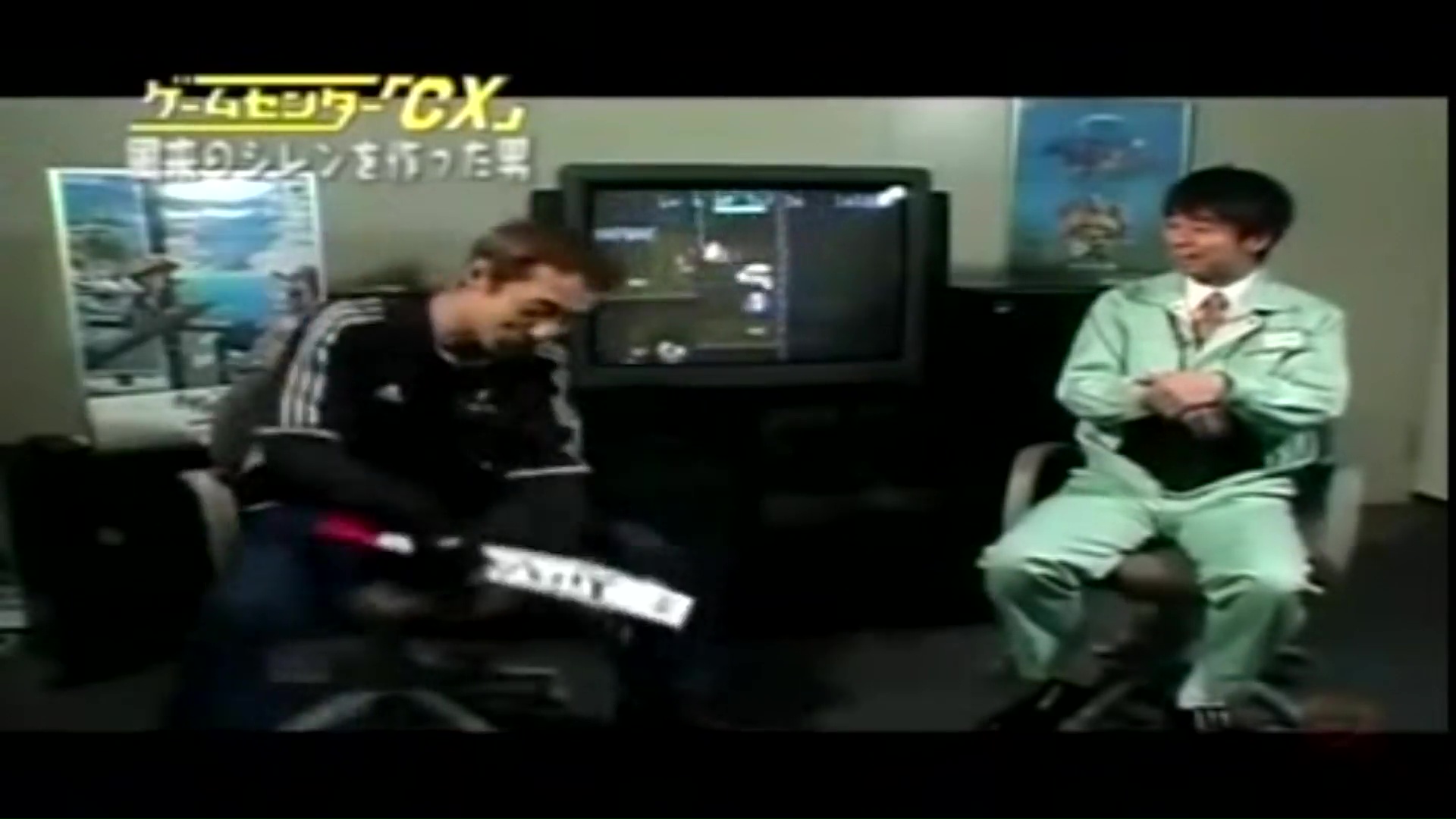
Hints for the new system
How did the much talked about system, such as the dungeon that changes its structure every time, come about?
It was originally started by Tomie and his staff, who were fond of the PC game Rogue, because they wanted to create this kind of game.
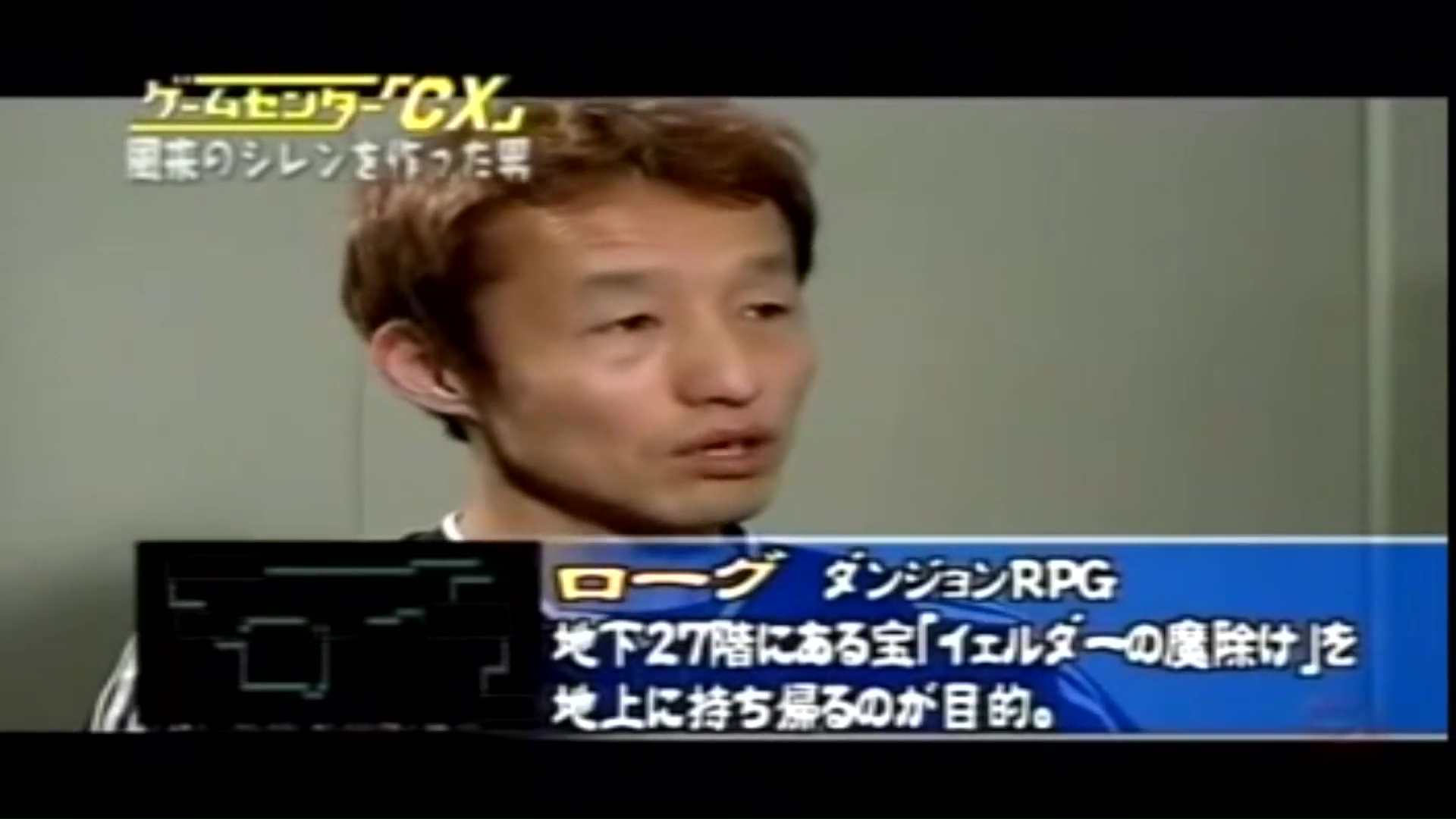
Why it’s a hit.
Tomie said that the reason why the film was a hit was because of the drama in the characters.
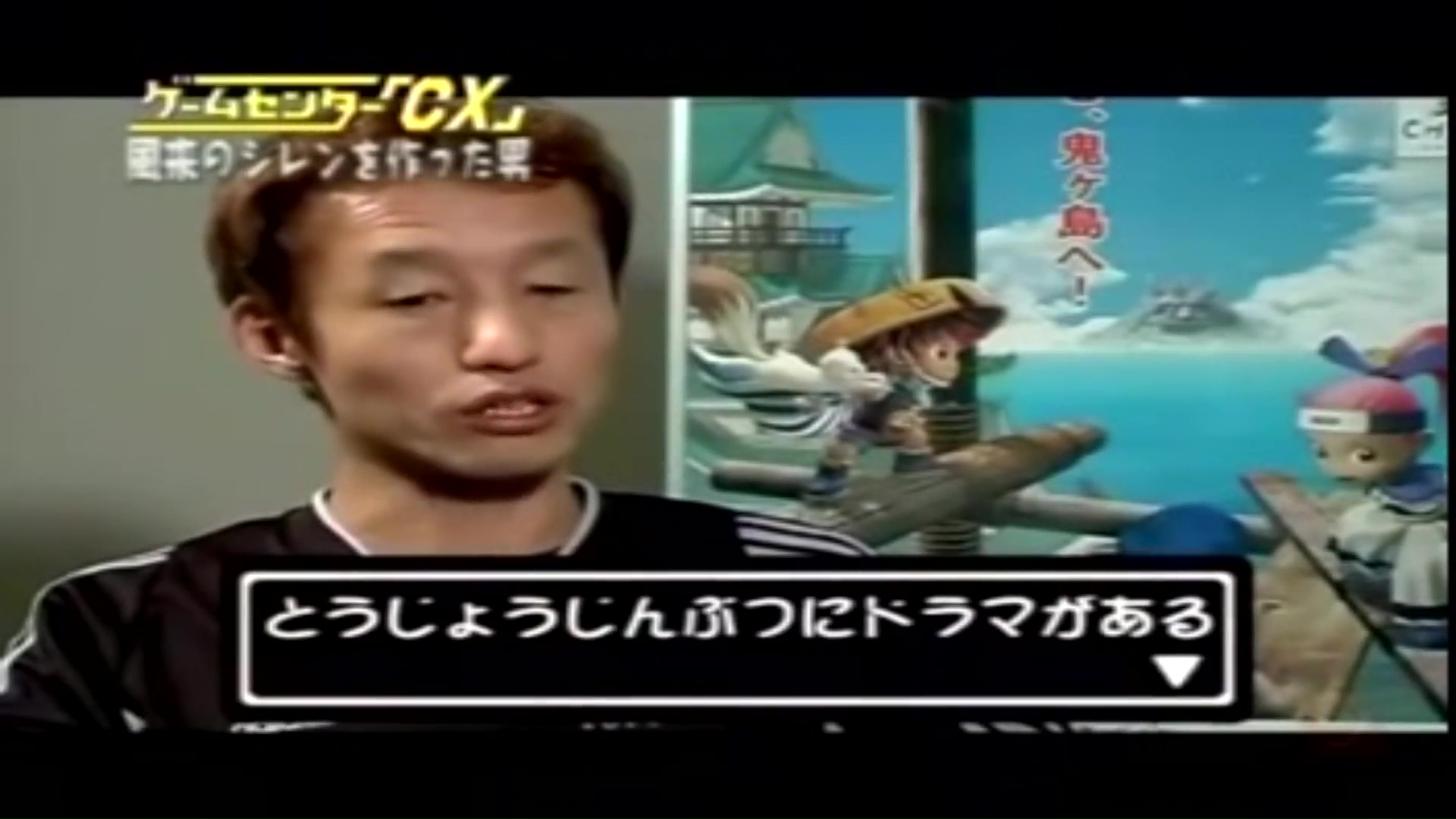
Showdown at the net monkey
Arino was to face off with a net monkey developed by Tomie.
The character of Siren plays futsal, which is a wacky idea, and is the basis of the game’s creation, Sonomo Netsal.
While based on the rules of soccer, the gameplay is emphasized with special moves and items.
One of the attractions of this game is the simulation element of training characters by yourself.
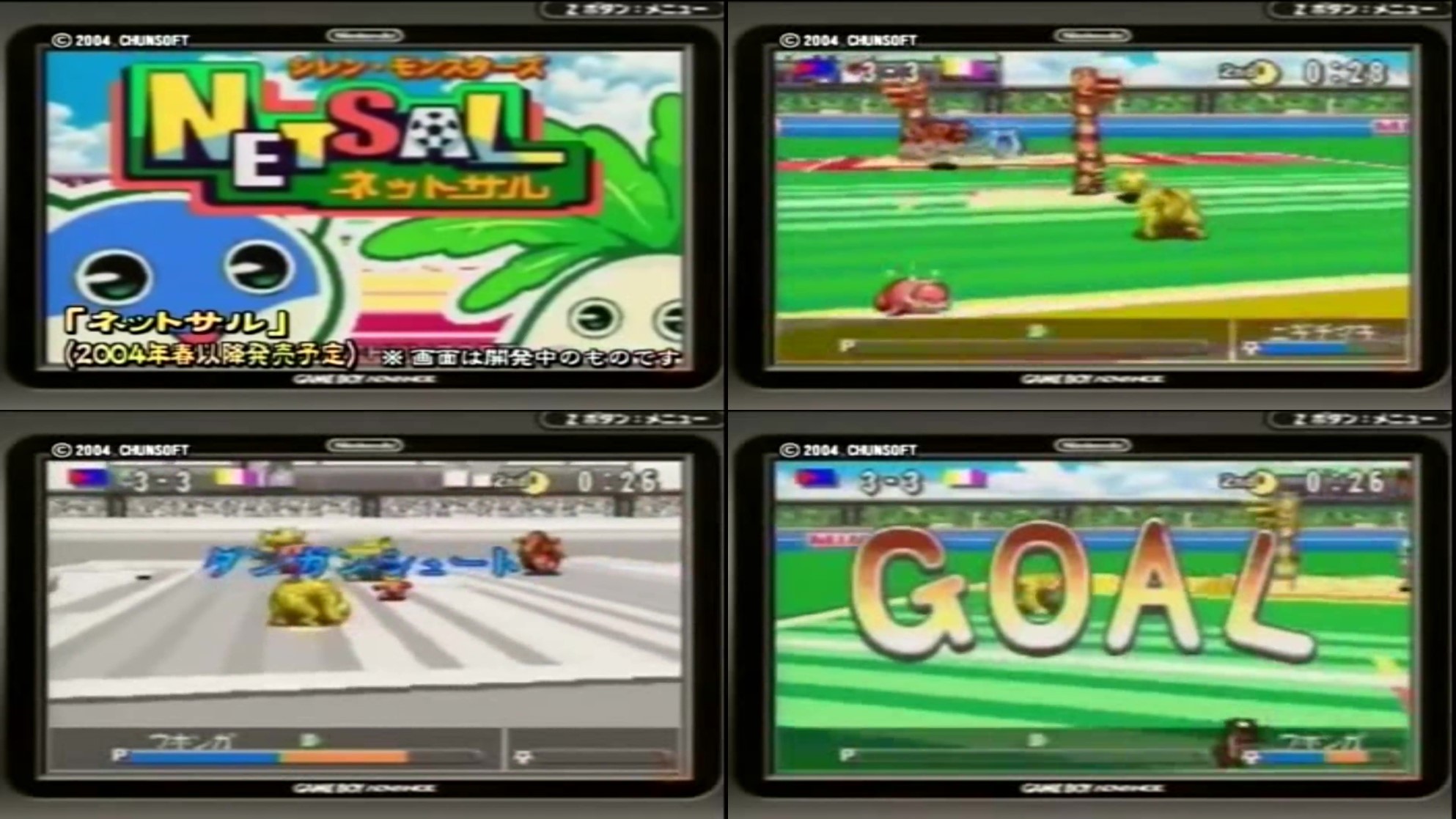
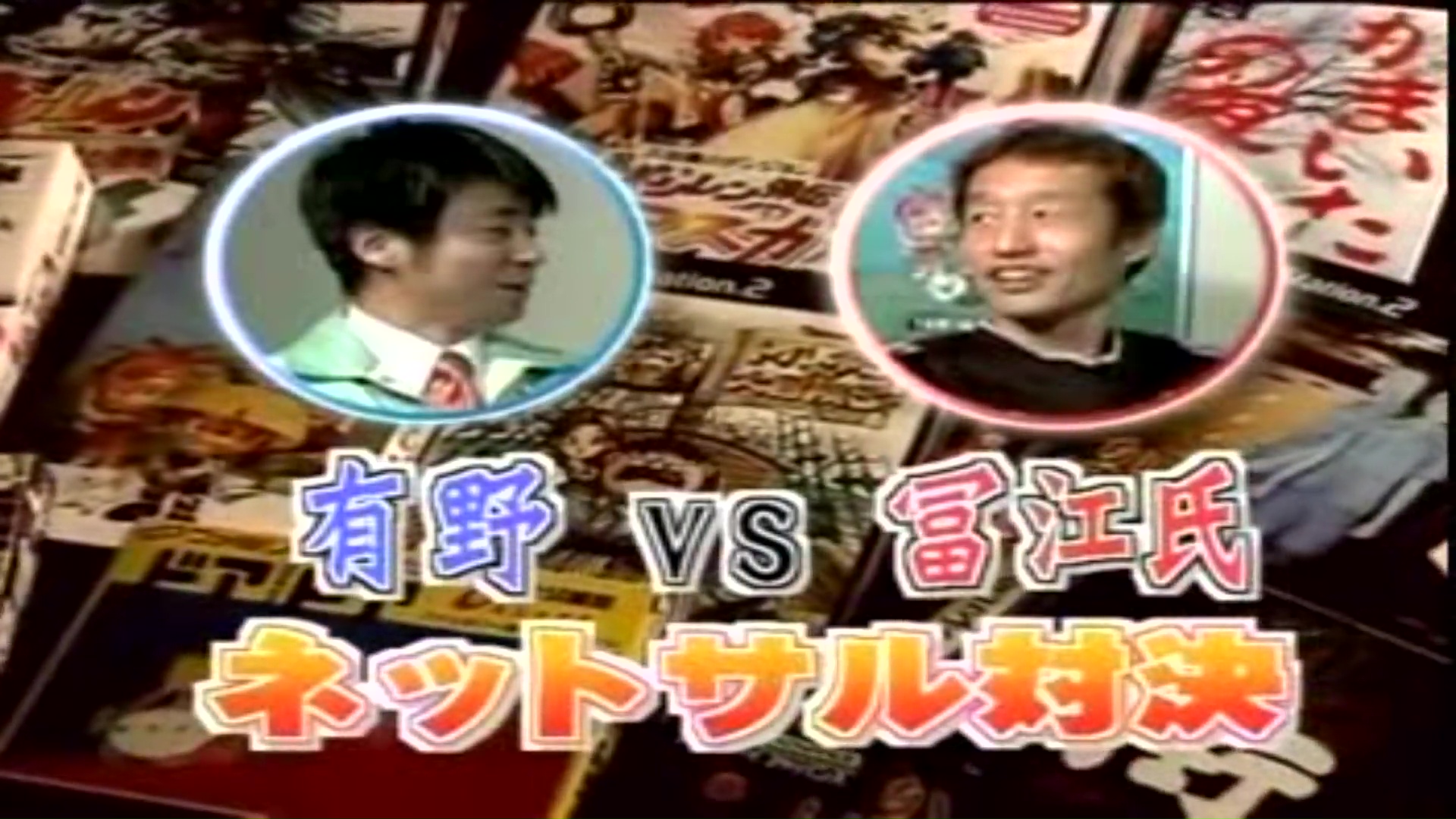
For this confrontation, Arino borrowed special software in the development stage and built a team.
Arino’s team was Game Center CX, while Tomie’s team was made up of Todo.
Arino’s team allowed a goal early in the game.
The difference in power was obvious.
Arino’s ball was easily taken and the goal was easily scored.
There was no room to take advantage of them.
At the end of the first half, the score was 5-0, a one-sided game.
Arino wanted to get revenge on the team.
Arino managed to score a goal. However…

Now that’s a computer… W
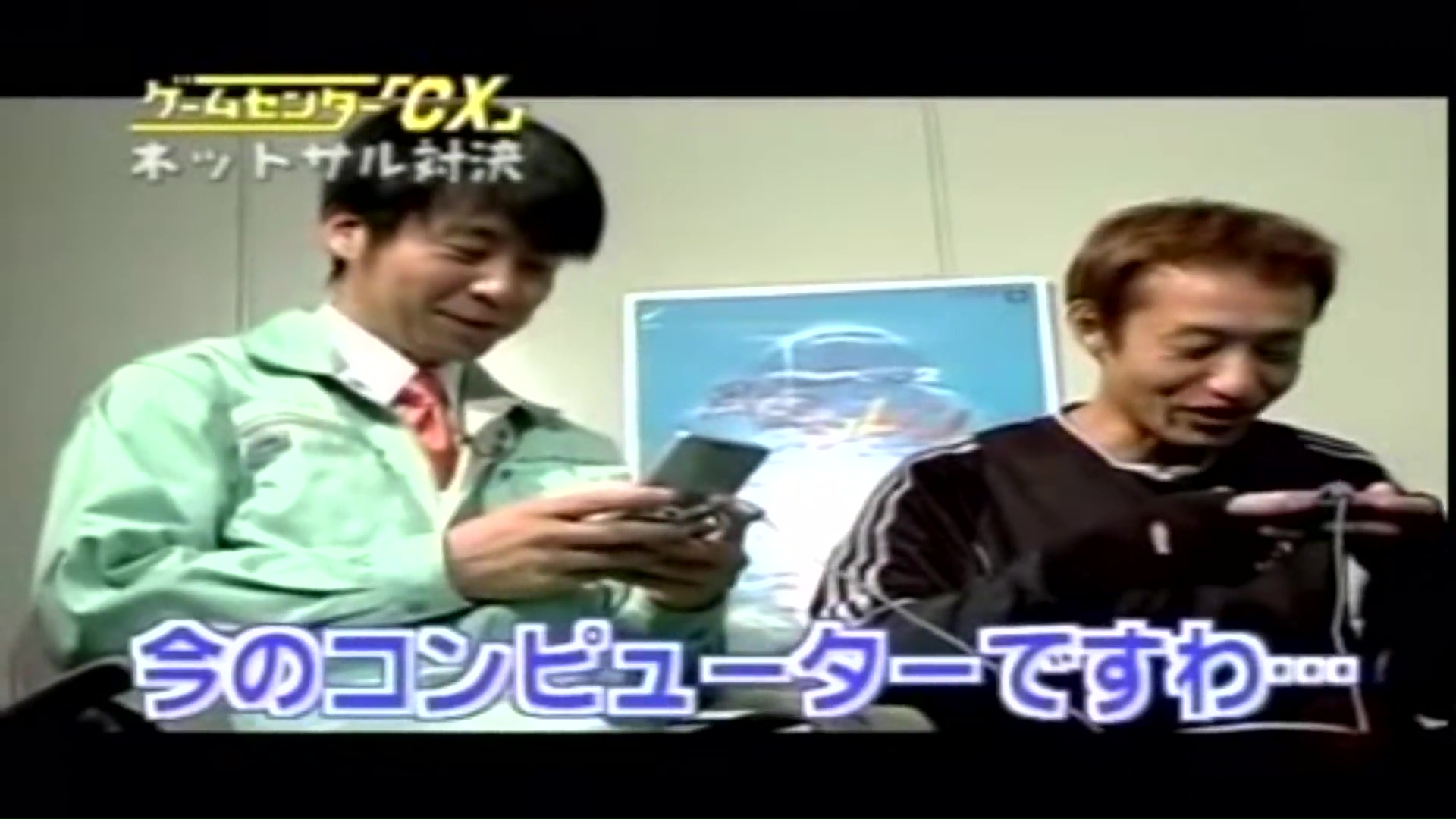
What a second goal. But…

It’s the computer again… W
I didn’t do anything.

But the game is over here.
So much for the counterattack.
The result was 8-2, a one-sided game.
Wasn’t my team a great team? When Arino asked “What?”, Tomie replied “What? He laughed.
The result was a disastrous defeat of a certain kind.
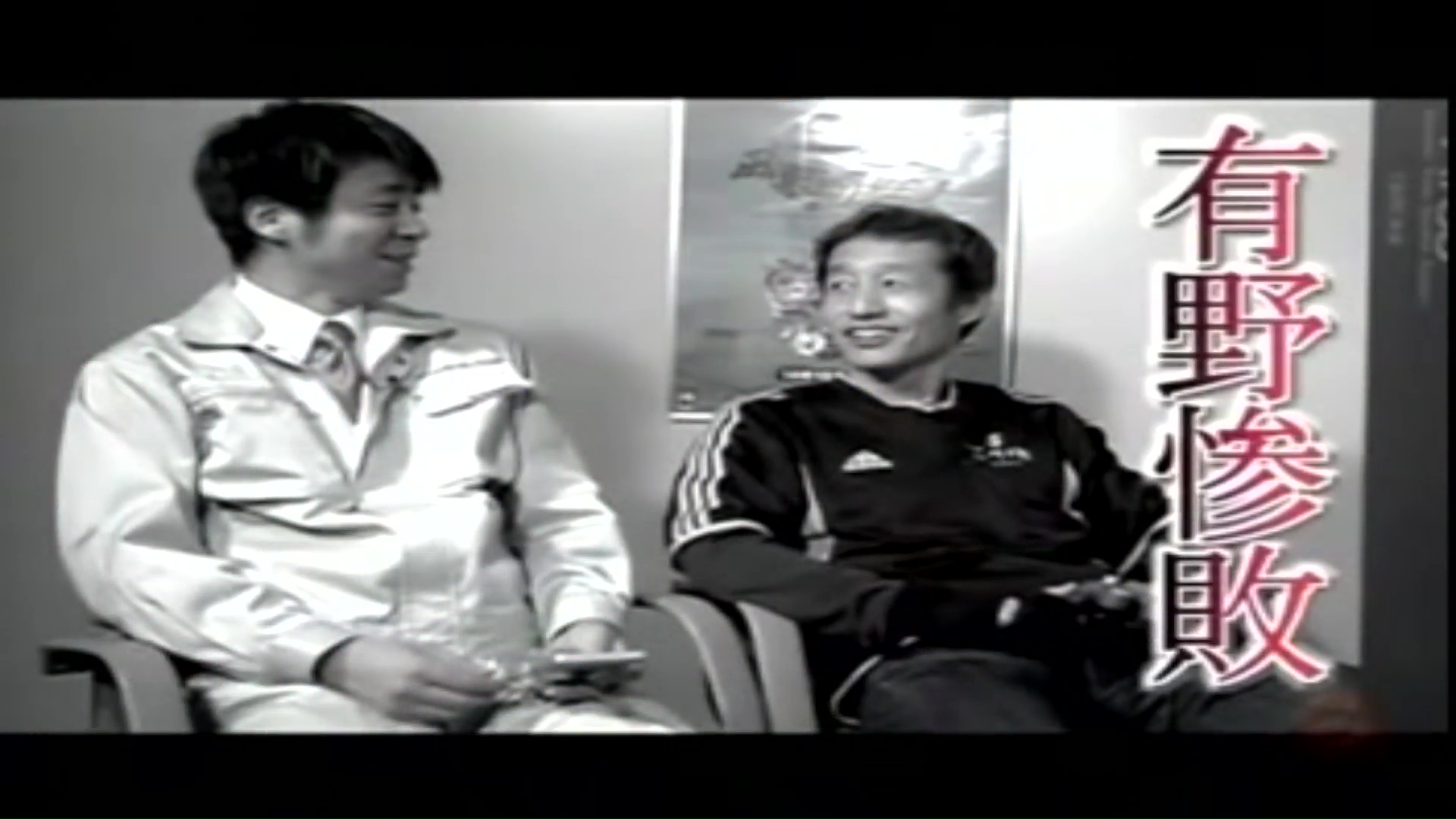
What does the game mean to Tomie?
Making a game is 30 percent fun and 70 percent bittersweet.
Tomie answered that games are fun for her, but from the point of view of creating them, it is very painful, which was Tomie’s answer.
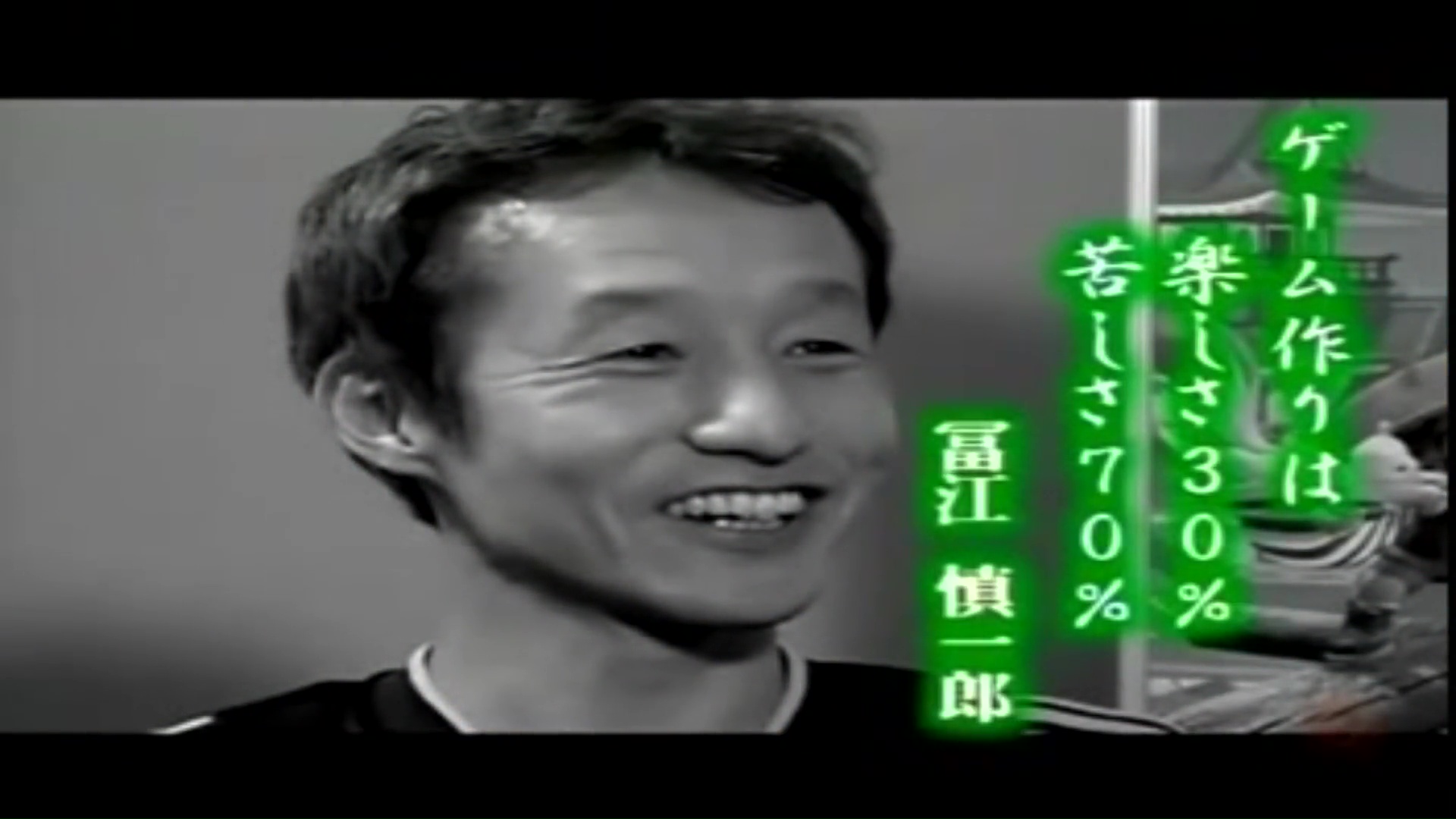
Try the doorway.
This is Koichi Nakamura’s brilliant debut novel, which also appeared in this volume.
The aliens trapped in the door have their own personalities, and you must understand their algorithms in order to round them up.
And one technique is the key.
Normally, you lock them in the door one by one, but if you lock the aliens in the door one at a time, you get a bonus.
This time, I challenge you to lock up 6 aliens at the same time, which is said to be an illusion of that bonus.

What? You’re going to mess with the illusion?
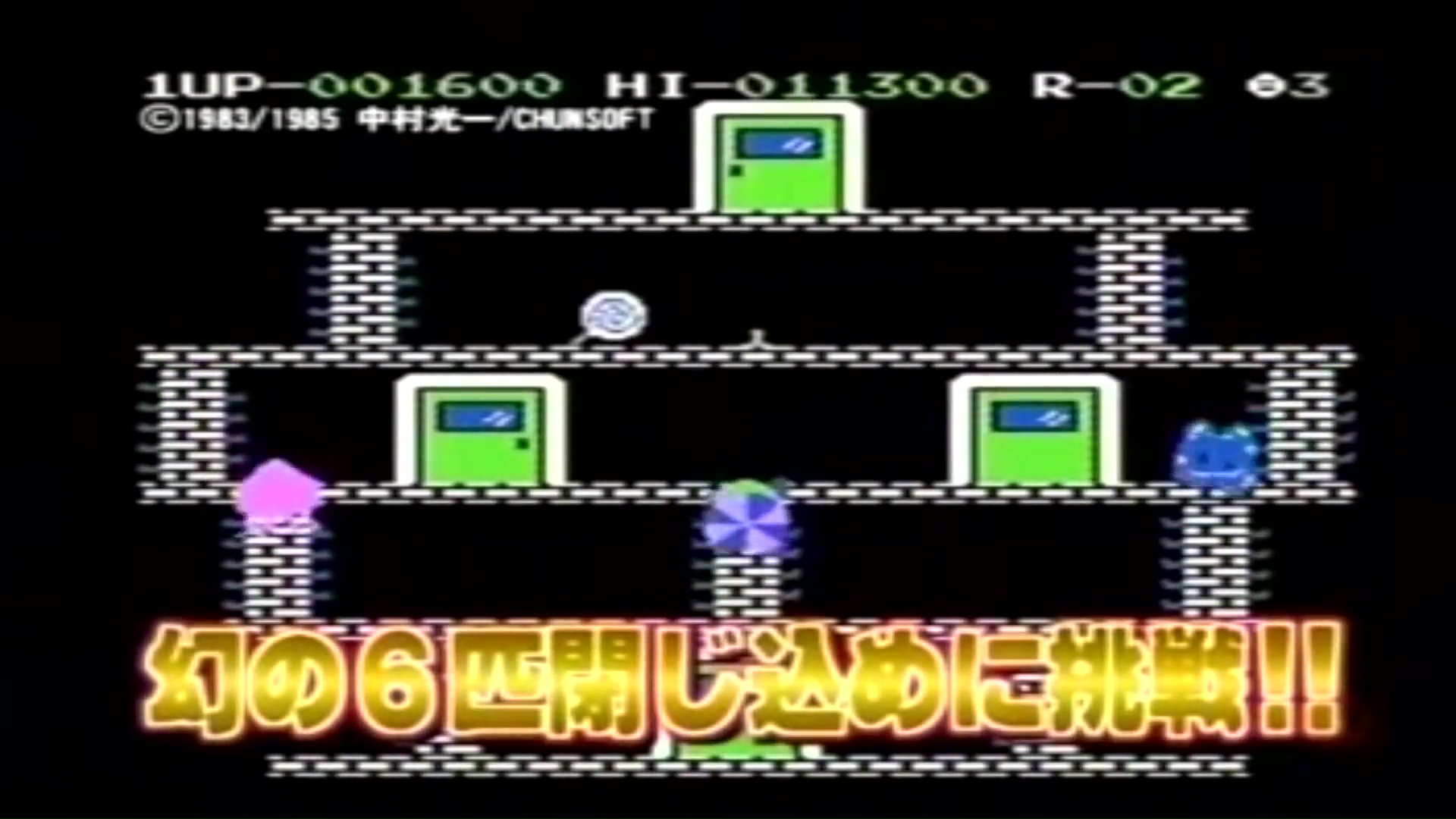
Arino, this is his first time going door to door.
Will it work?
Let the challenge begin!
The goal this time is not to clear the stage, but to confine the aliens at the same time.
Starting with a small number of them and getting the hang of it is the shortcut to getting the hang of it.
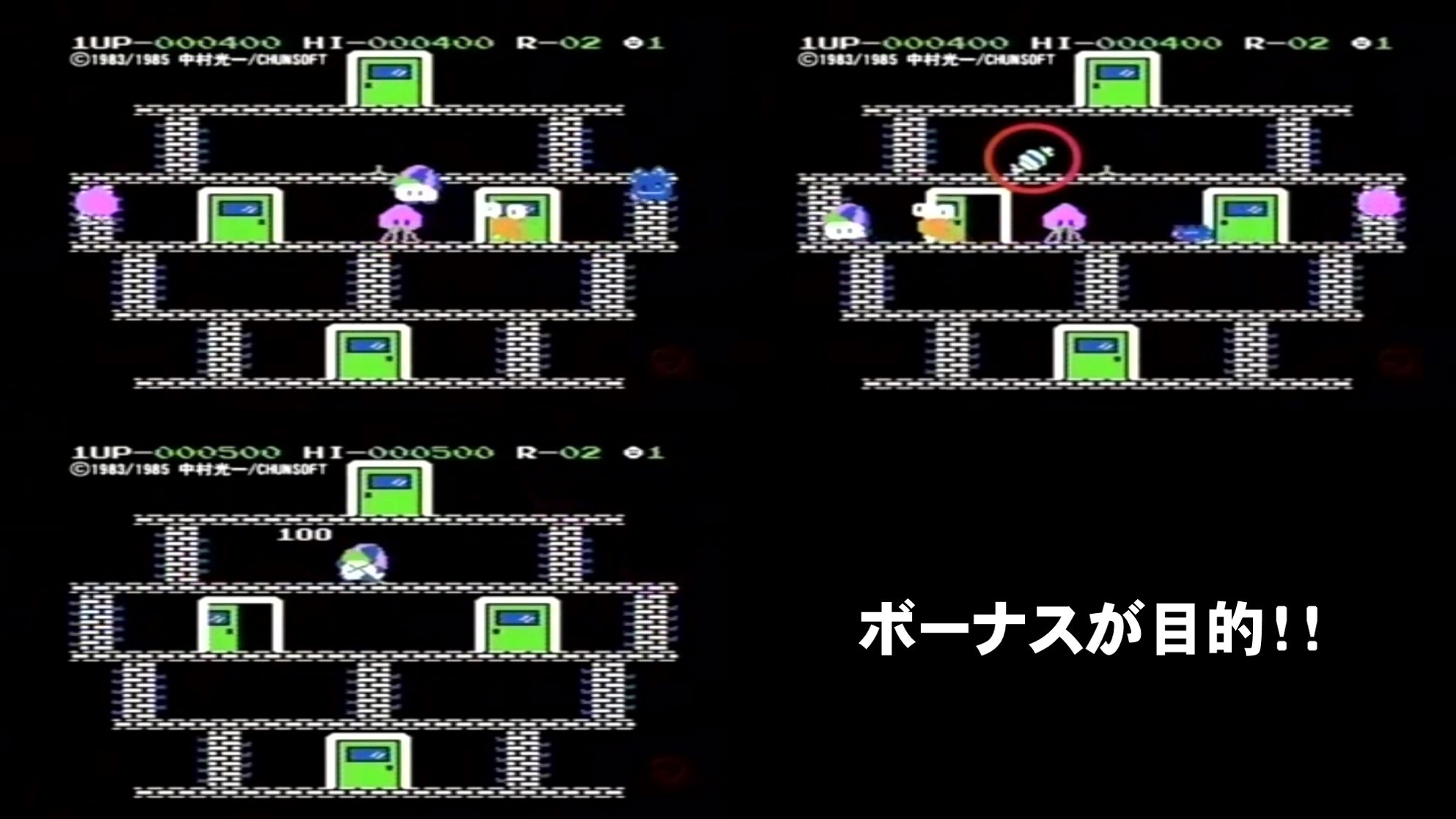

Ah! There’s a trap.
All sorts of tricks hit Arino.
First bonus!
Twenty minutes into the game, Arino finally gets his chance.
Then, on the next plane, three bonus peropero candies appear.
However, he missed the bonus.
It’s a true Arino quality.
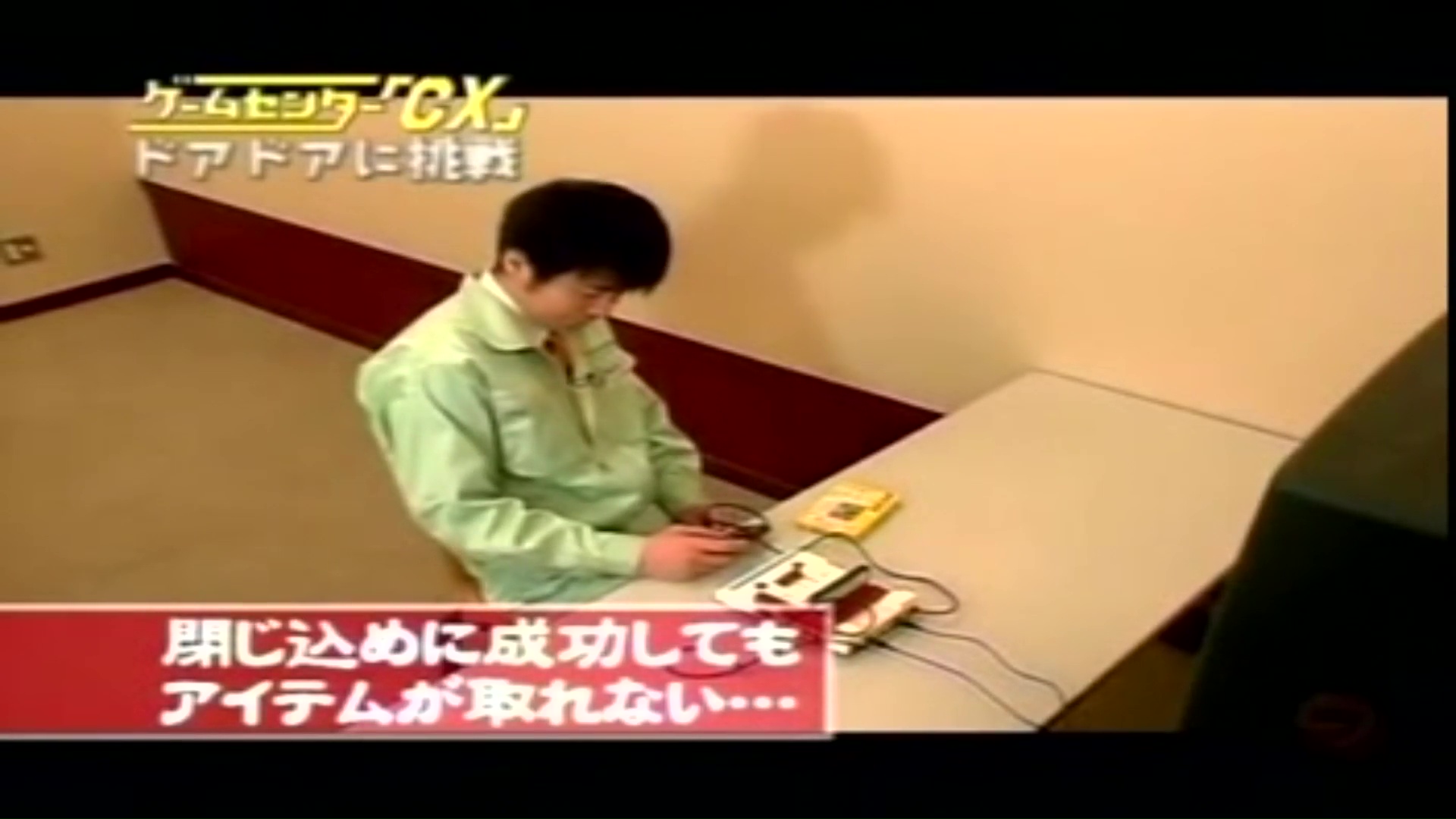

This is so hard!
After repeated failures, Arino develops a certain technique.
Mastering certain techniques
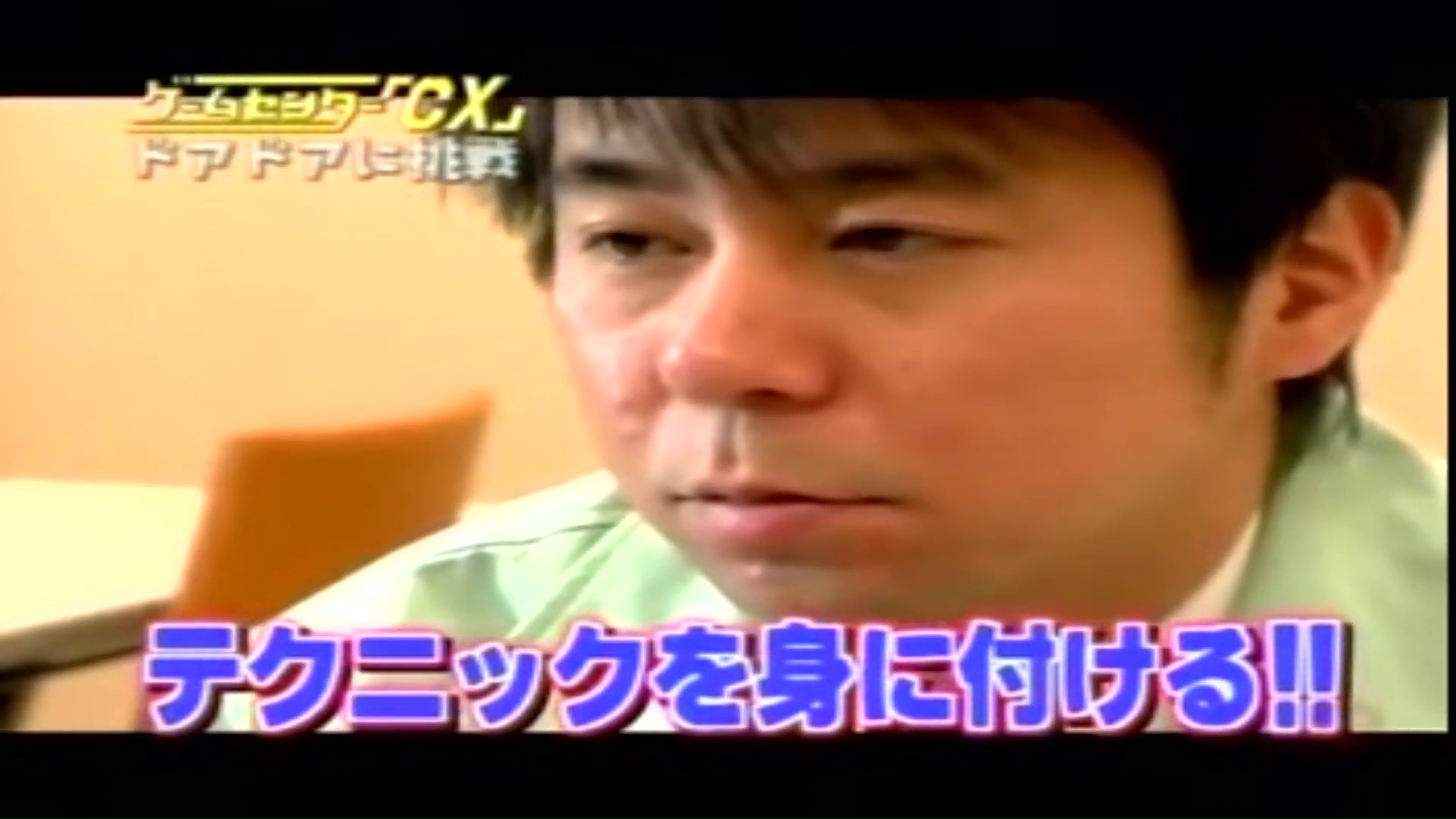
The technique is that when the enemy enters the door, you close it only halfway and move.
By doing so, you can close the gap between the aliens and aim for a roundup.
And finally, you can use that technique to…
He succeeds in trapping four of them.
But once again, Arino misses out on the bonus.
This time the goal is to trap 6 animals.
He can’t make it to the 13th level, where 6 animals appear.
4 animals are trapped.
And will he end up not being able to get any items at all?
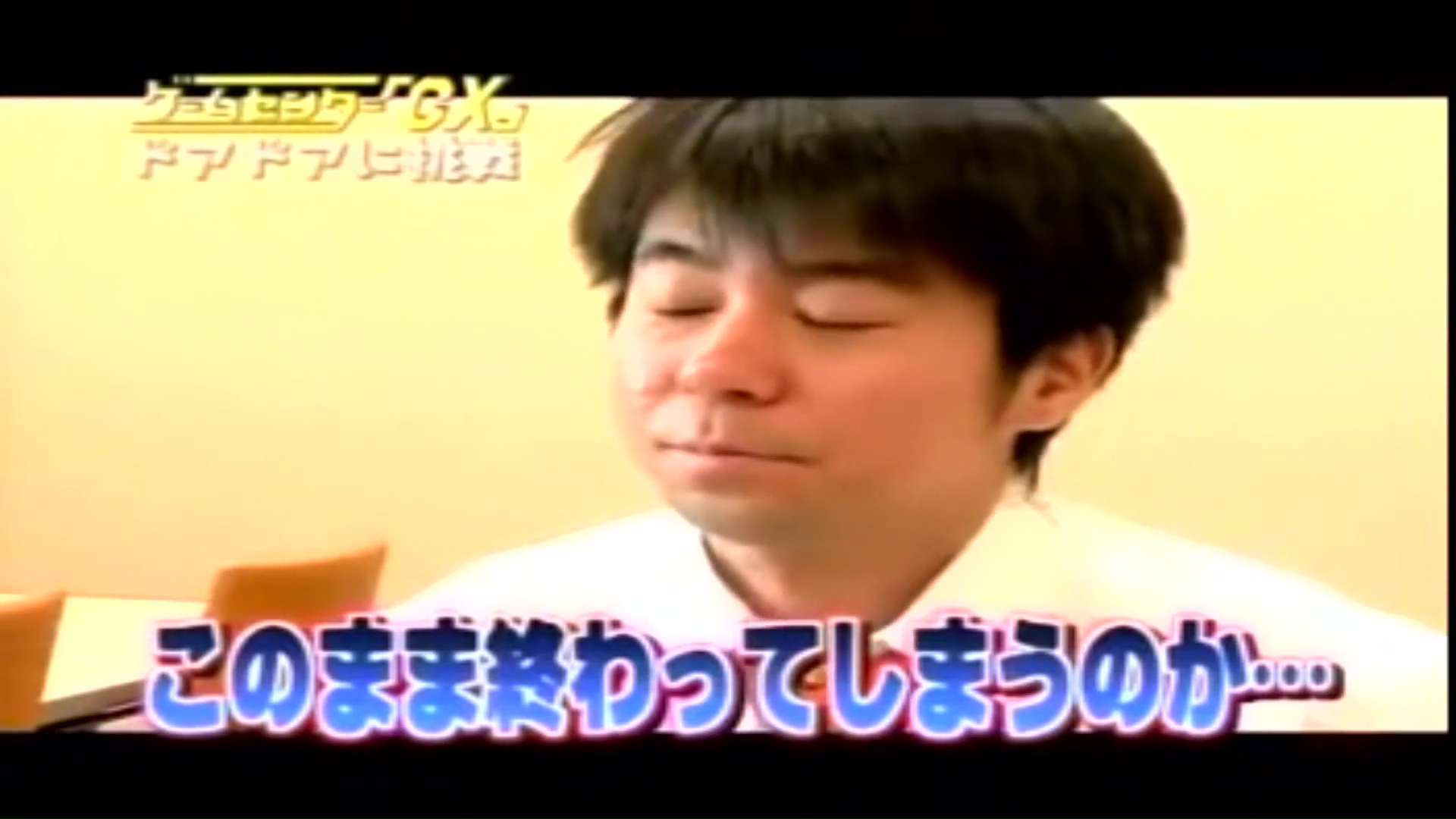
Here comes the helper.
Can we have a moment? The game director of Chunsoft, Shinya Ochiai, appeared on stage to help with the game.
Ochiai was working on Door Door, which was later released as a mobile game, and he was a specialist, so to speak.
So, how good is he really?
He was immediately beaten.
Ochiai says he’s actually not that good at it.
Ochiai sweats too much to show off his abilities and leaves his subordinate, Kazuya Watanabe, in charge of his path.
Watanabe is a portable Do-Do-Do debacker who has played the game thousands of times to see if it has any bugs.
He is truly the man who knows the doorway better than anyone else in Japan.
He cleared the nine planes that Arino had failed to do without difficulty.
Is it a mirage?
Watanabe shows a superb lead.
Finally, he manages to trap 6 animals.
A phantom item appears.
Then Arino no doubt asks him to change so that he can take the credit here.
He doesn’t notice the trap, which is a slippery slope, and fails.
As before, Arino makes a mistake right in front of the item.
He waits for the “inside” to appear again, but he gets hit again.
There’s only one plane left, and if he makes a mistake, it will all be for naught.
Tension sets in.
Arino is delighted, but Watanabe succeeds in trapping six animals.
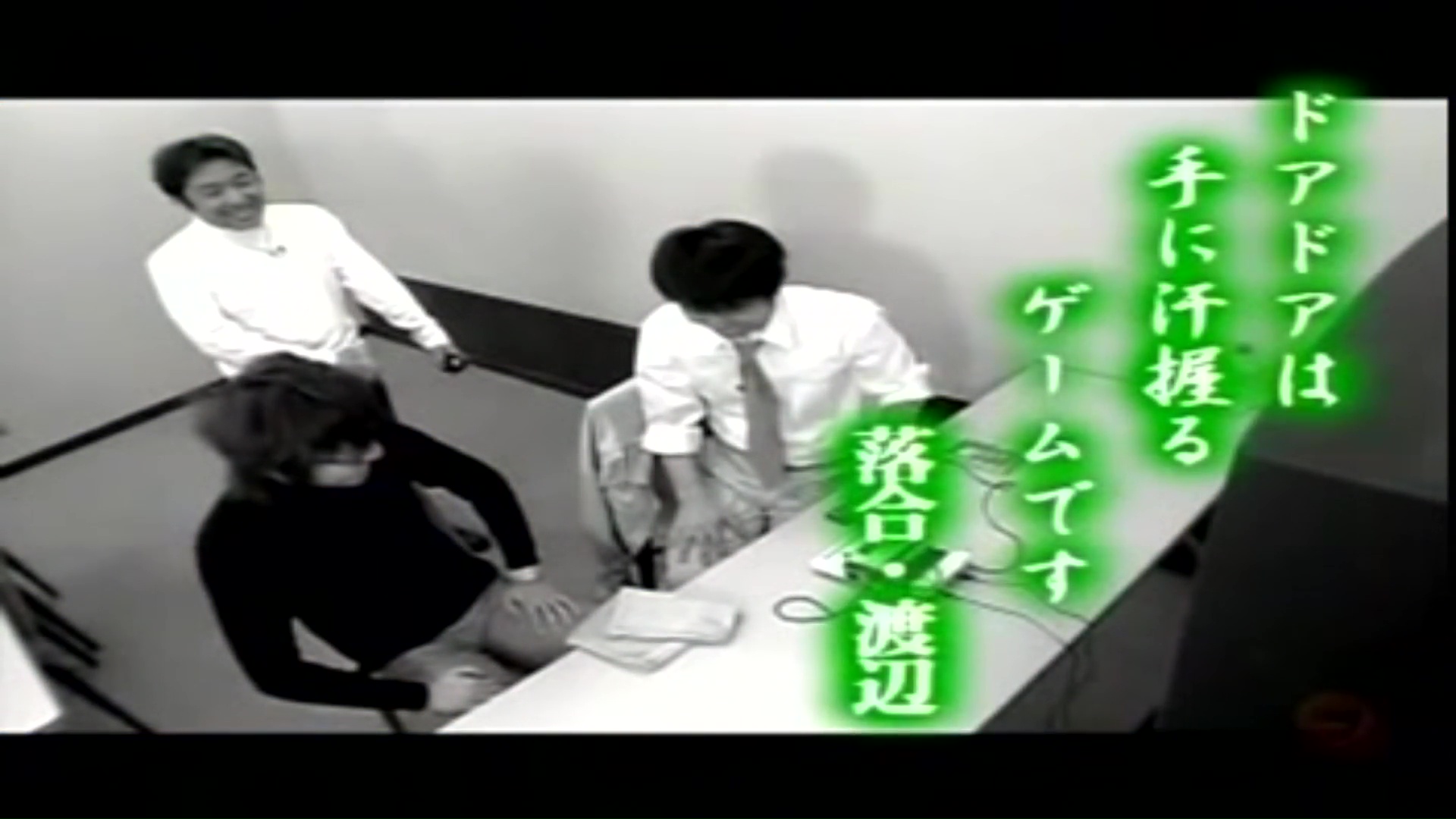
Chunsoft Masterpiece Collection

Chunsoft Masterpieces 1
1985 “Door Door” NES
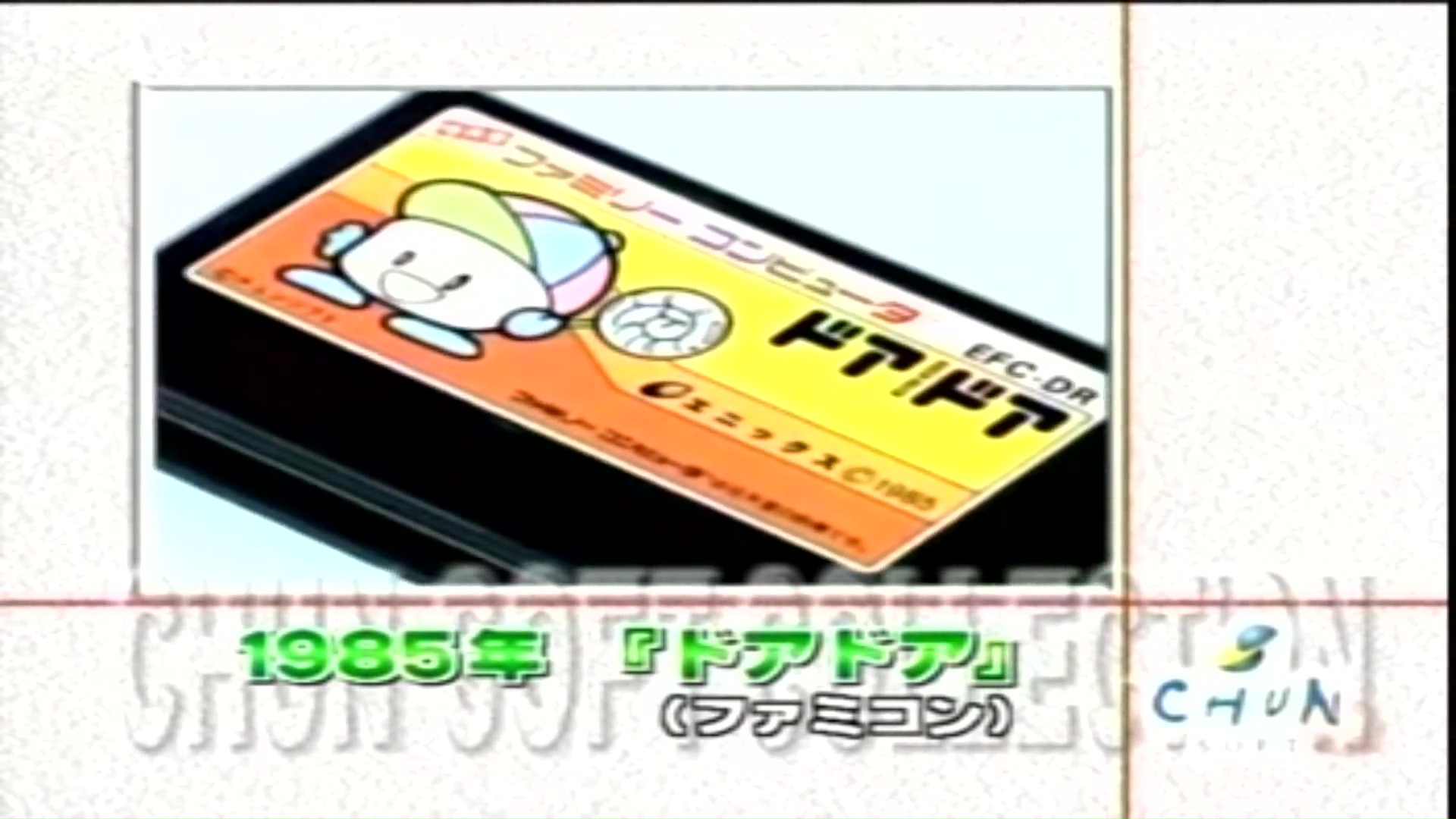
Nakamura’s first work.
A puzzle game with a total of 50 faces.
Everything from the light music to the cute characters was created by Nakamura.
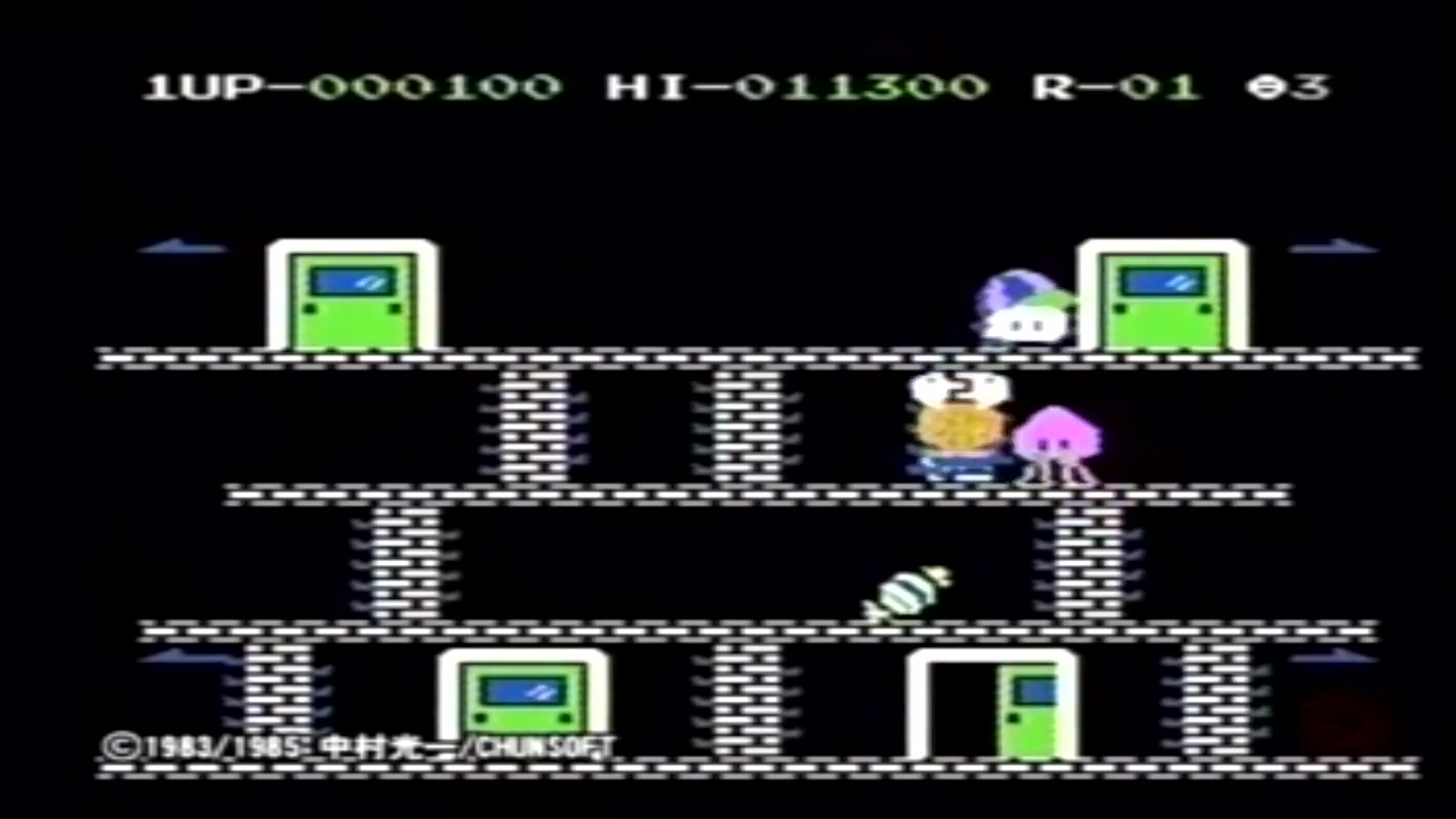
1985 “Portopia” NES
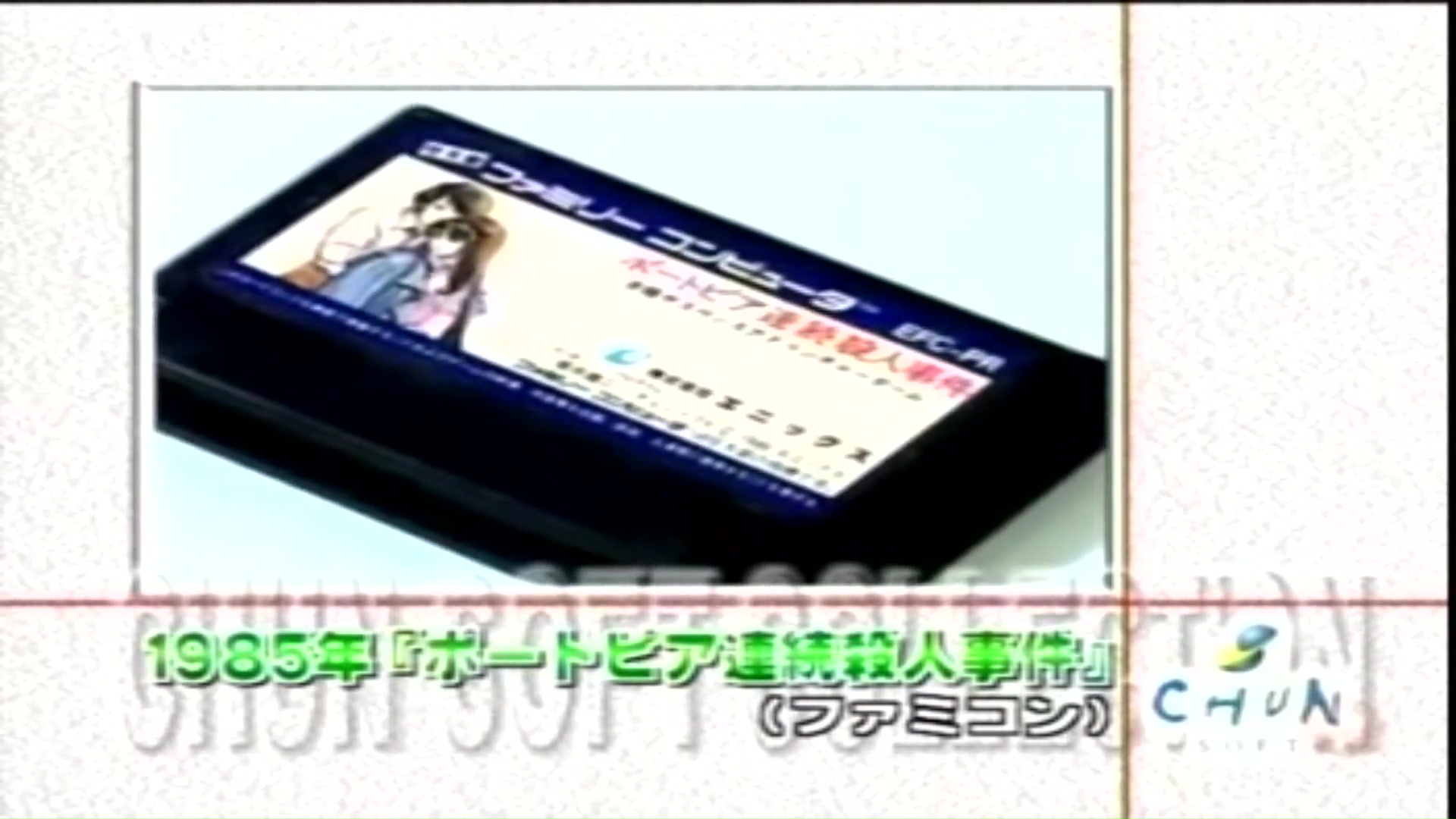
An adventure game based on the novel by Yuji Horii.
You must work with your subordinate Yasu to get to the bottom of a difficult case.
There are some playful elements in the game, such as the fact that the player is scolded for looking at the sun through a magnifying glass.

1986 “Dragon Quest” NES

This is the memorable first installment of one of the most iconic RPGs in the gaming world, Dracula, which no longer needs any explanation.
The protagonist, who is descended from the heroic Lotto, defeats the dragon king, who is evil incarnate, and restores light to the world.
1987 “Dragon Quest II” NES

It is set 100 years after the previous film.
Three descendants of Lot’s blood rise up to thwart the ambitions of High Priest Hagon and protect world peace.
In addition to the first time in the series that a party has been formed, the great adventure that unfolds on the vast map, which is four times larger than the previous game, has further enthused Dracula fans.
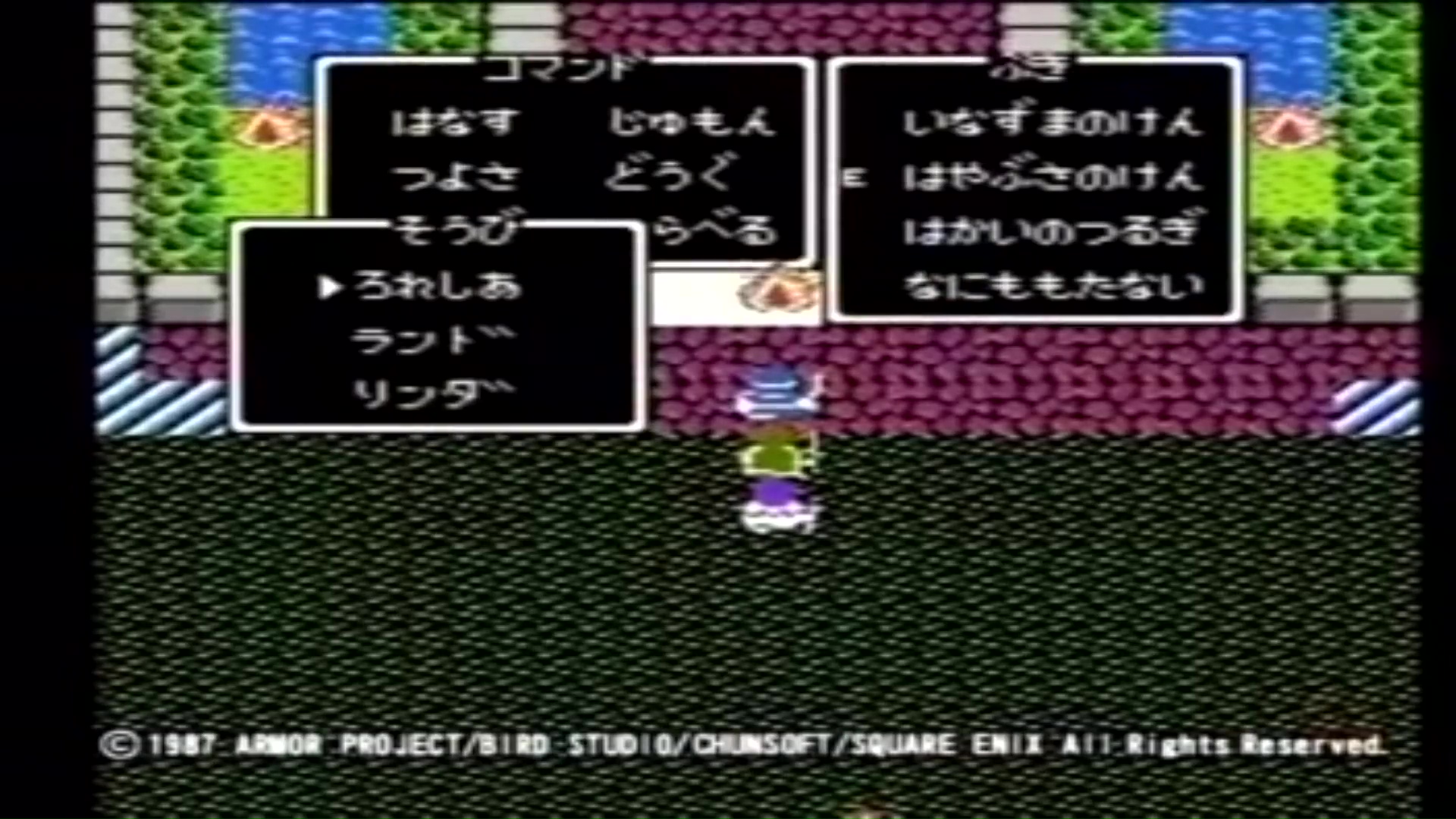
1988 “Dragon Quest III” (NES)
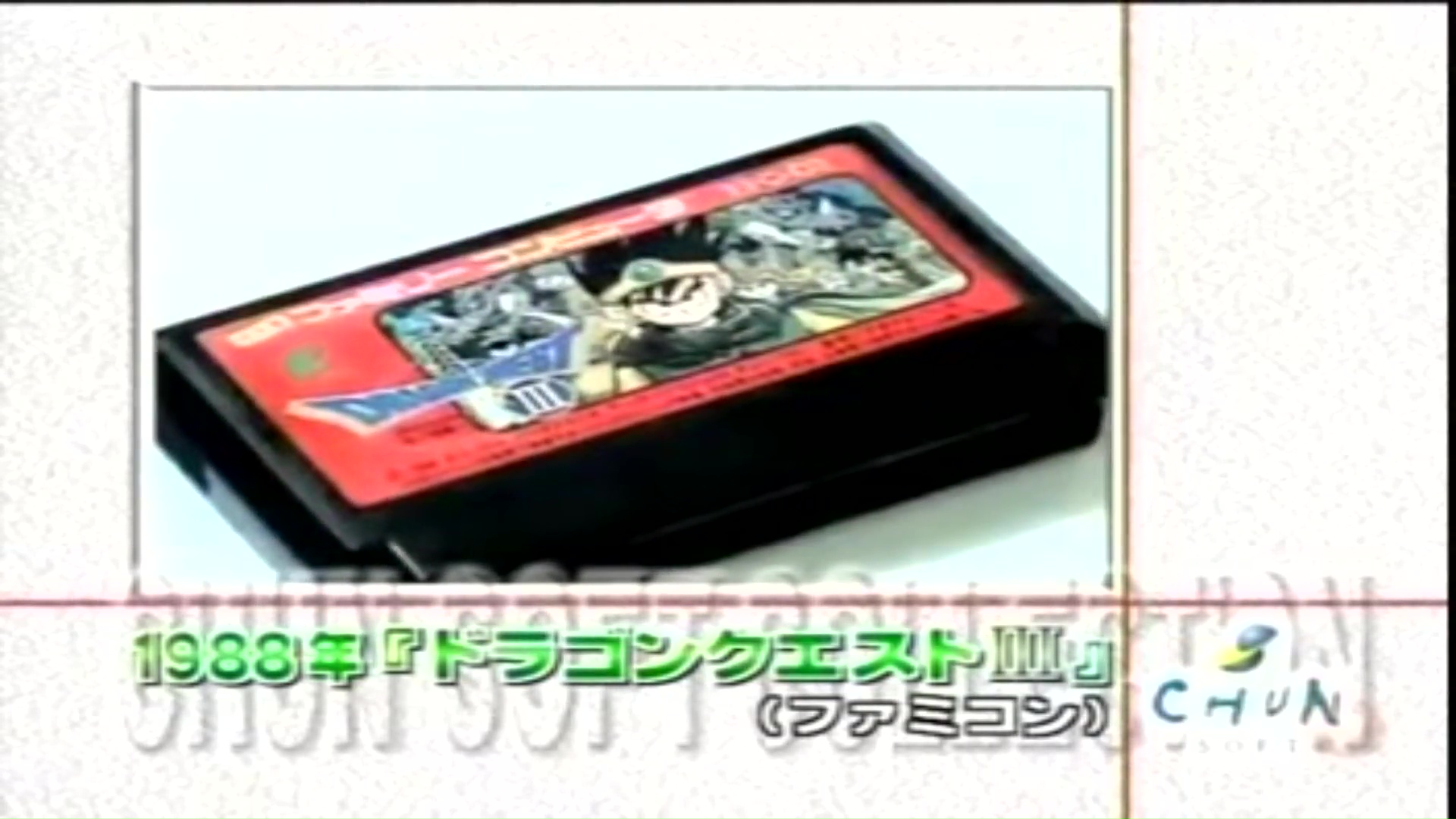
This is the final installment of the Lotto series, which has been called the best in the series.
The game features an even more advanced free party system and a job-changing system that allows players to change their occupation of choice, providing a high level of freedom.
Many users have enjoyed the adventures of this game many times over.
On the day of release, people lined up at the store, and the game became a social phenomenon, with news coverage of the release.
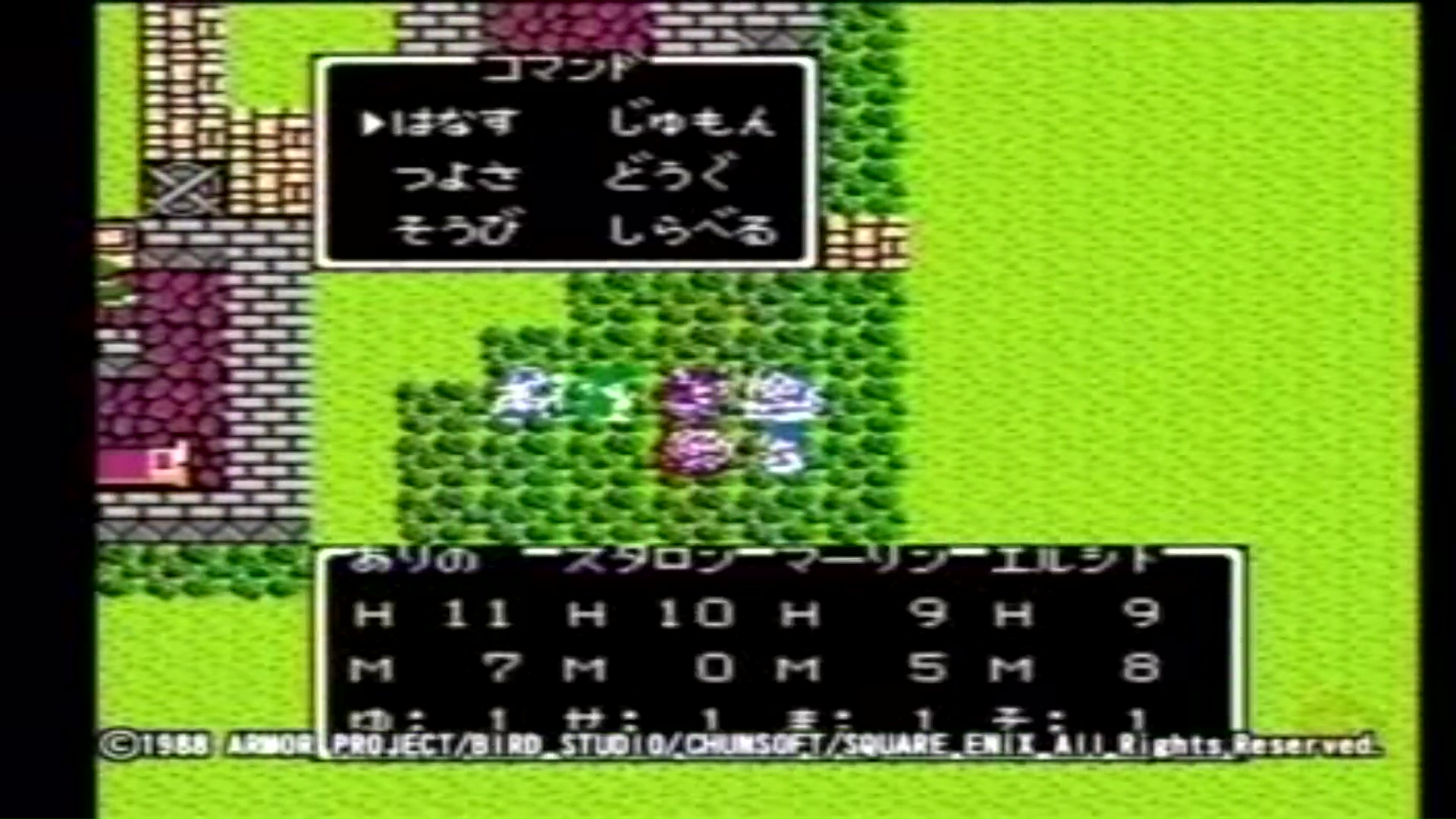
Introduction of Chunsoft masterpiece 2
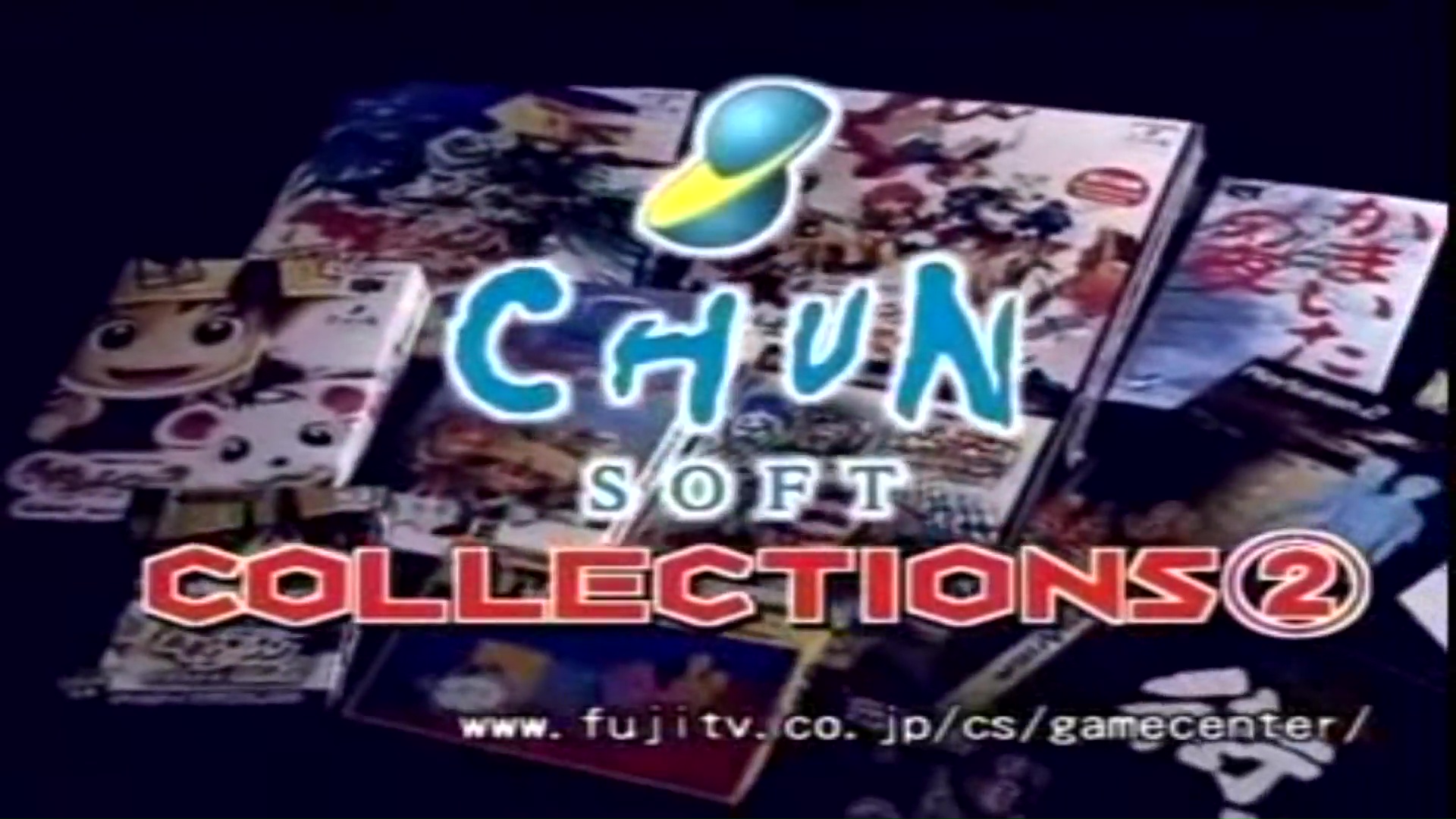
1992 “Brotherhood of the Dead” Super Famicom
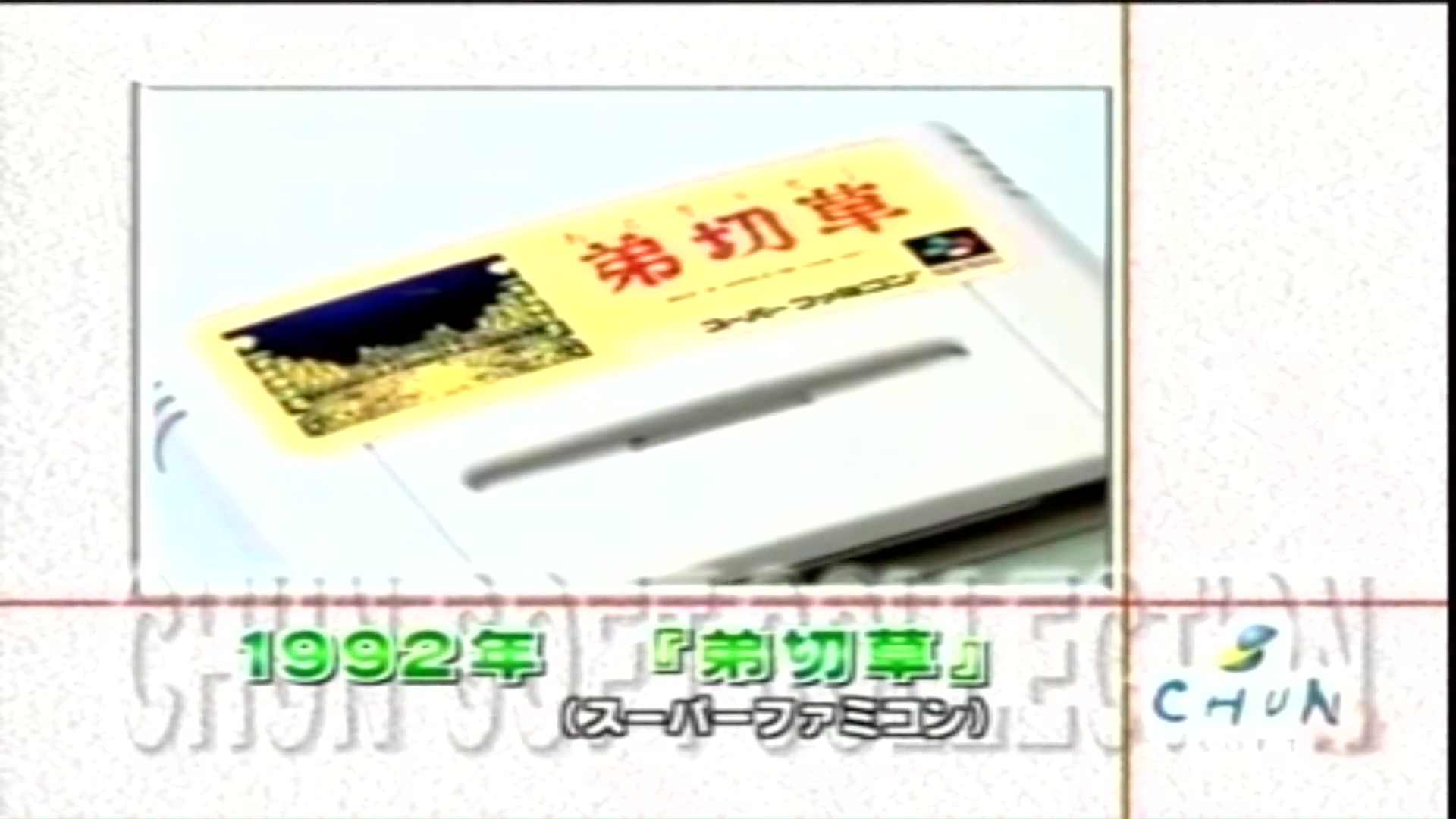
The protagonist and his girlfriend Nami, who are having a great time on their way home from a date, are suddenly struck by misfortune.
The two happen to visit a Western-style house, where various stories unfold.
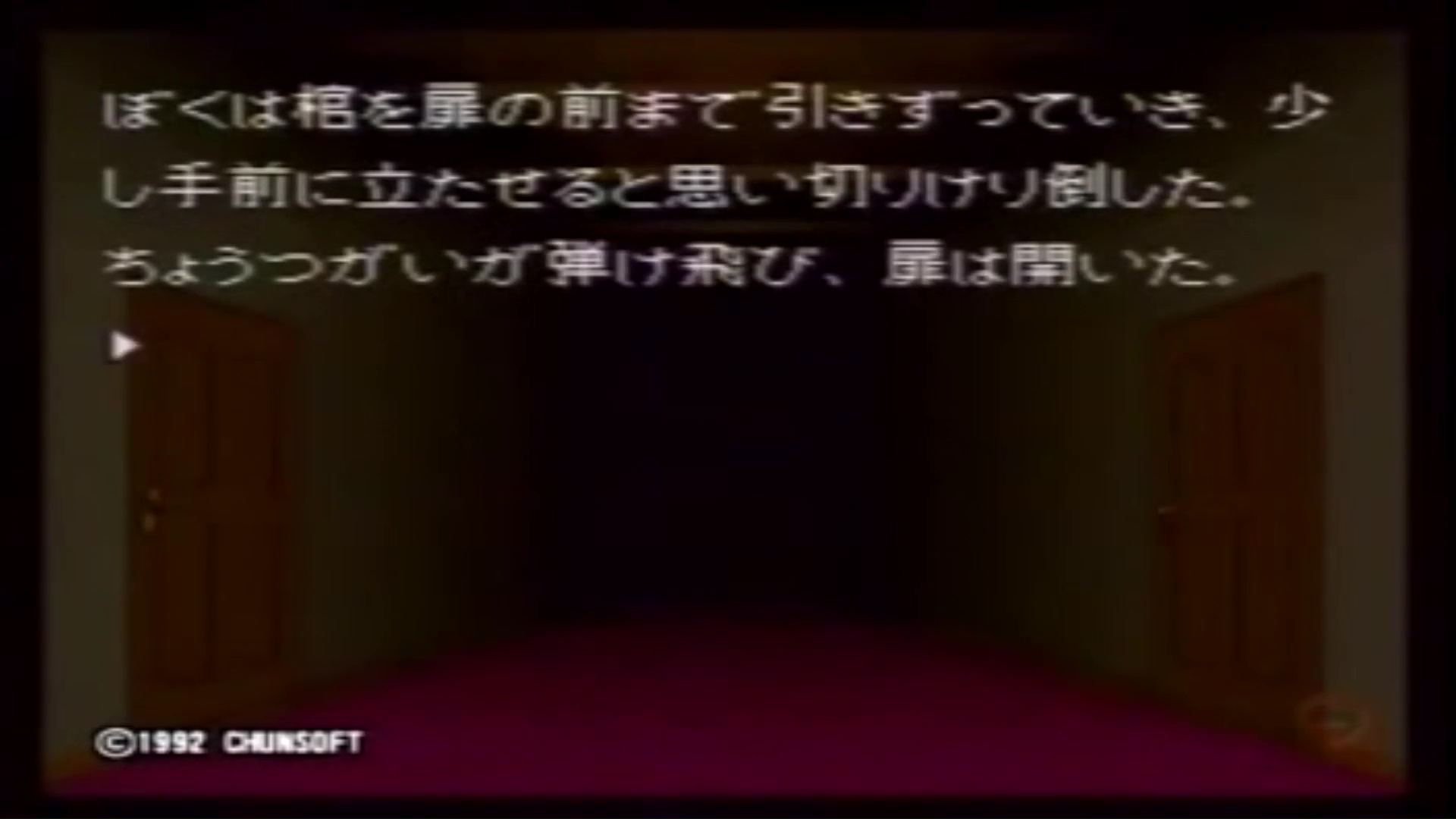
1993 “The Great Adventure of Torneko” Super Famicom
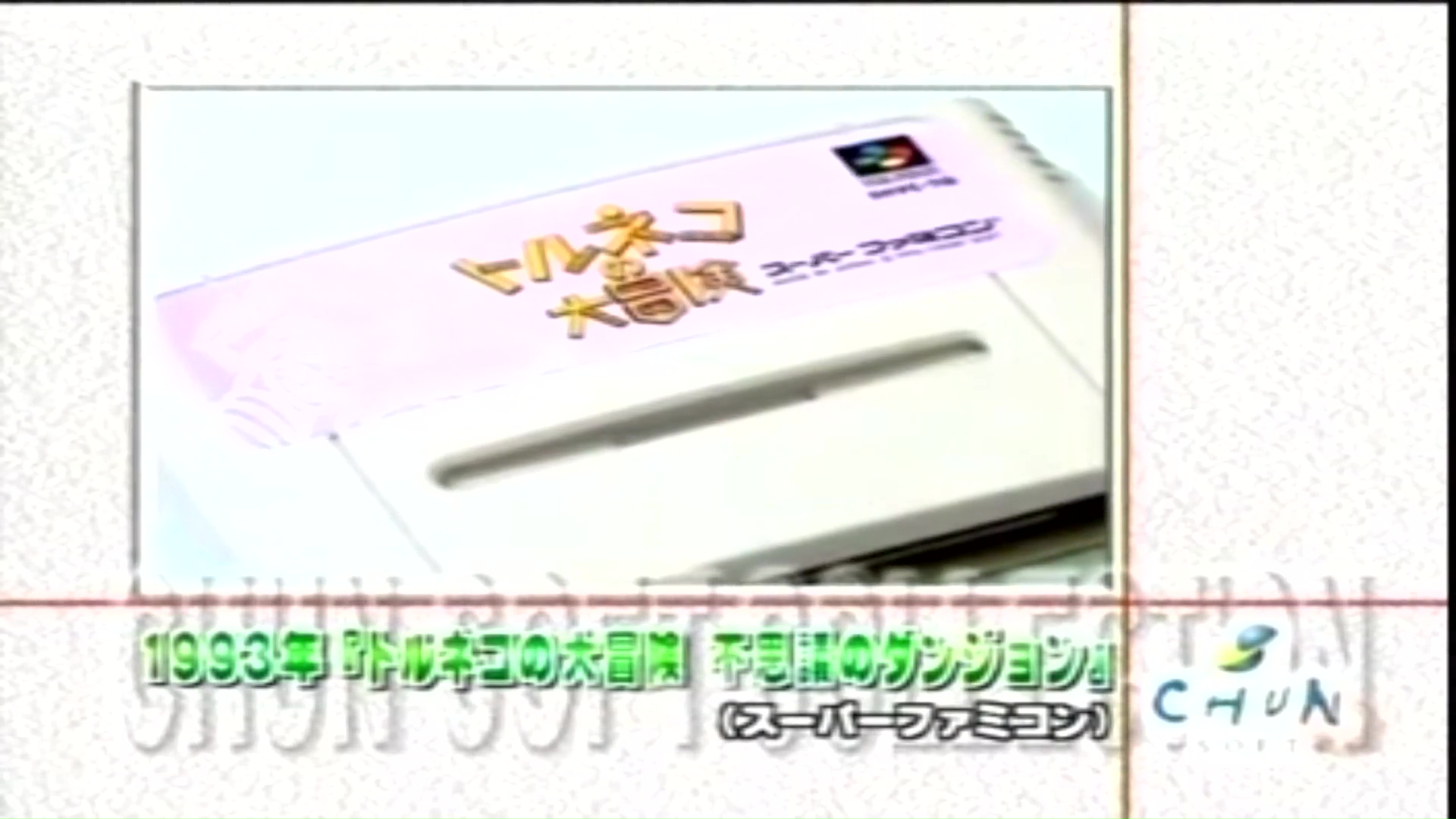
This is the first installment of the mysterious dungeon series in which the structure of the dungeon changes each time.
Weapons and torrnekos that appeared in Dracula IV become the main characters, and they go on a great adventure in search of the many treasures that lie in the mysterious dungeon.
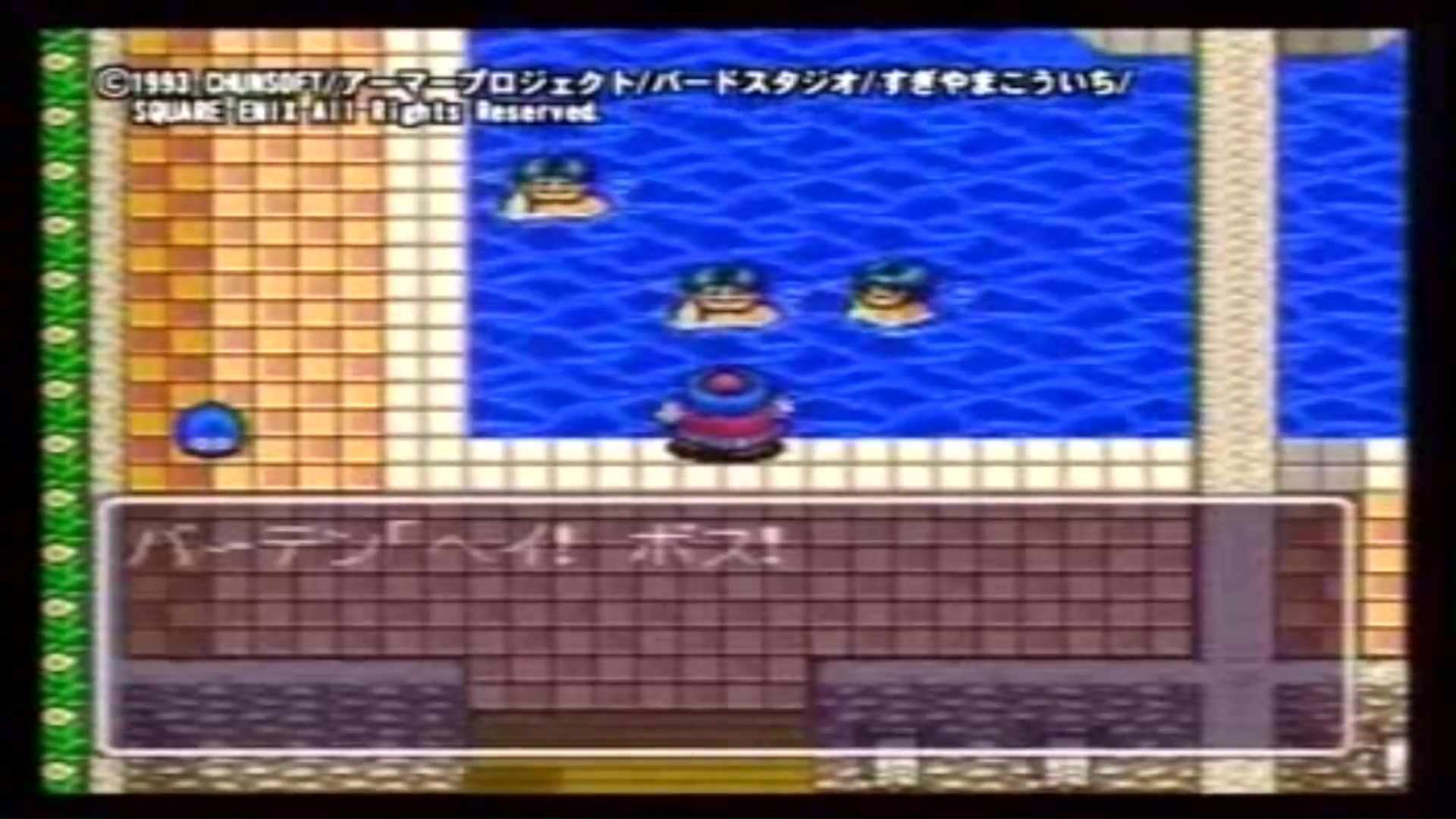
1994 “Kamaitachi no Yoru” Super Nintendo Entertainment System
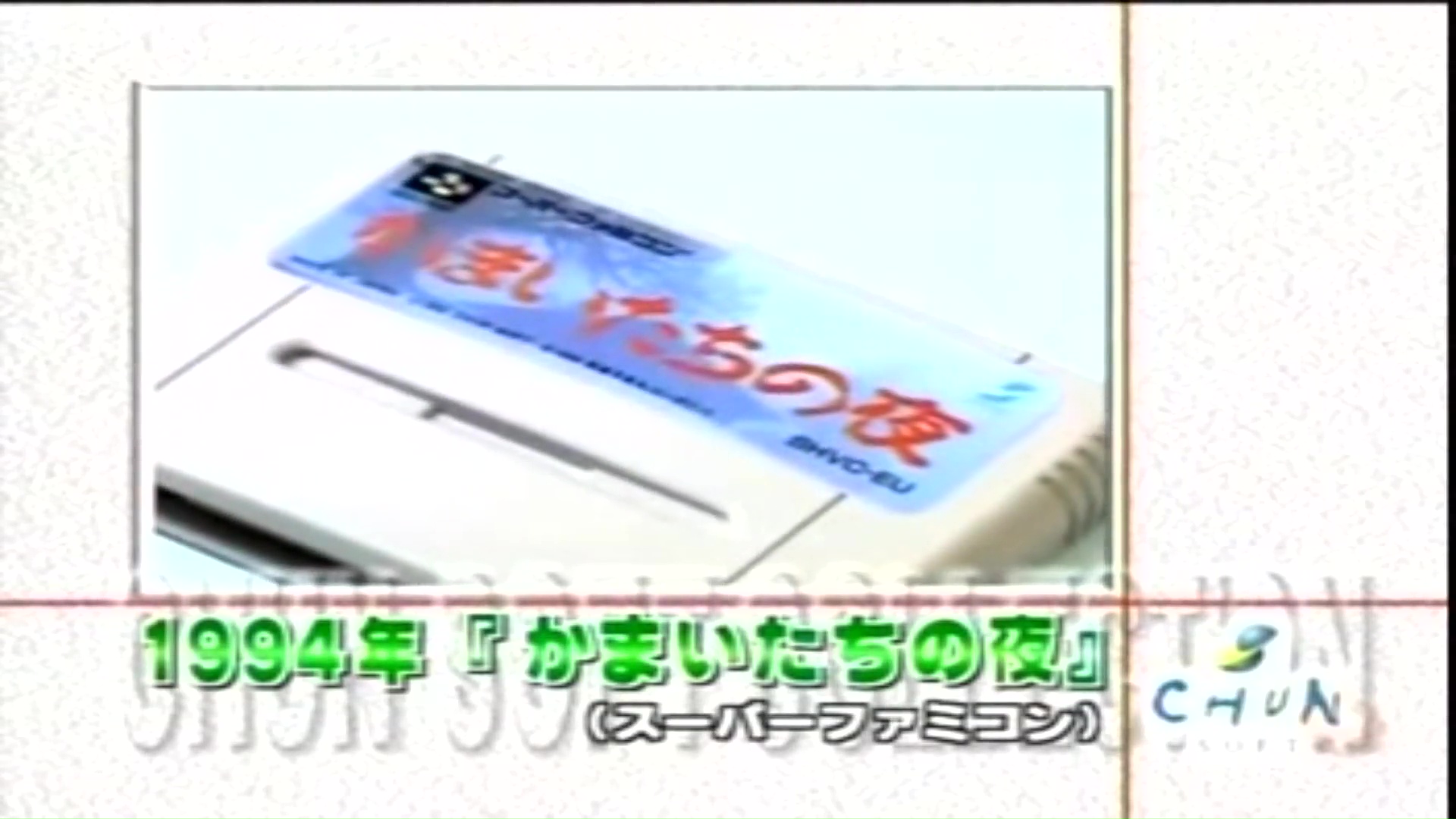
A mystery about the mysterious events that take place in the closed, snowy mountain pension “Spool”.
The number of victims grows and grows with each choice, plunging the player into further horror.
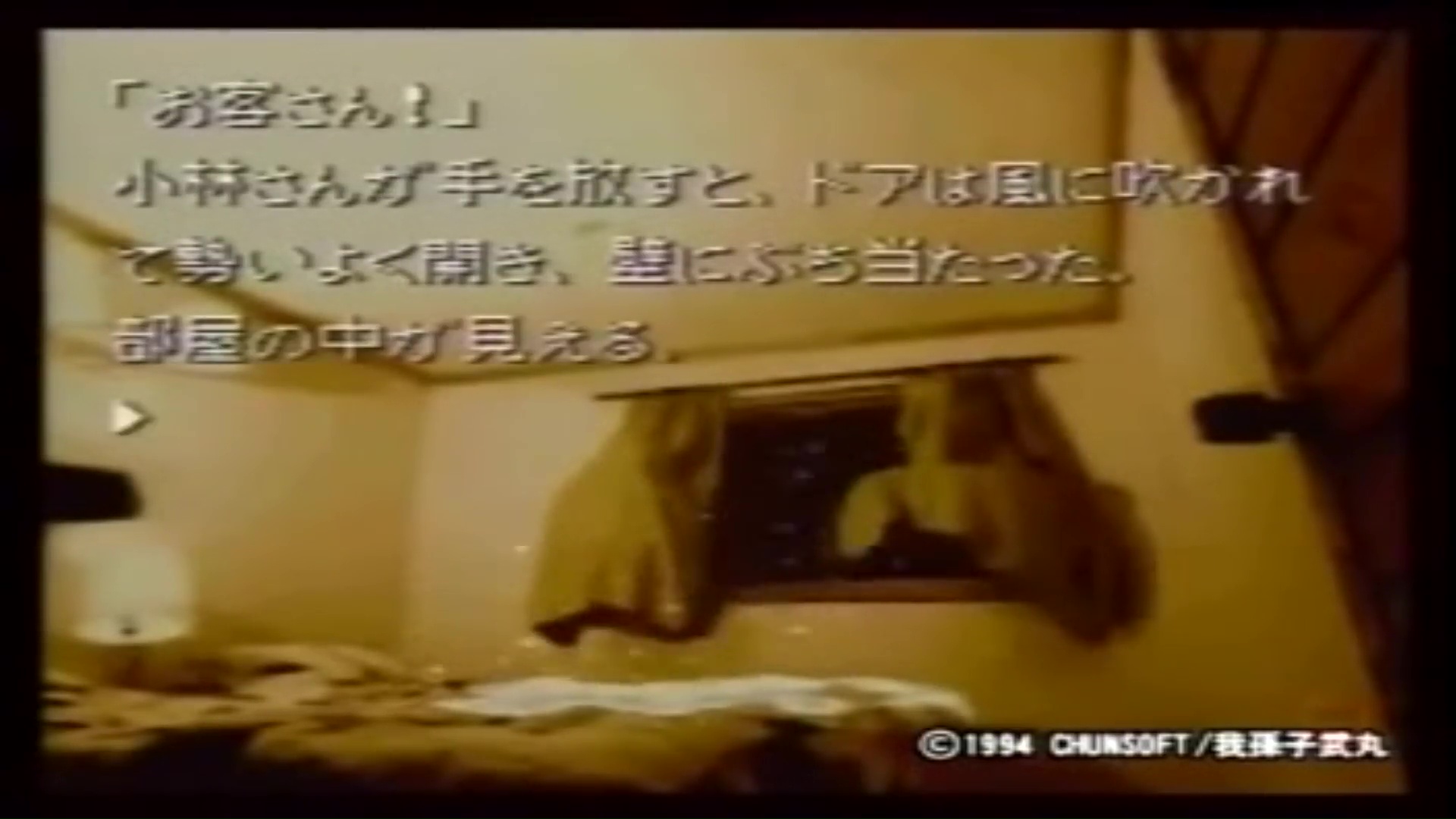
1995 ‘Mystery Dungeon 2: Shiren the Wanderer’ (Super Famicom)
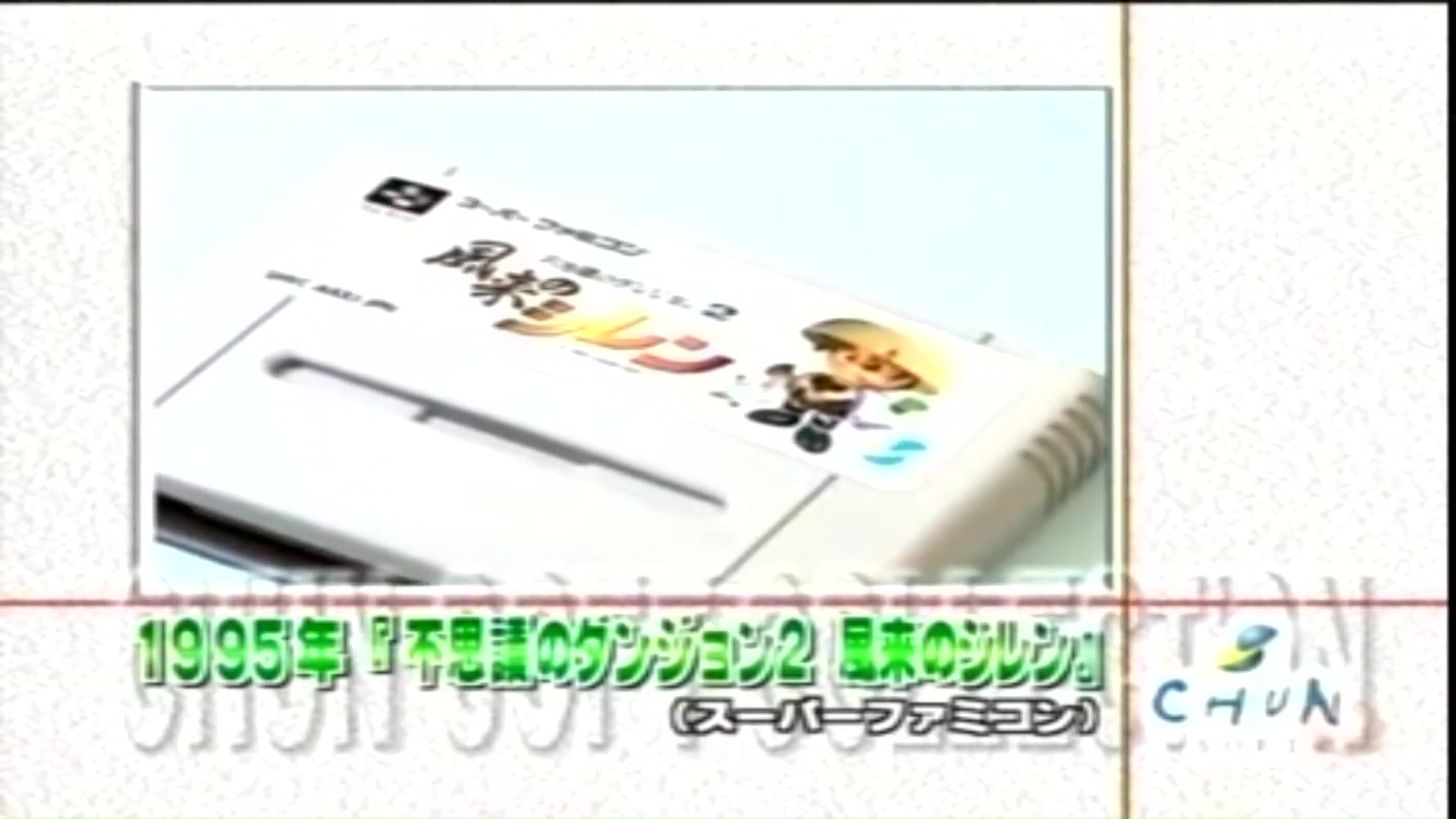
The second book in the Mystery Dungeon series.
At the top of Table Mountain, the main character Siren sets out on a journey to the land of the sun.
Many players were eager to find the mysterious items.

1998 “City” Sega Saturn

This is the third installment of Bell of Sound, which is set in Shibuya and follows the eight main characters for five days.
There are a variety of scenarios, such as the Shichiyokai, who successfully blackmails his target, and the otaku detective Hashimura, who discovers the culprit behind the bomb threat.
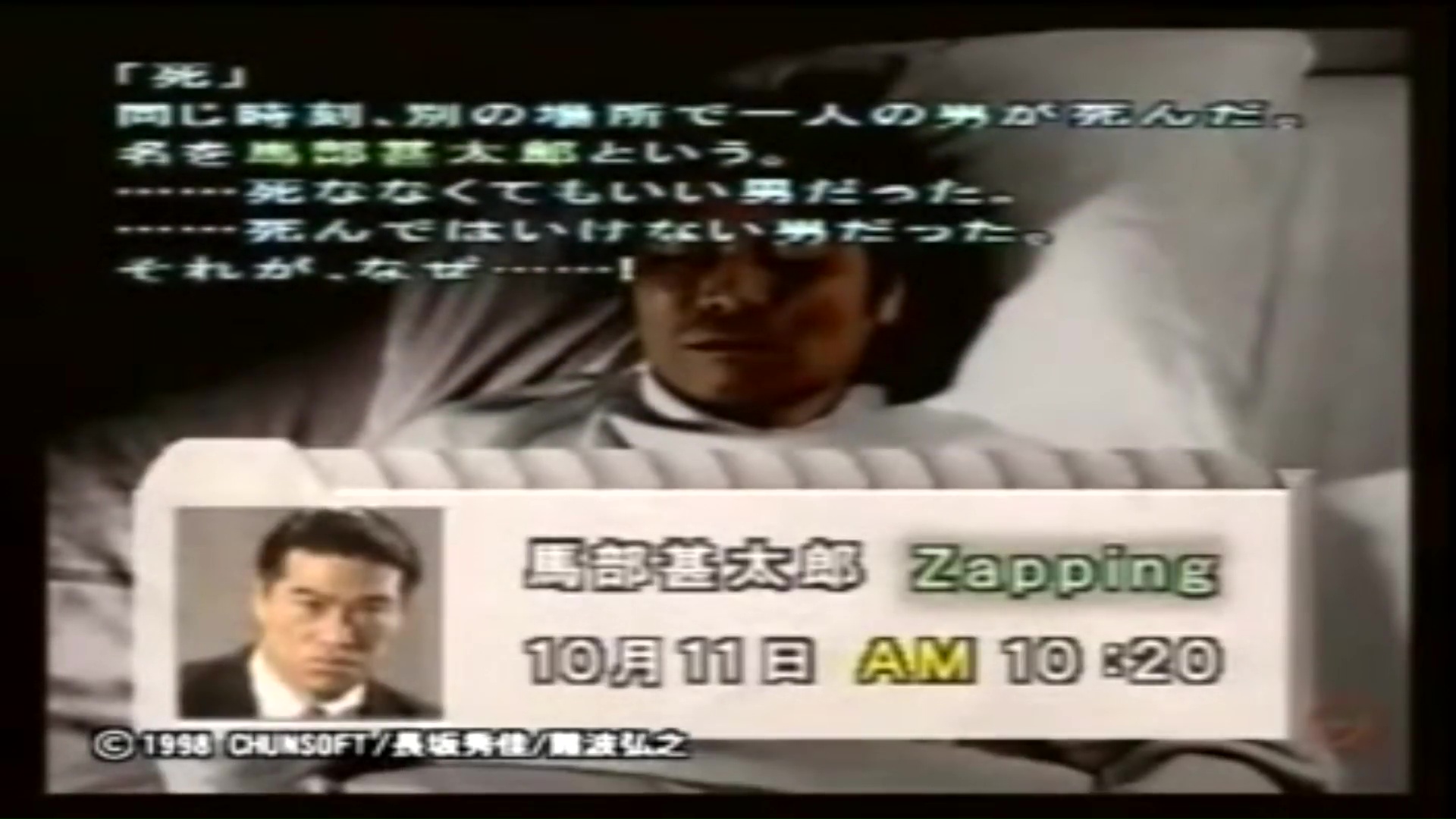
2002 “Kamaitachi no Yoru 2

One day a year and a half has passed since the previous film Kamitachi no Yoru, and this time the setting is the isolated island of Crescent Moon.
The visuals have evolved as well, with the characters’ silhouettes converted to 3DCG and live-action footage mixed in with the backgrounds.
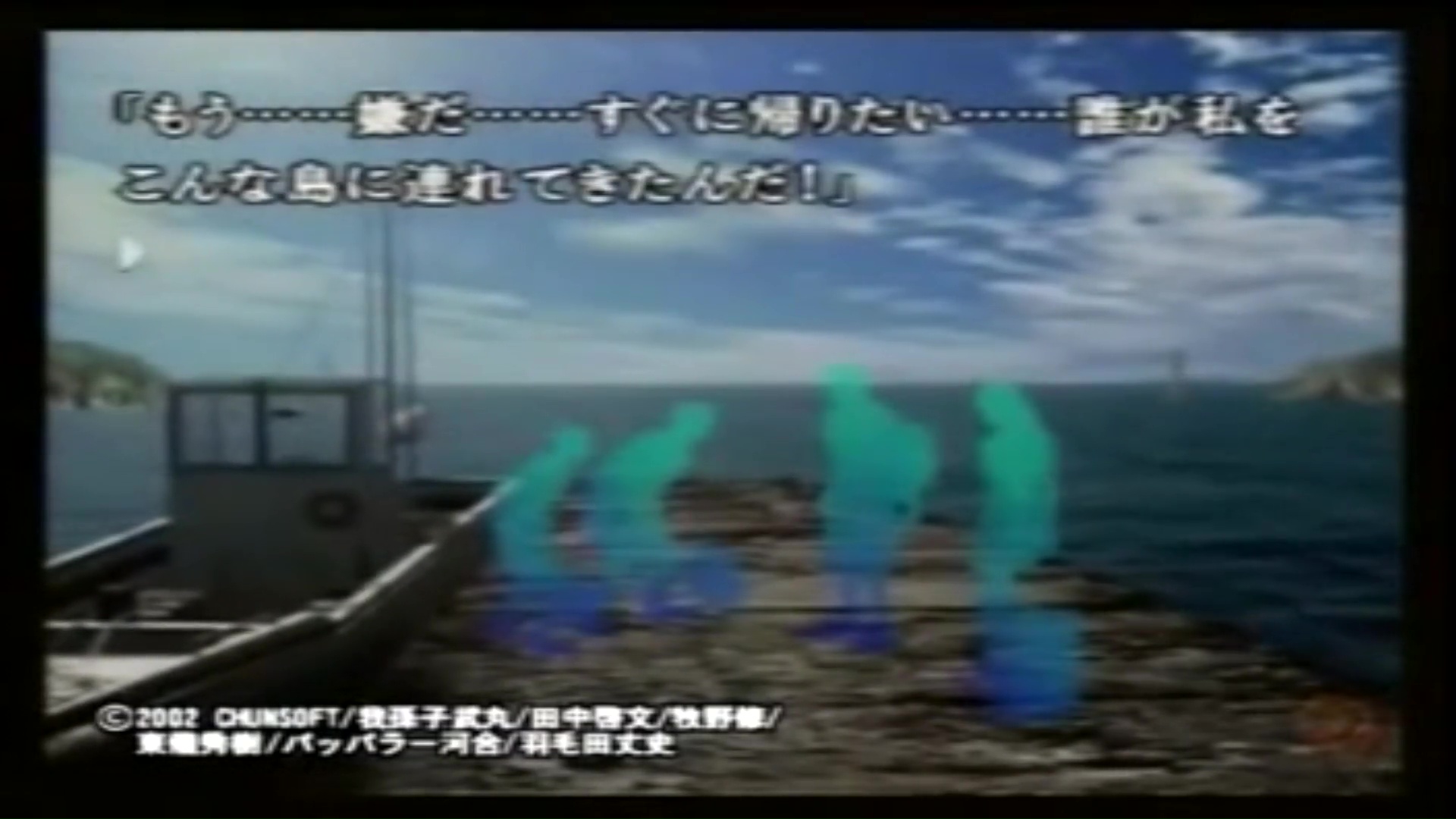
2002 “Torneko no Daiboken 3” PS2
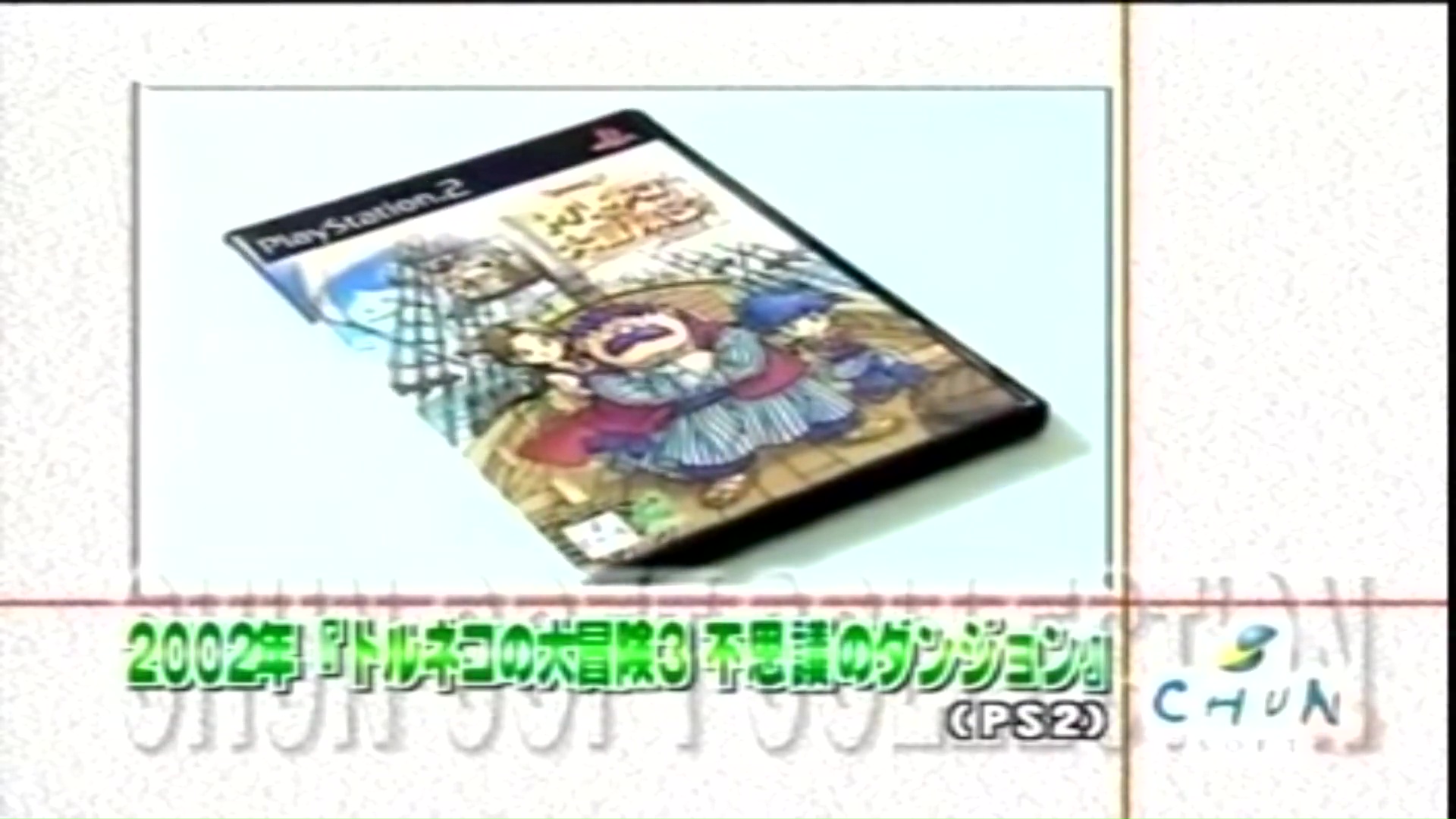
The third installment in the Torneko series released for the PlayStation 2.
This time it is set on a southern island.
For the first time in the series, the game features a system in which players roam around the ground map and encounter various towns and mysterious dungeons.
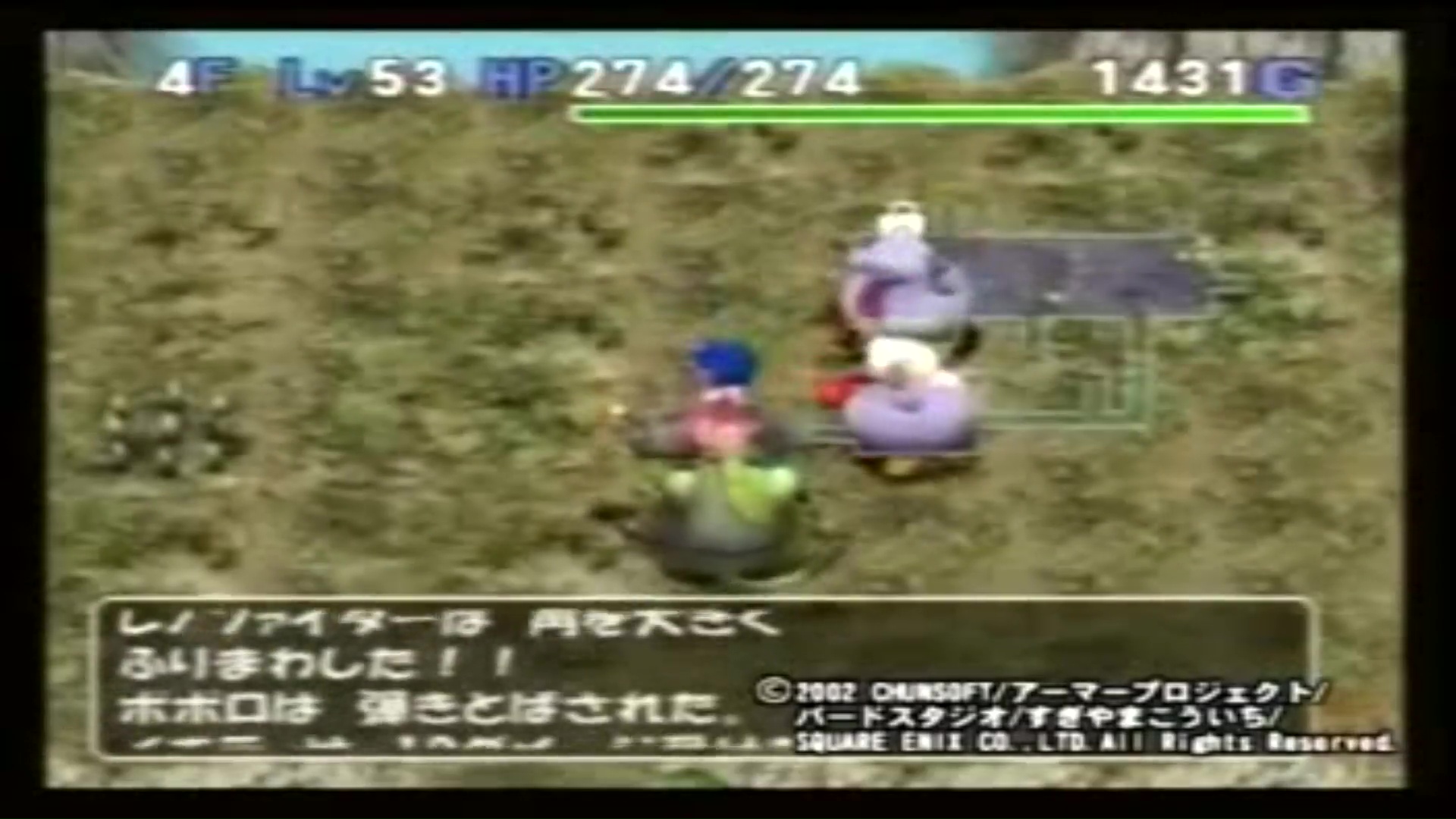
Creator Quotes
Koichi Nakamura
Most of my life.
Shinichiro Tomie
“Making a game is 30 percent fun and 70 percent bittersweet.
How to watch the video?
DVD/CDの宅配レンタル【TSUTAYA DISCAS】Arino’s summary

It’s amazing that the guy who made Dracula is still working on it!
And it’s amazing how he’s always trying to create a new genre.
It’s amazing that he made it when he was in high school…
I did door-to-door with this challenge, but it wasn’t good, so I guess that means I’ve lost to the brains of a 19-year-old niichan.





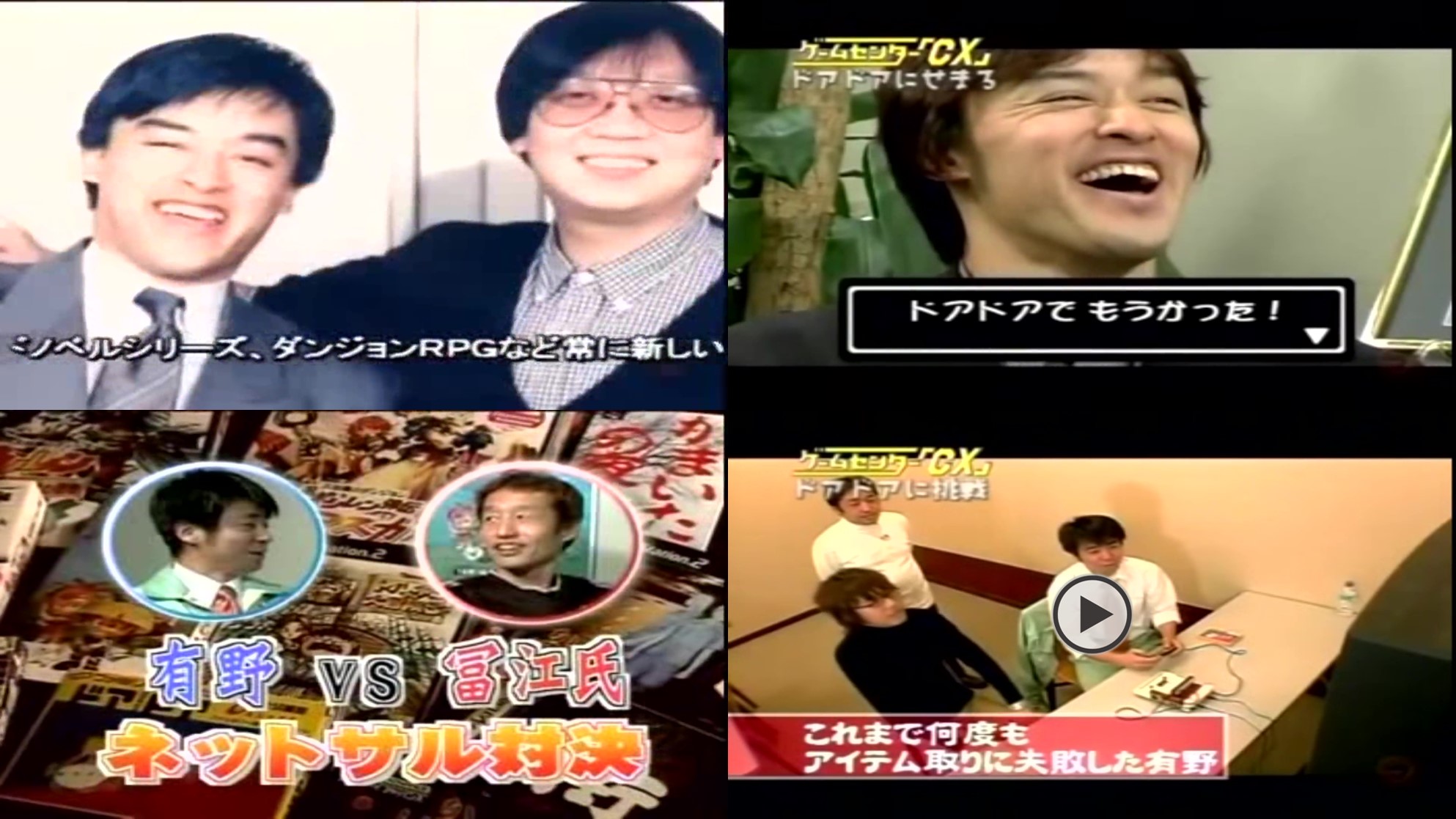


コメント